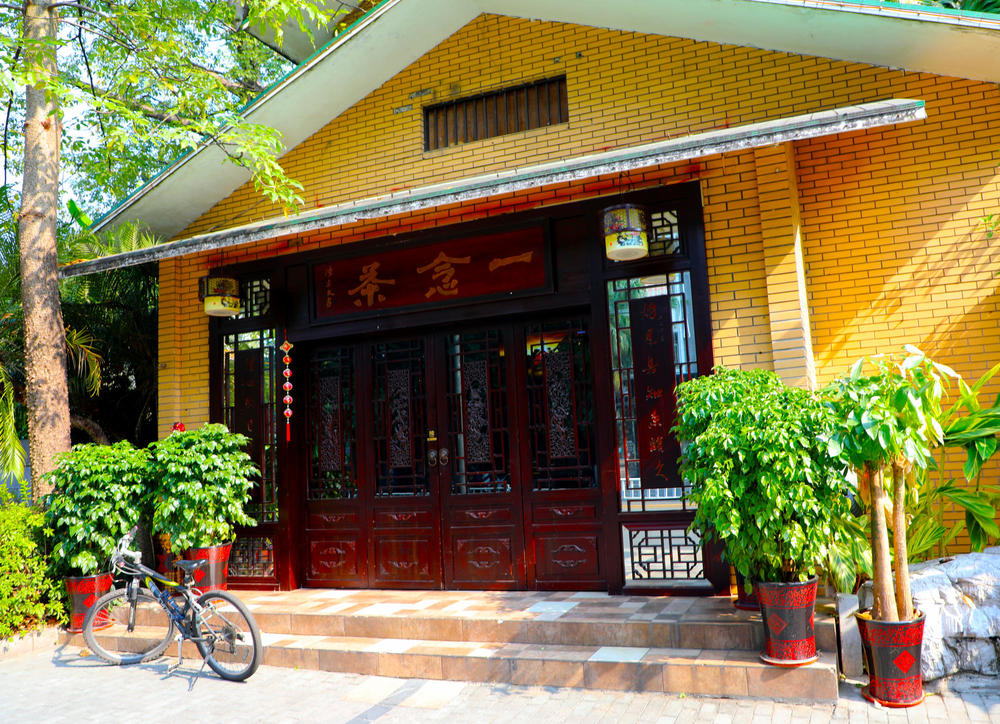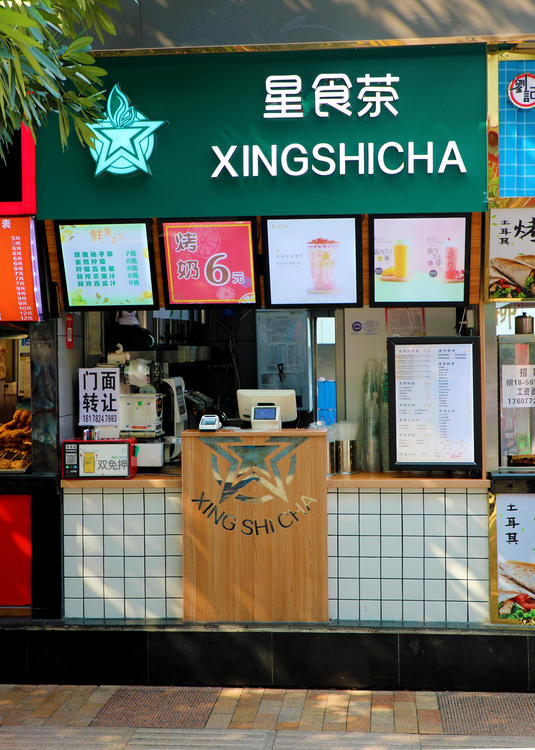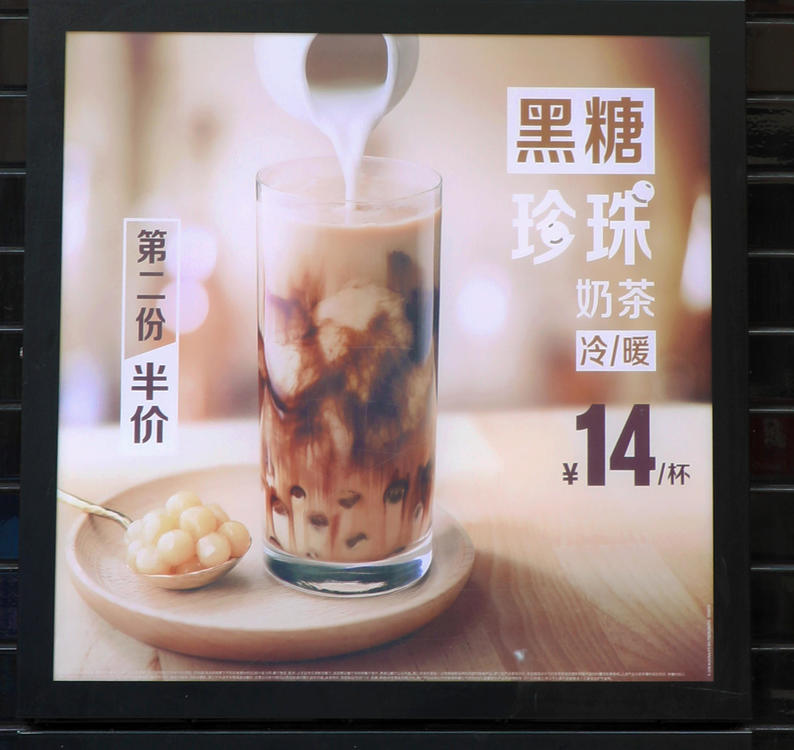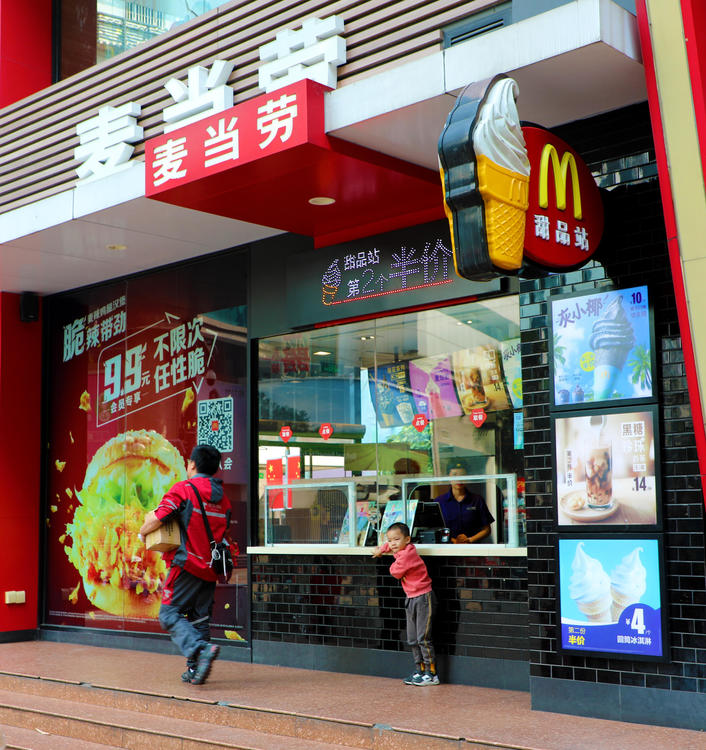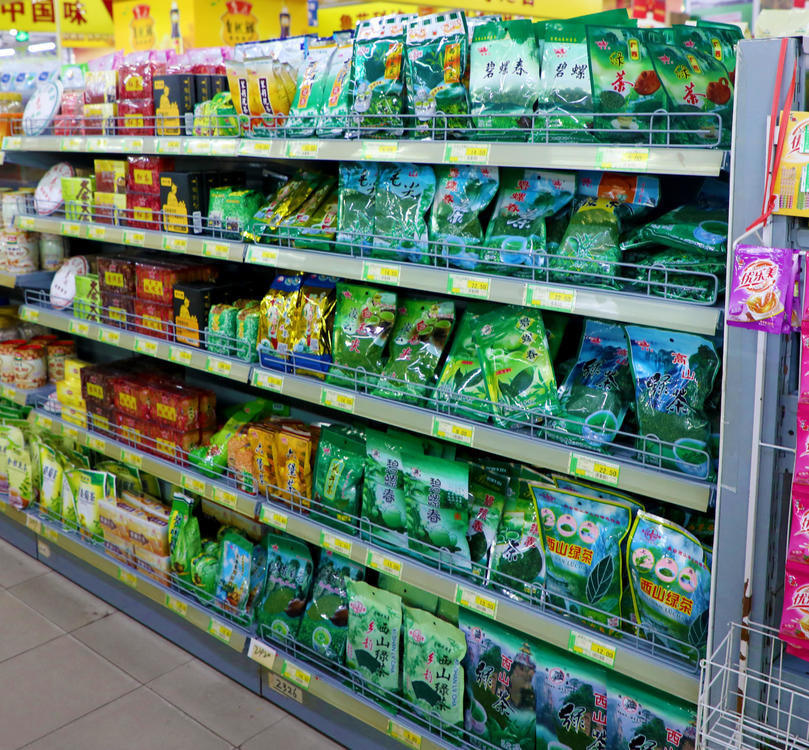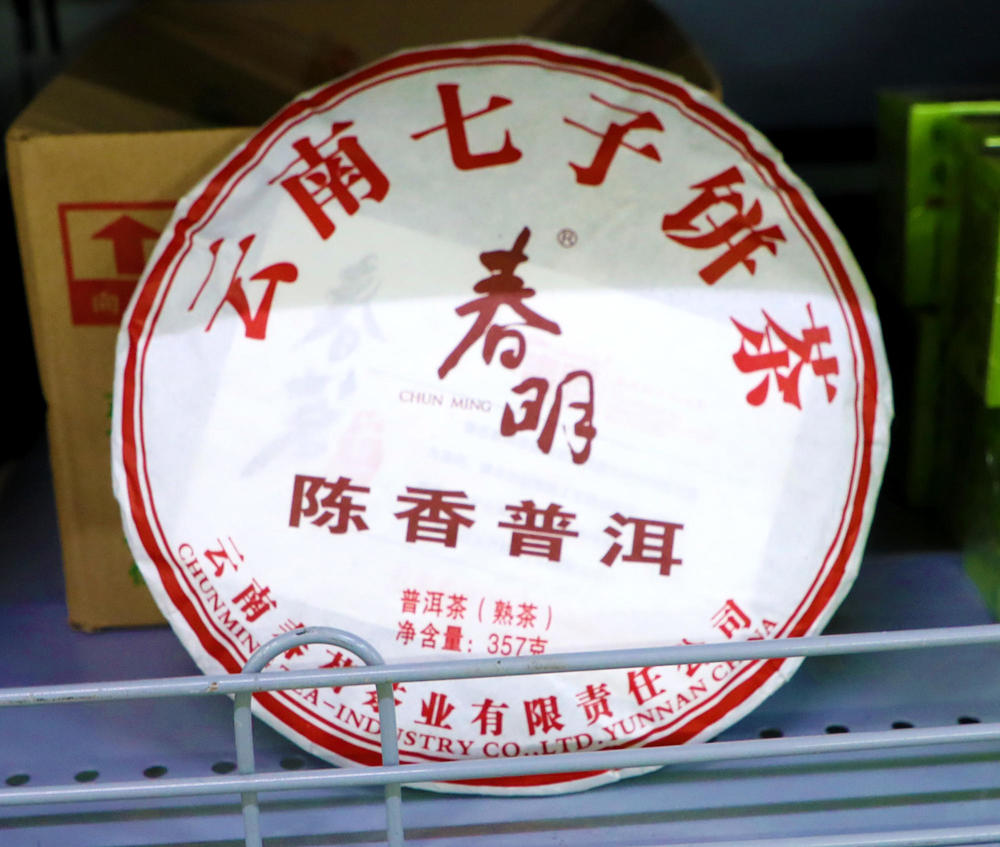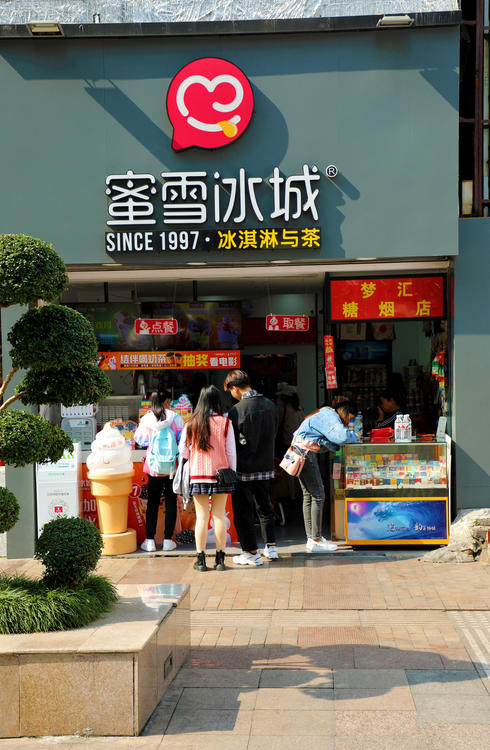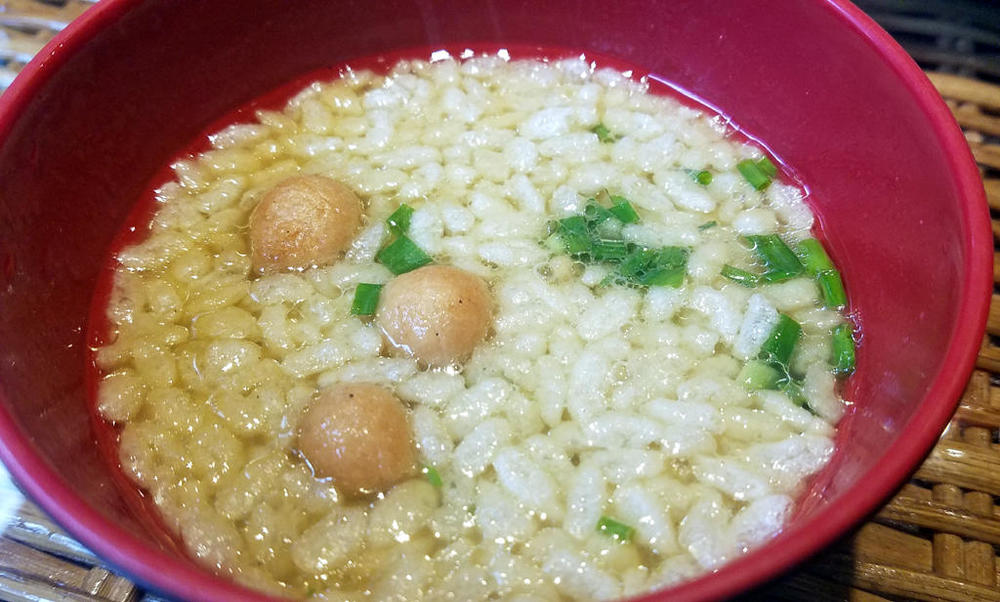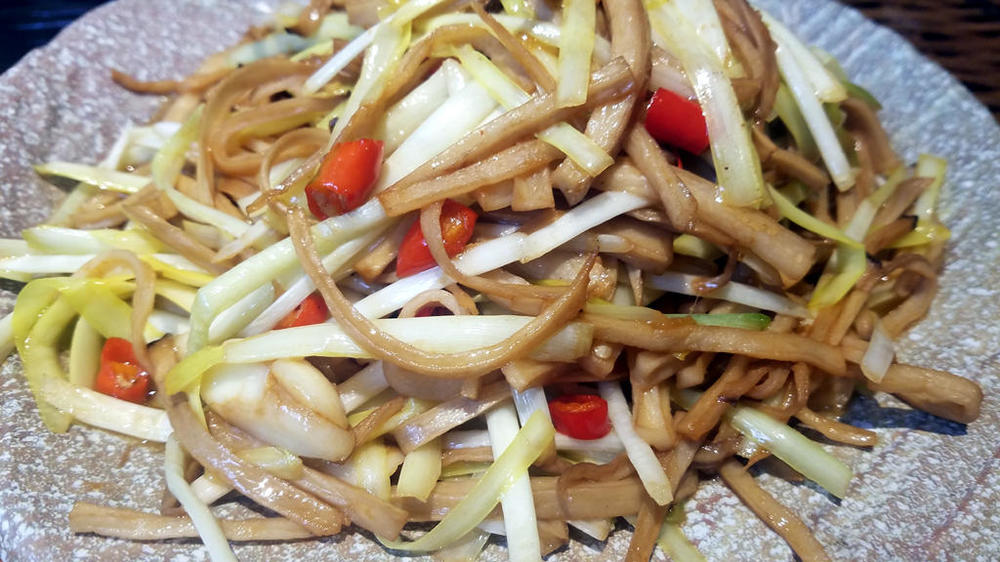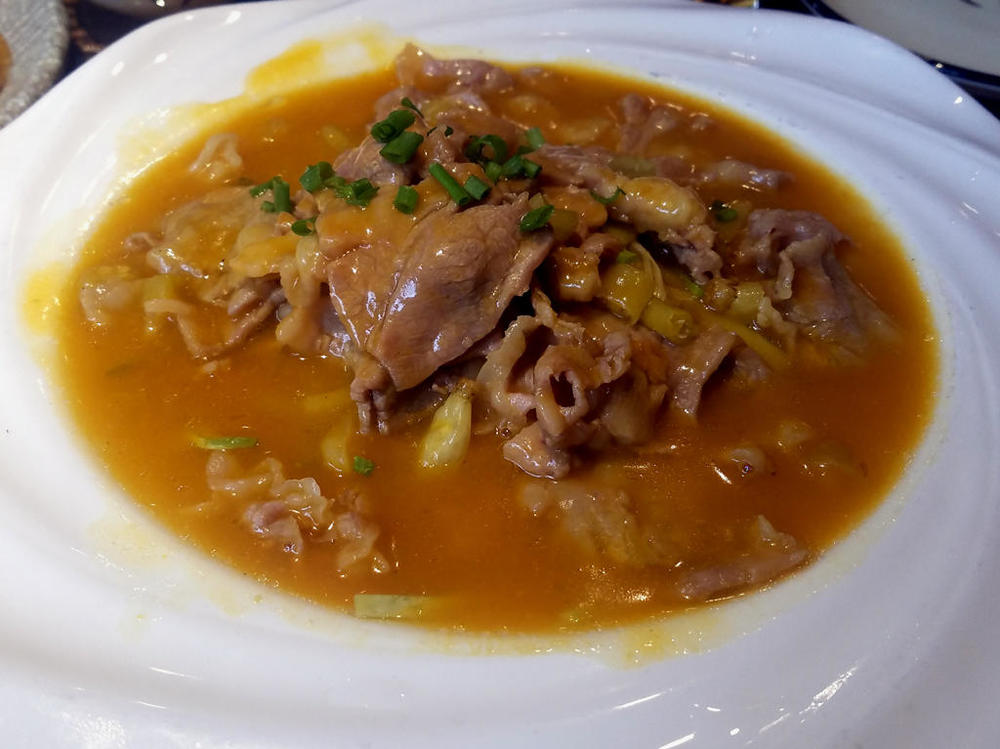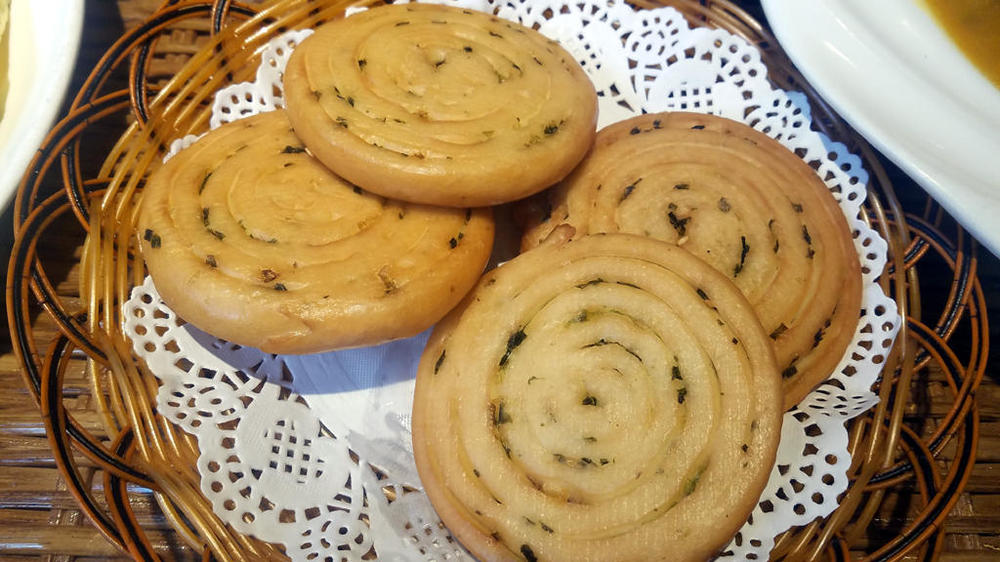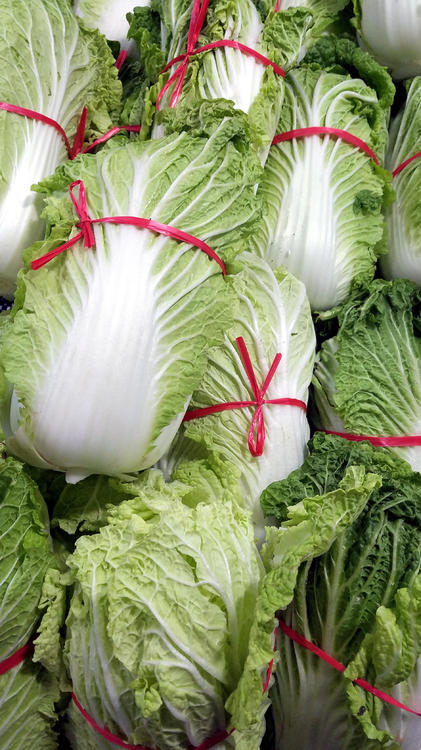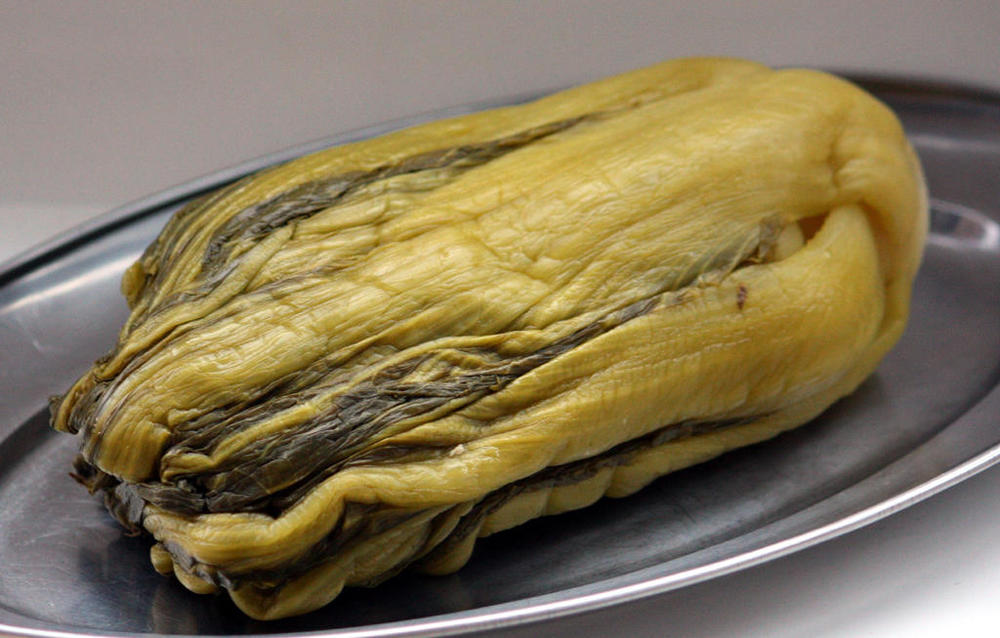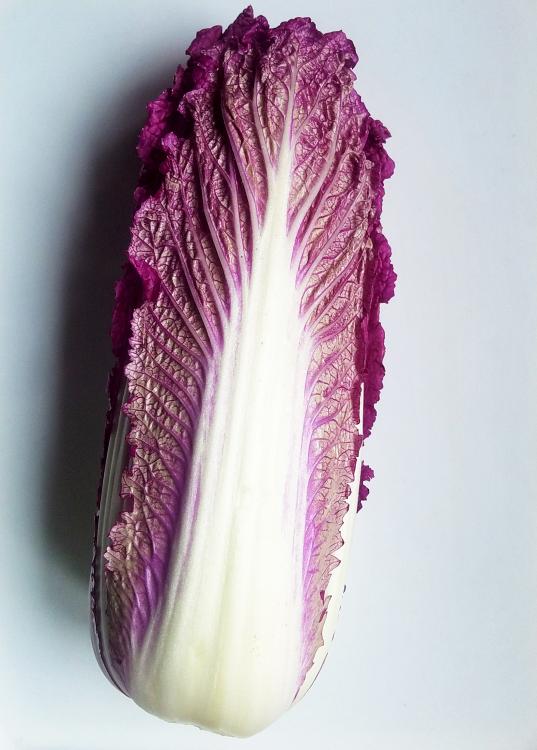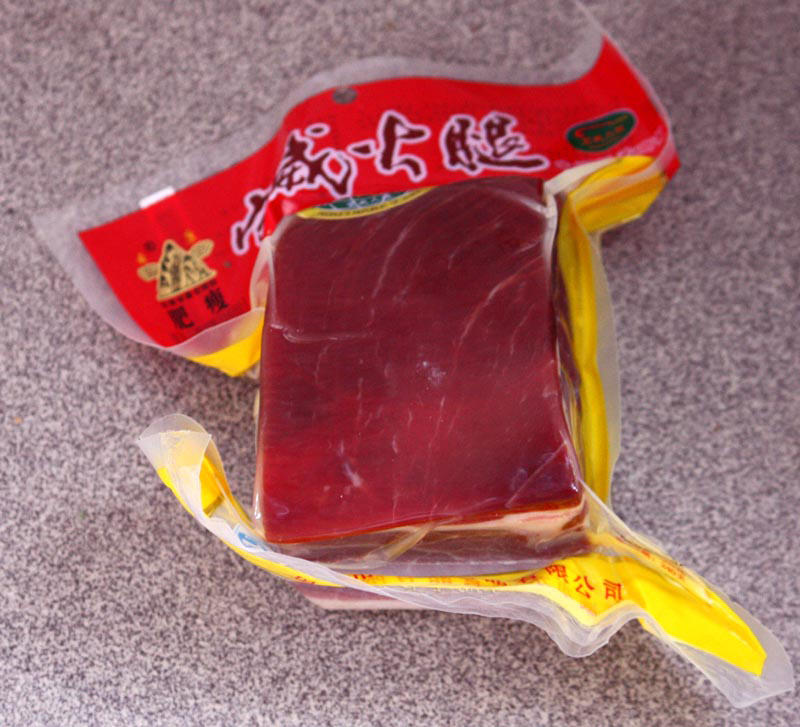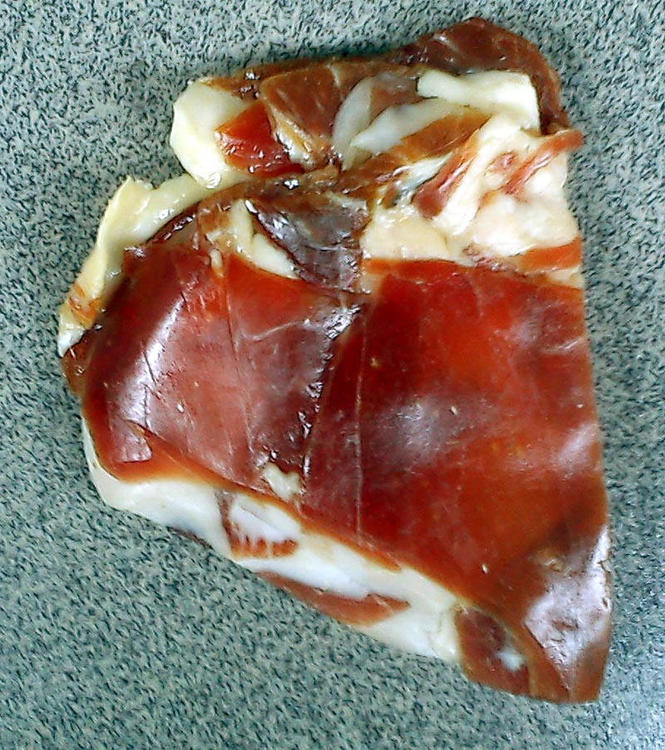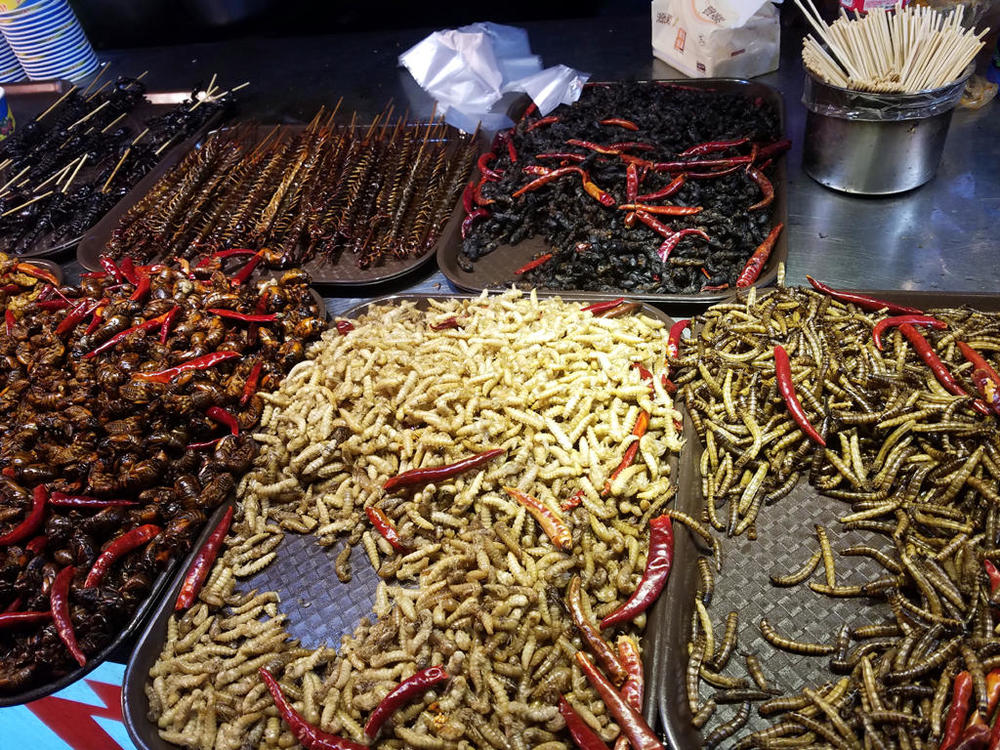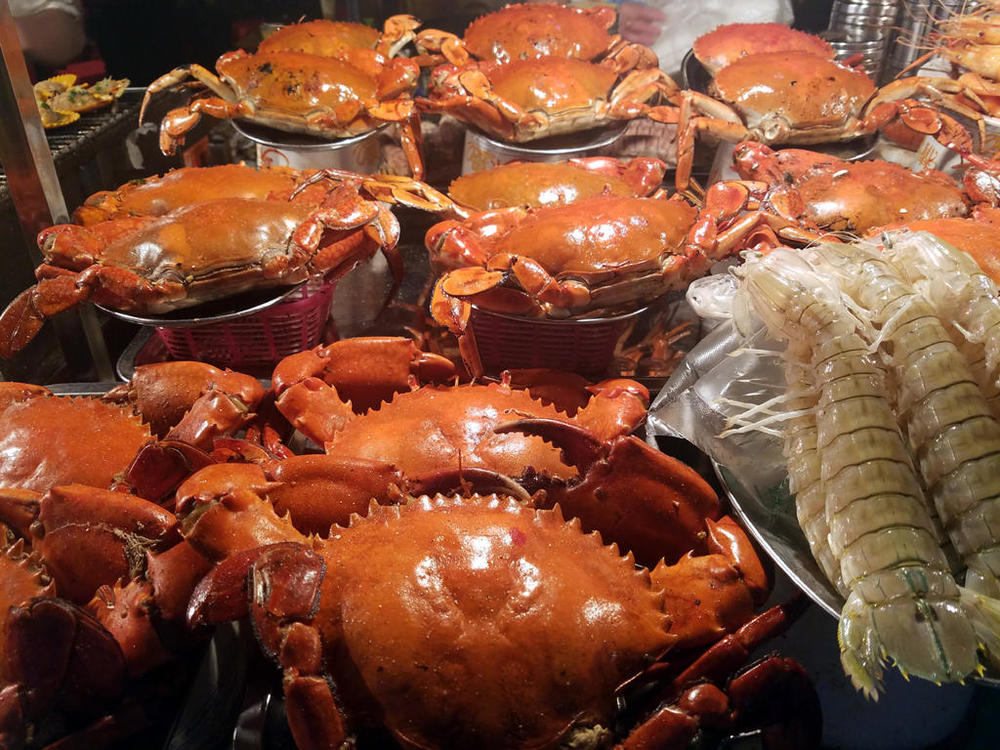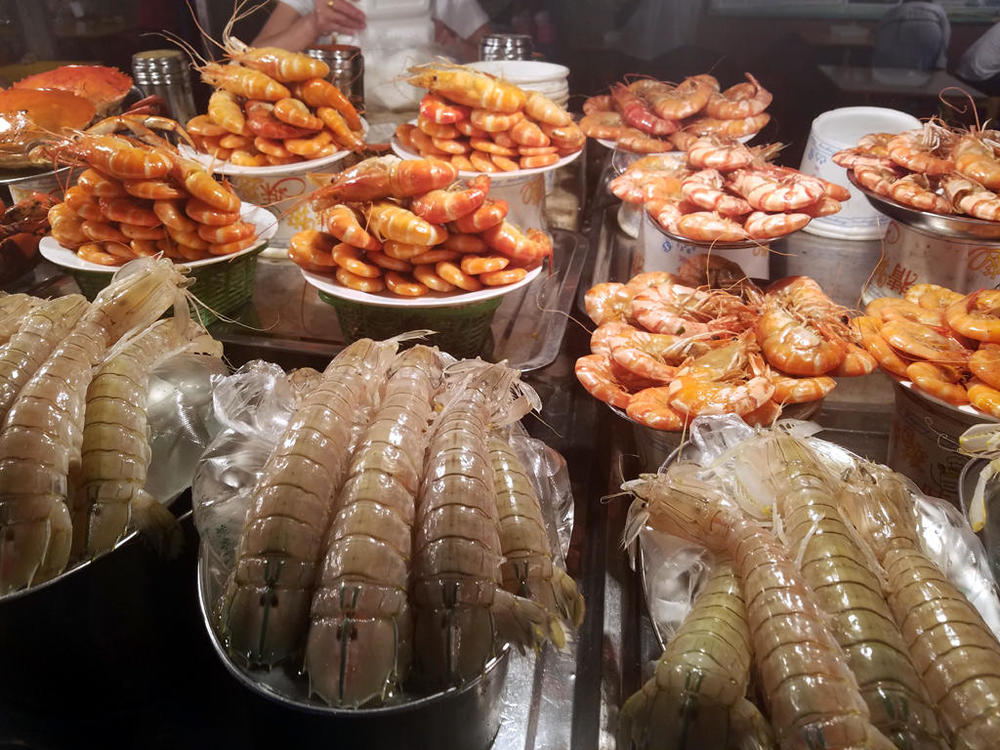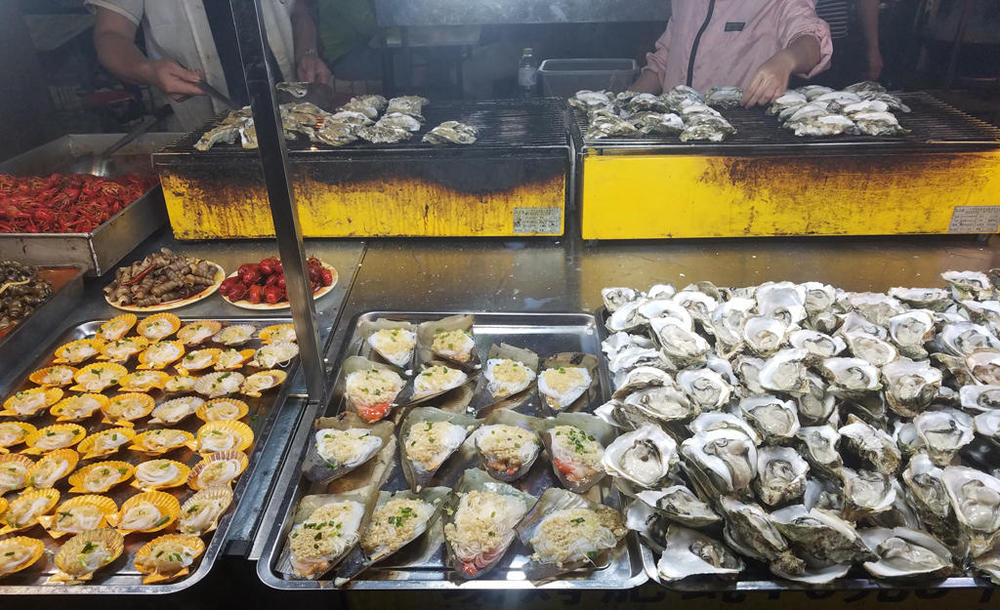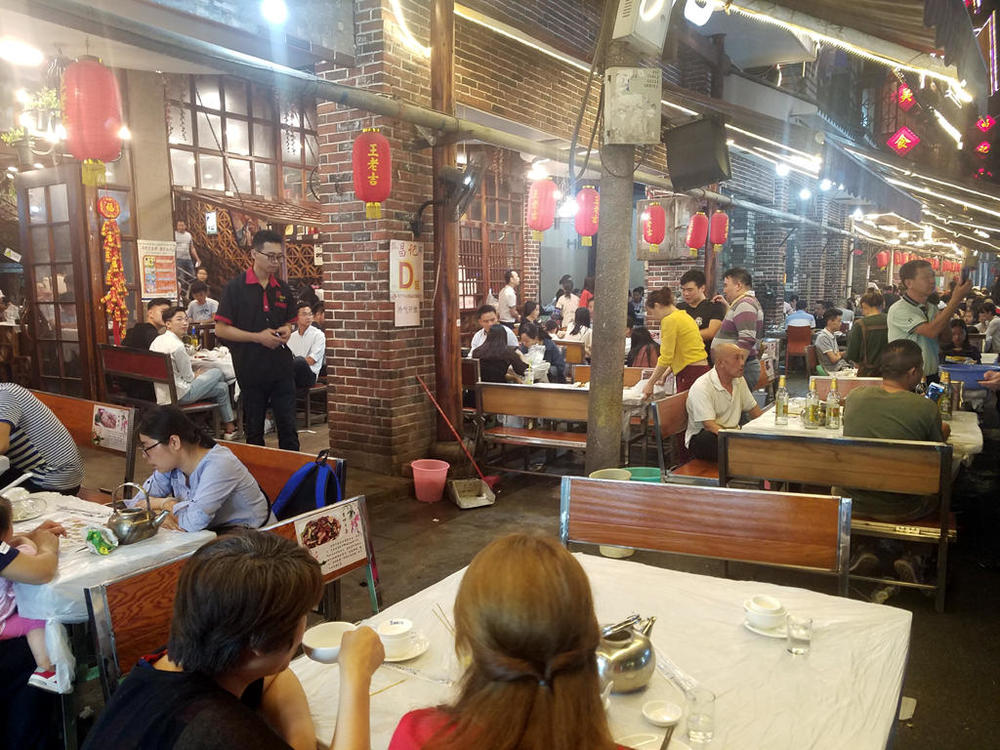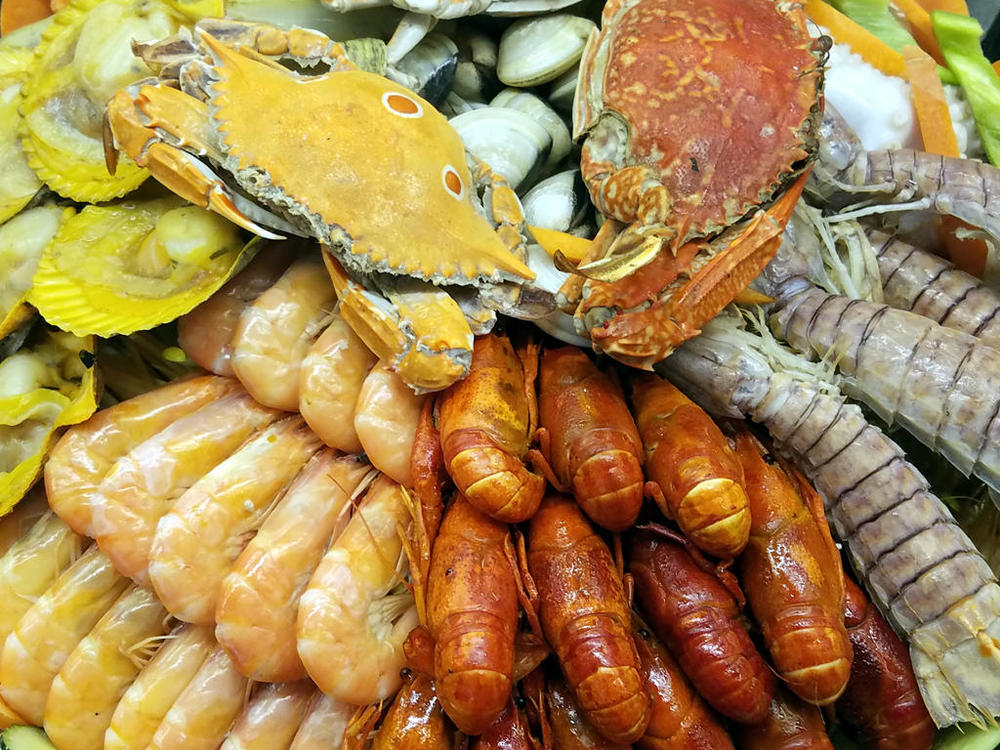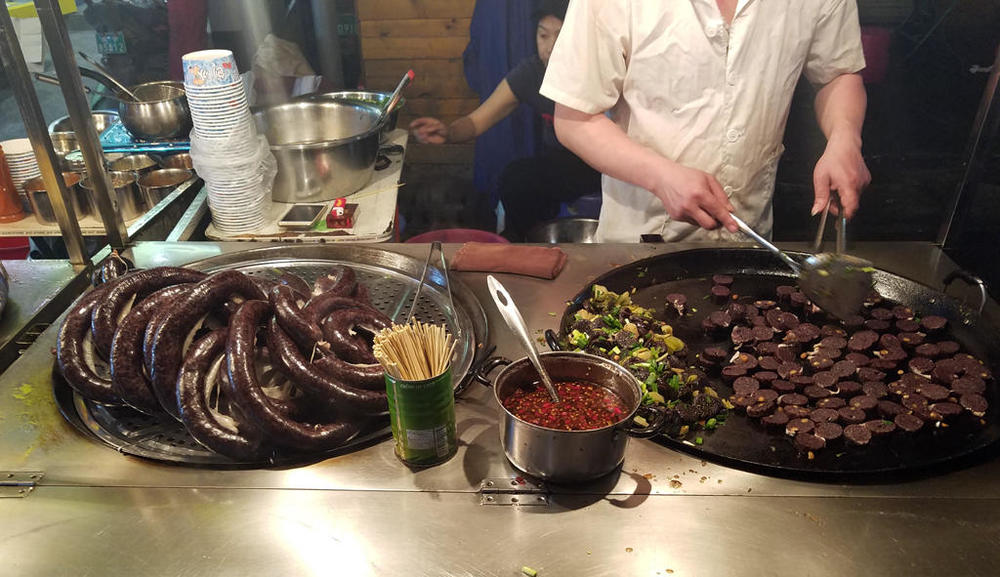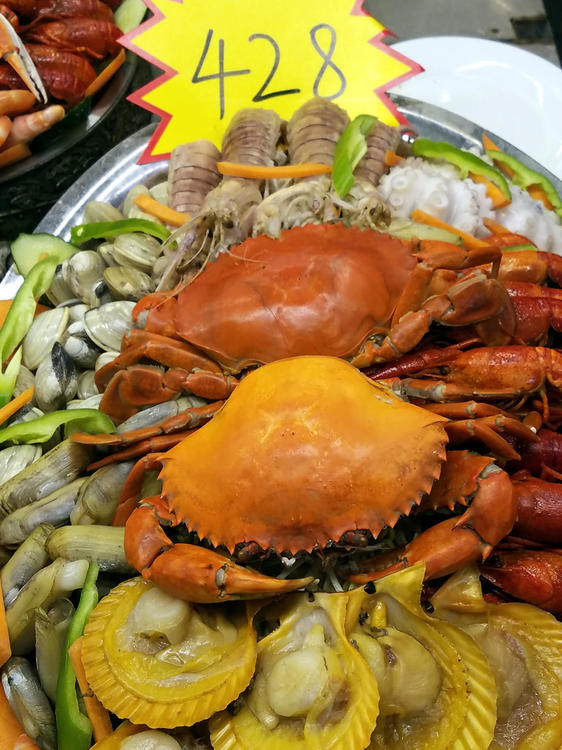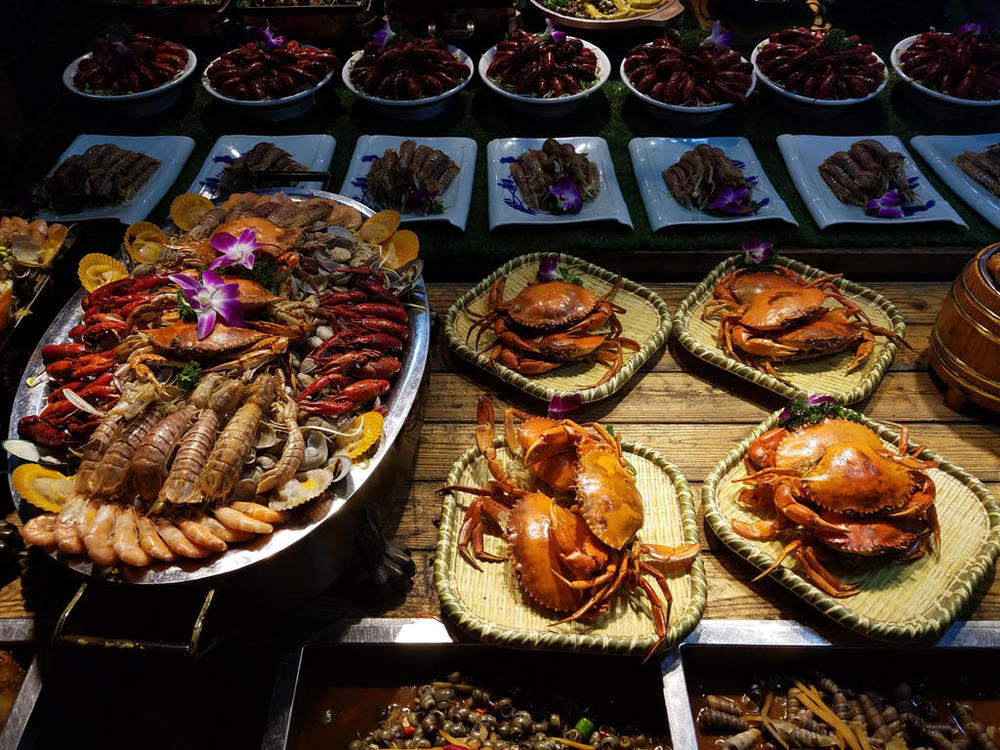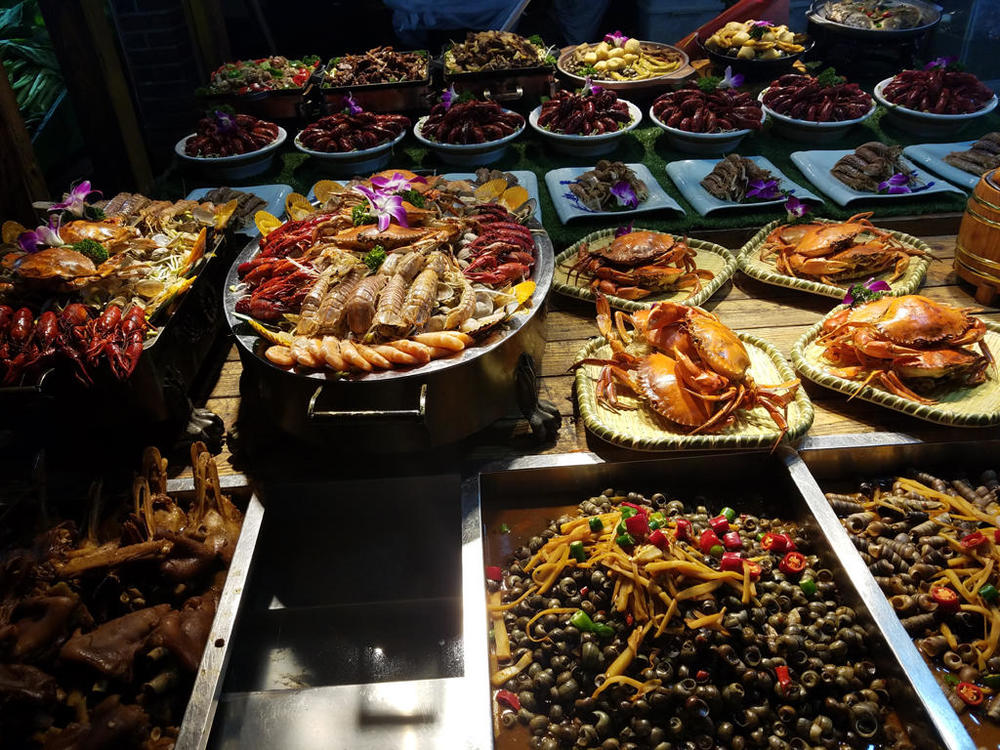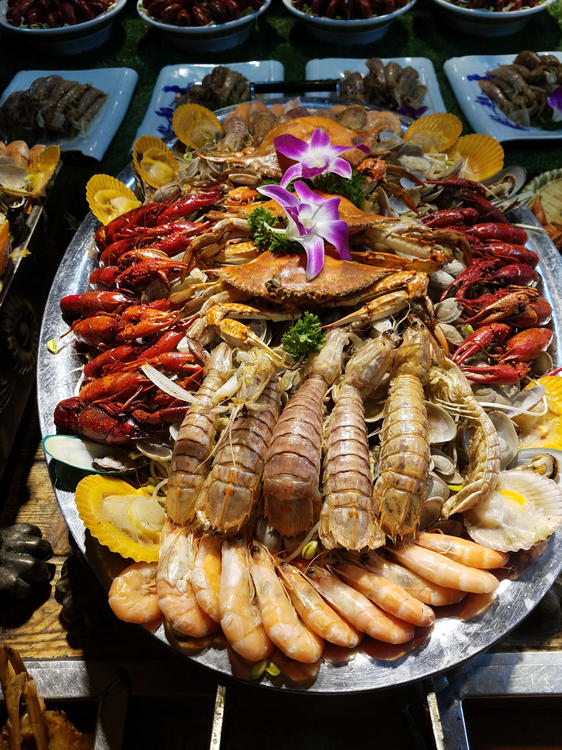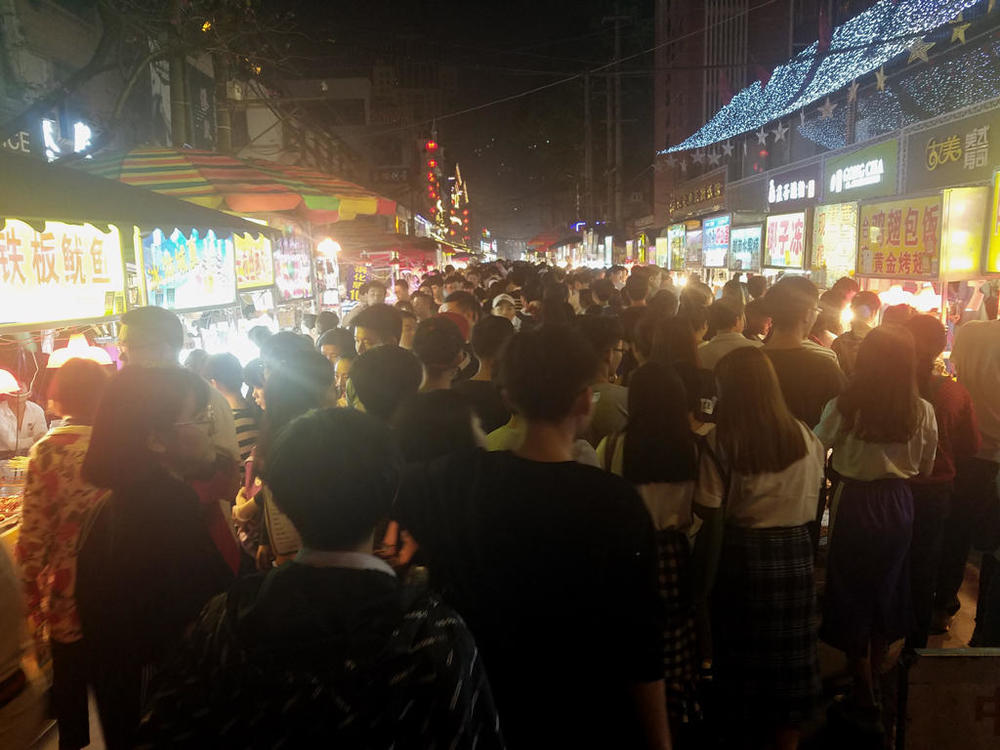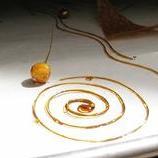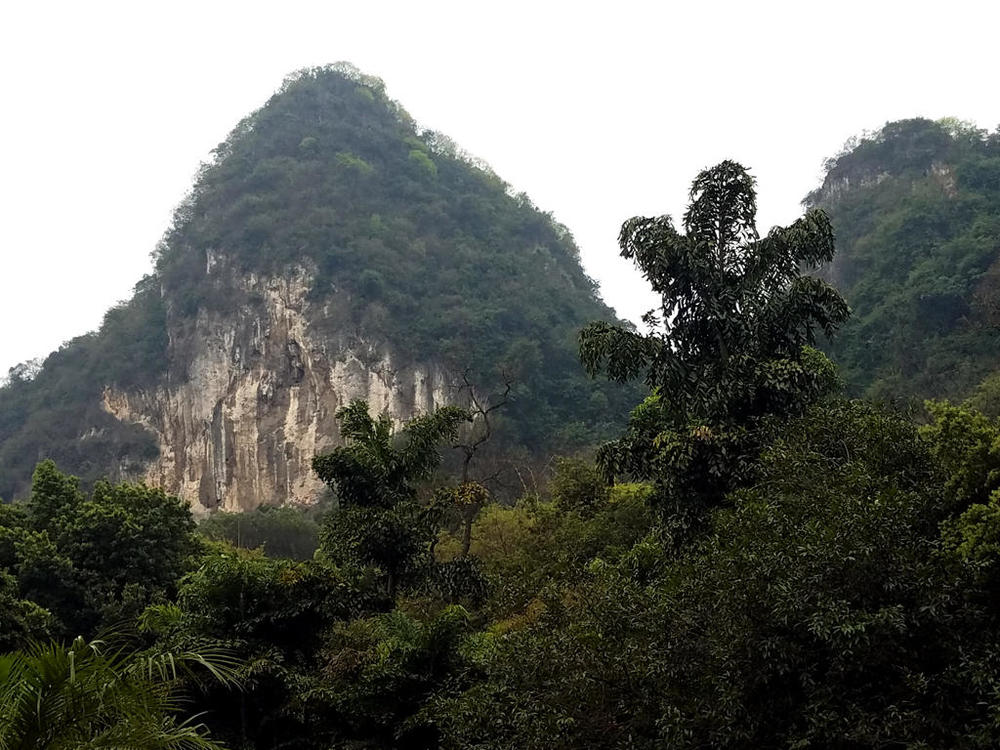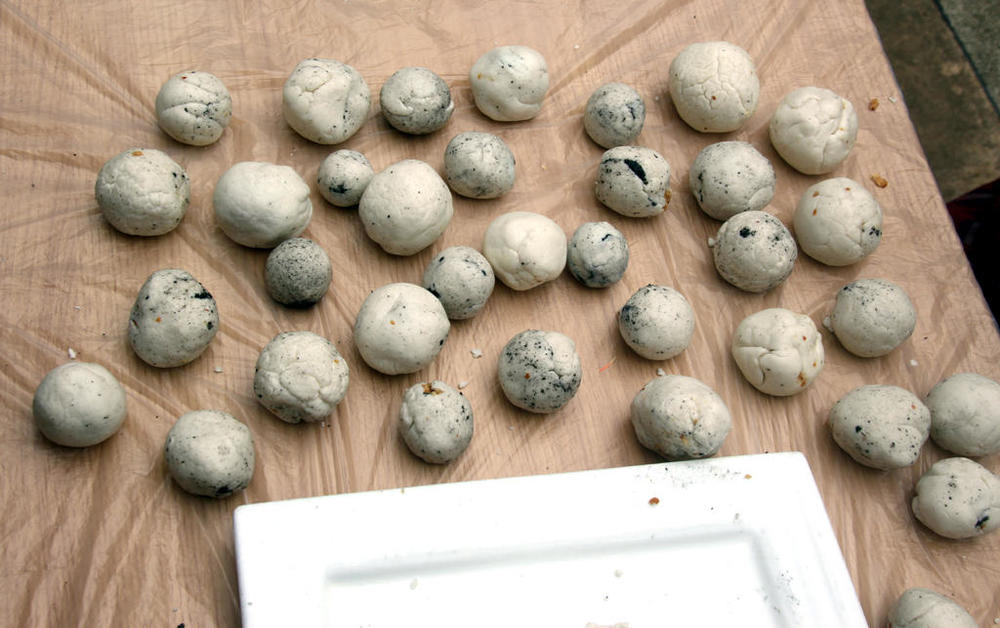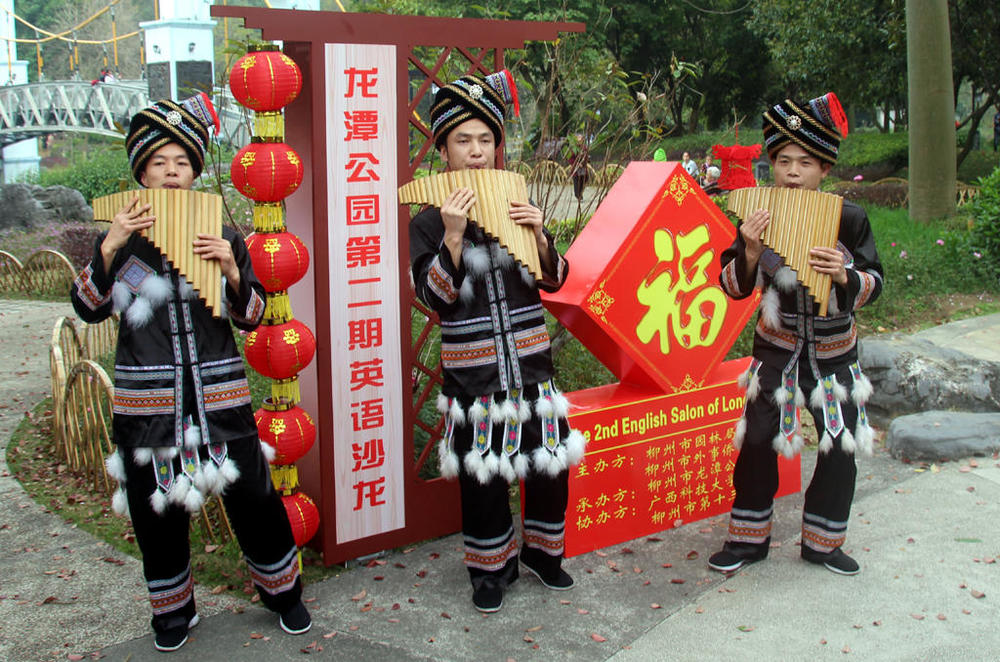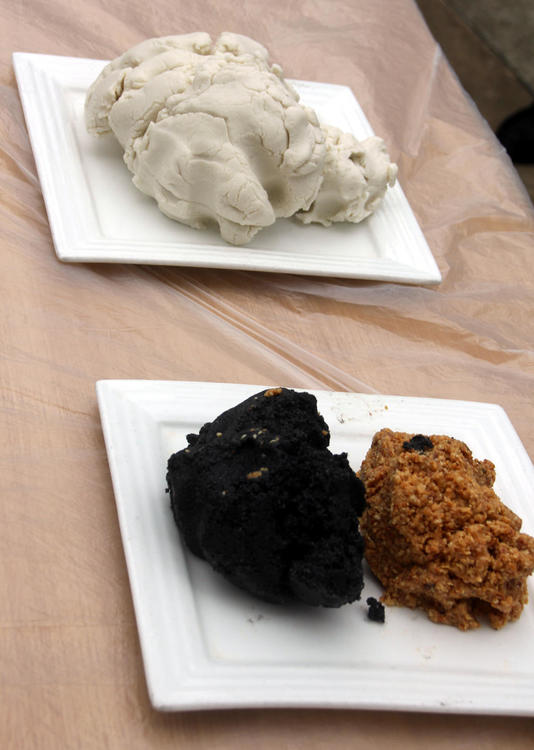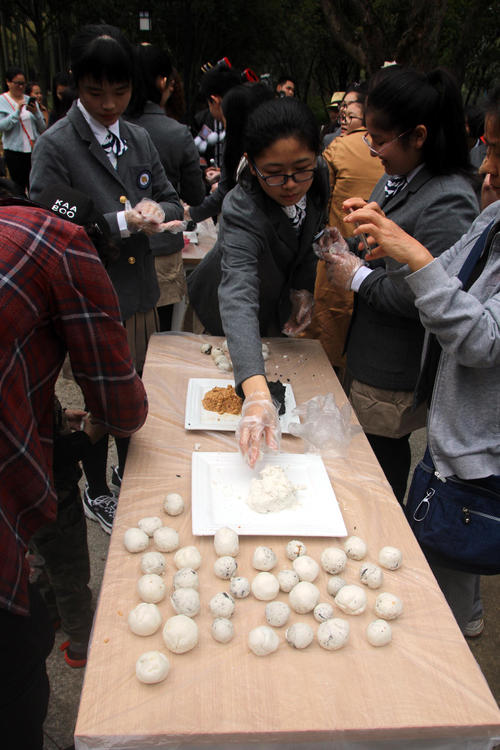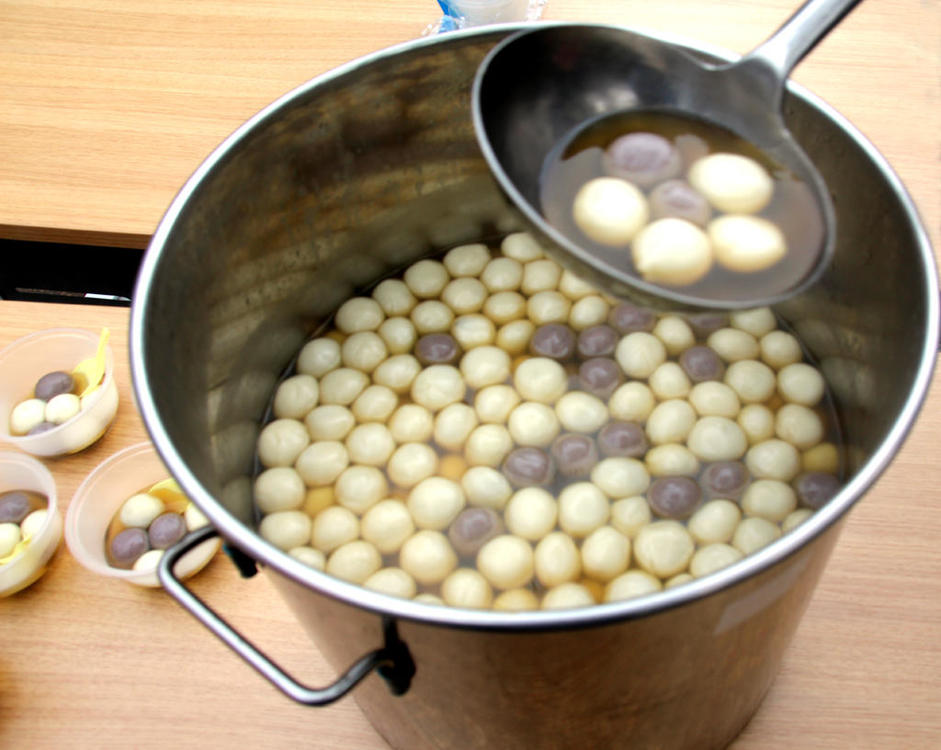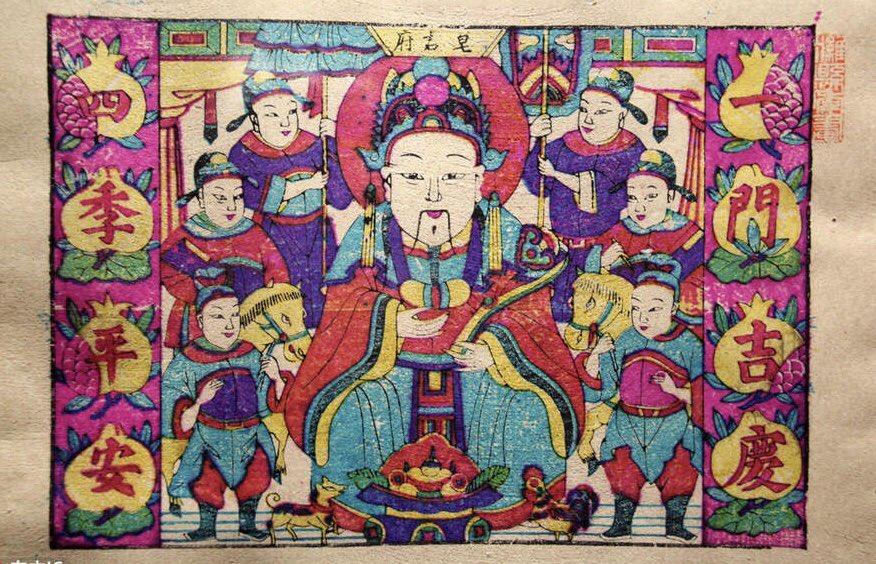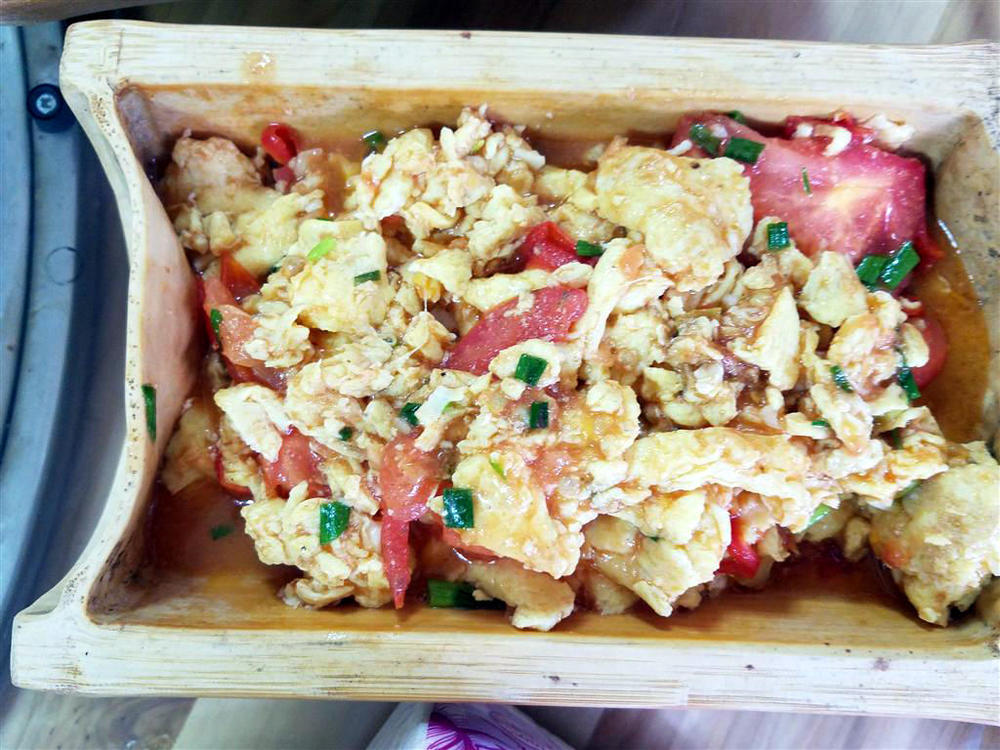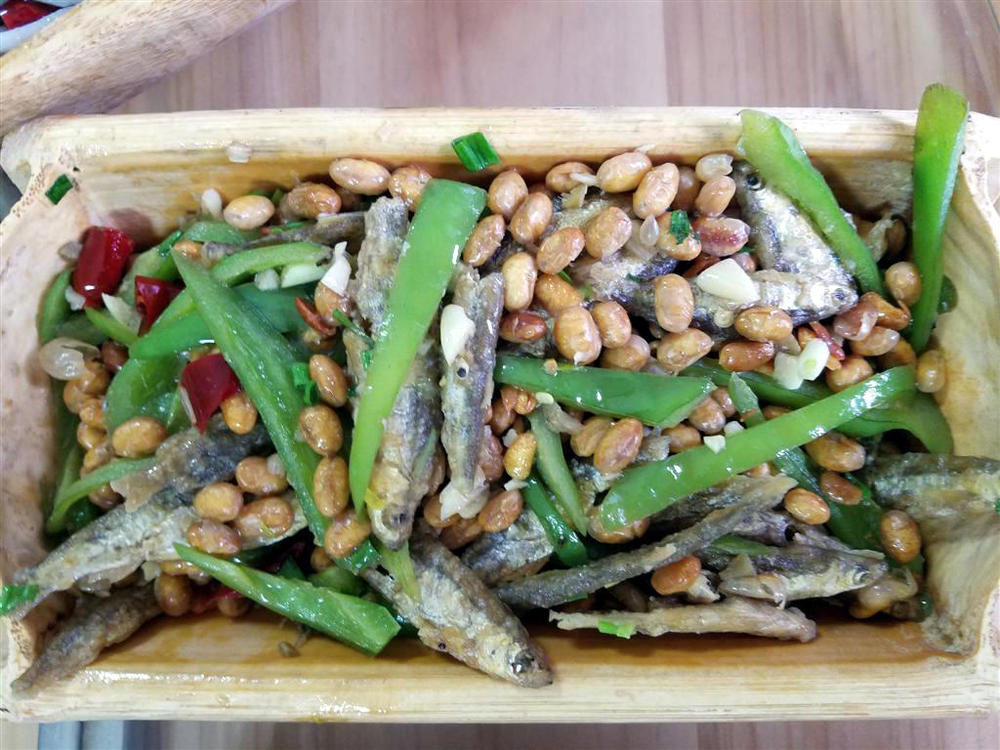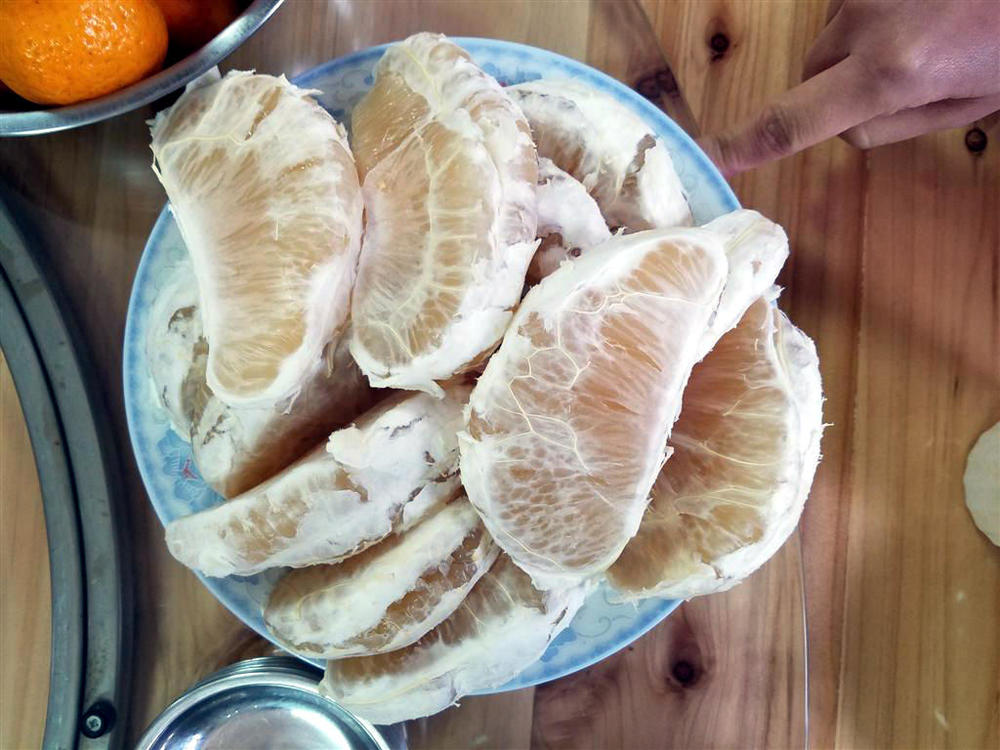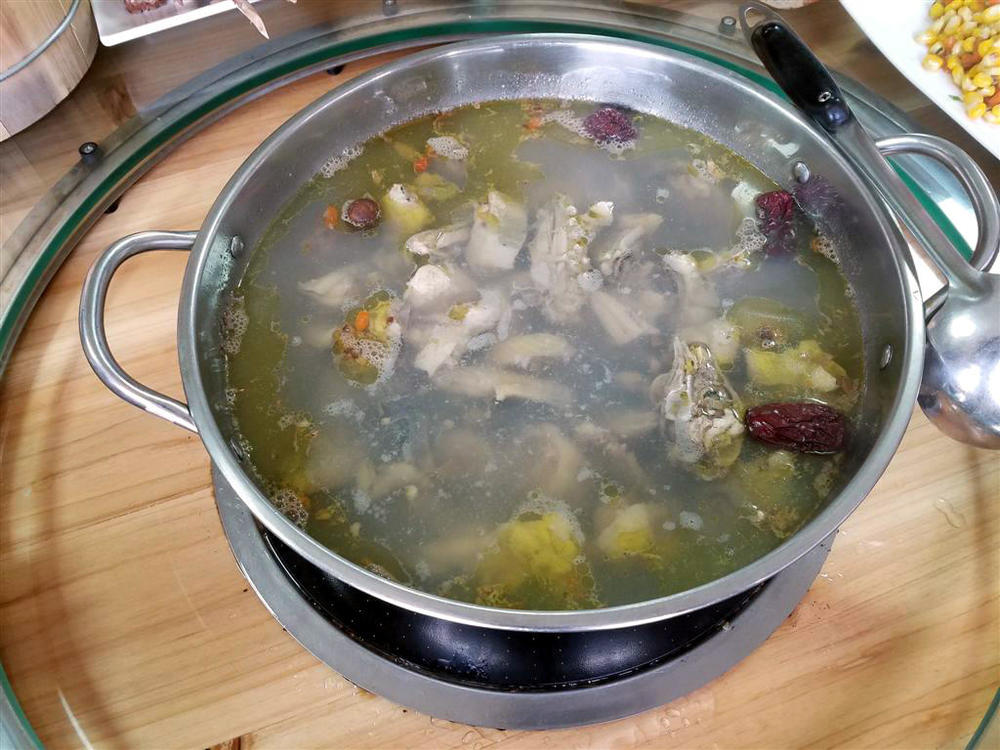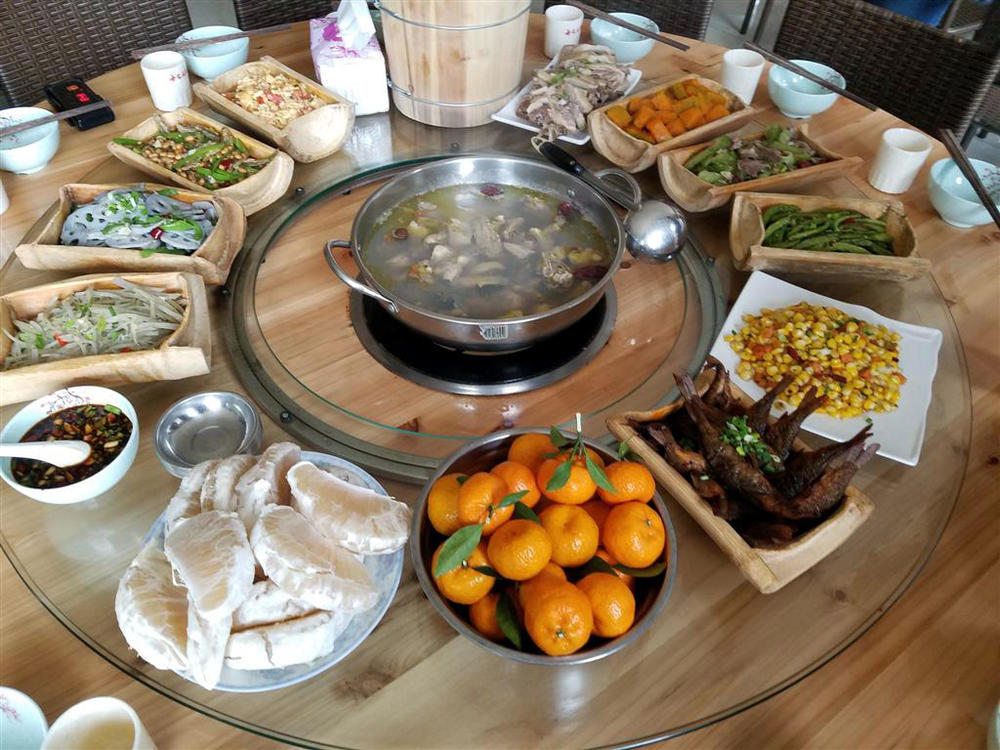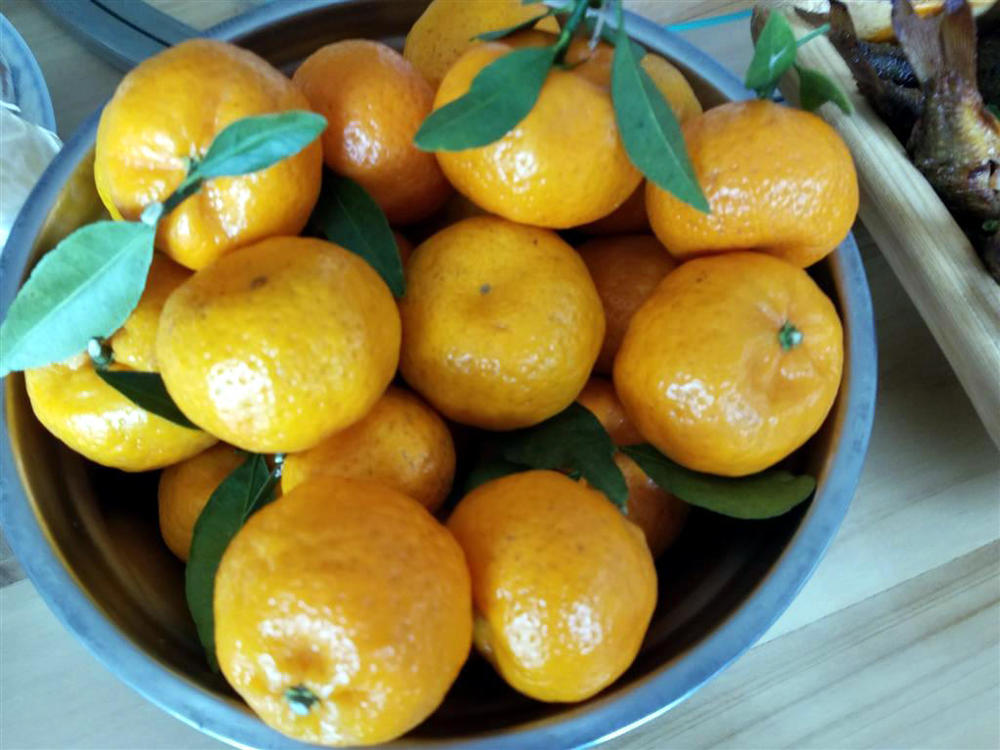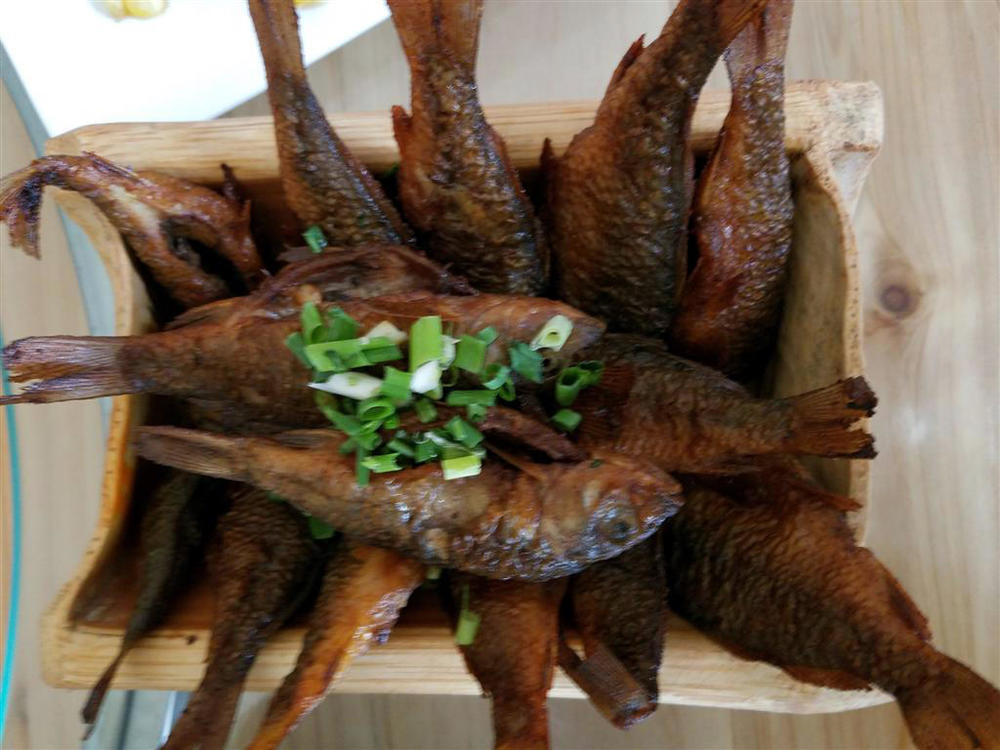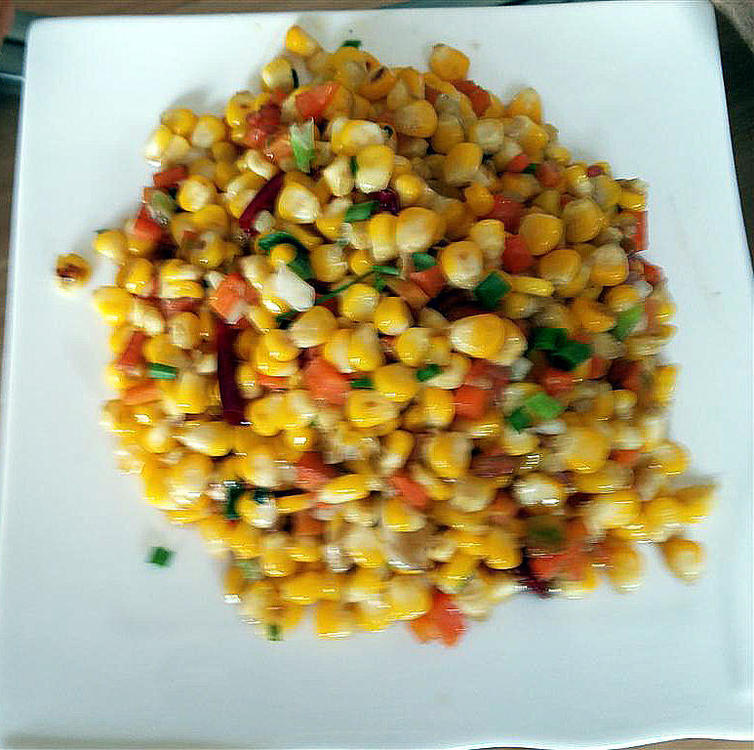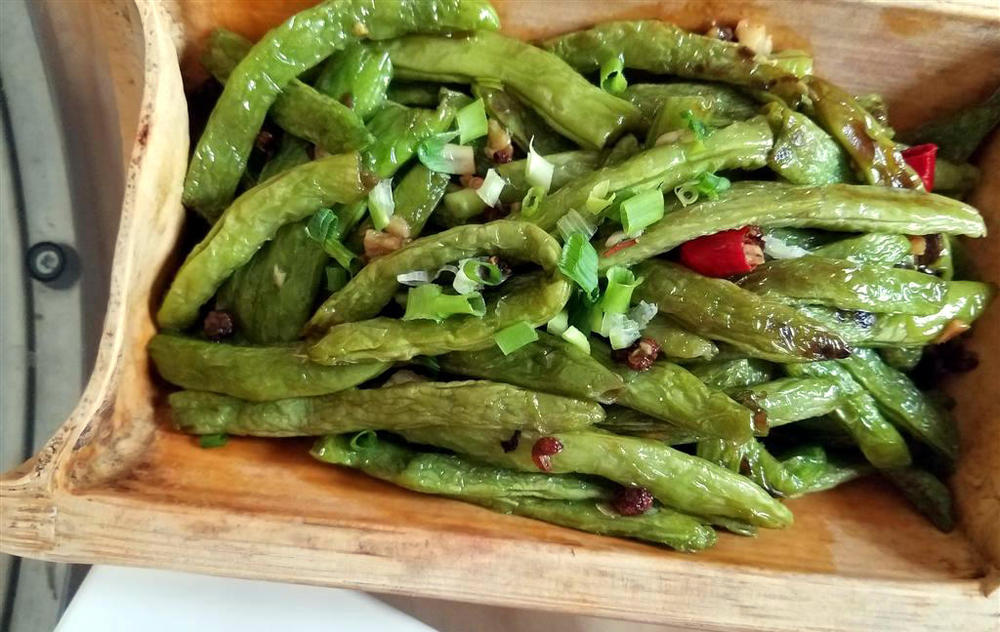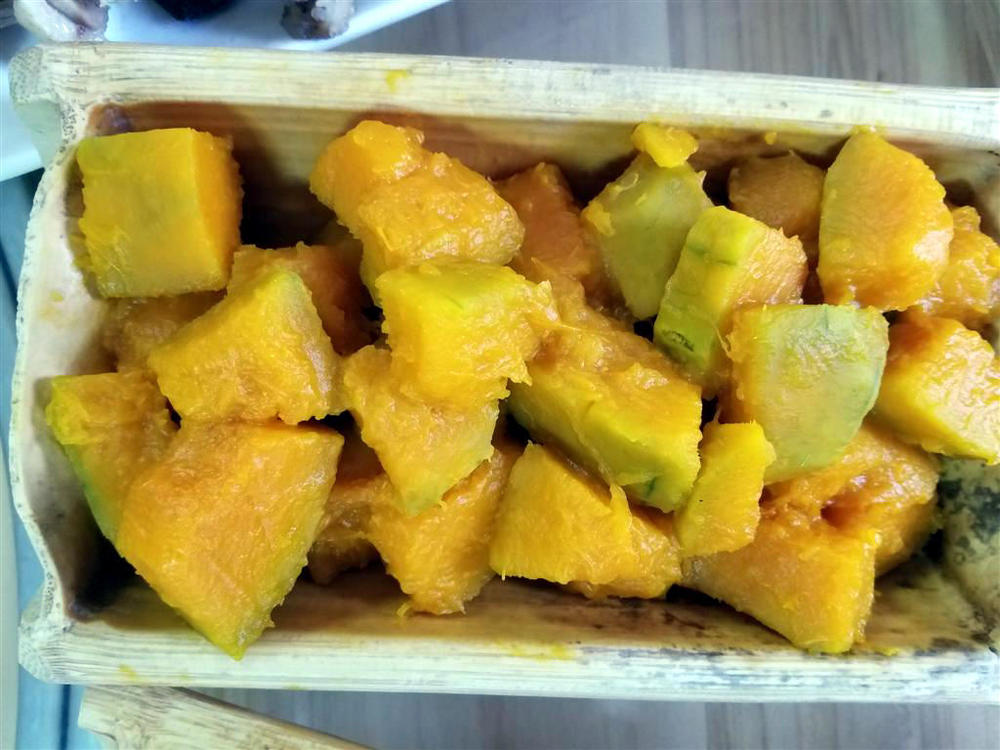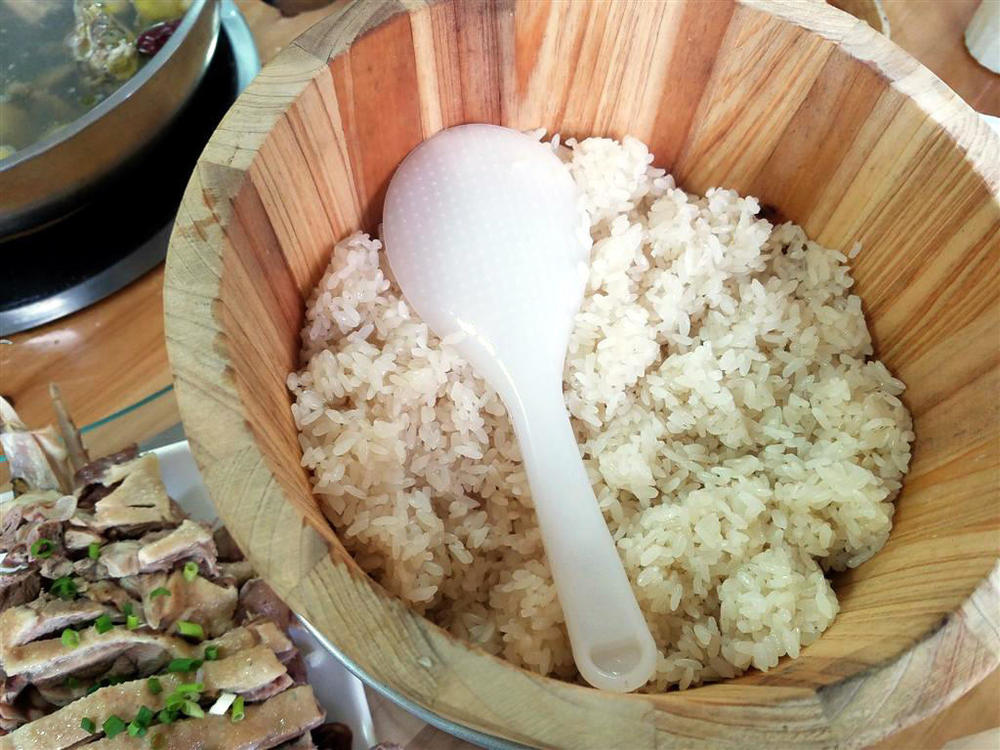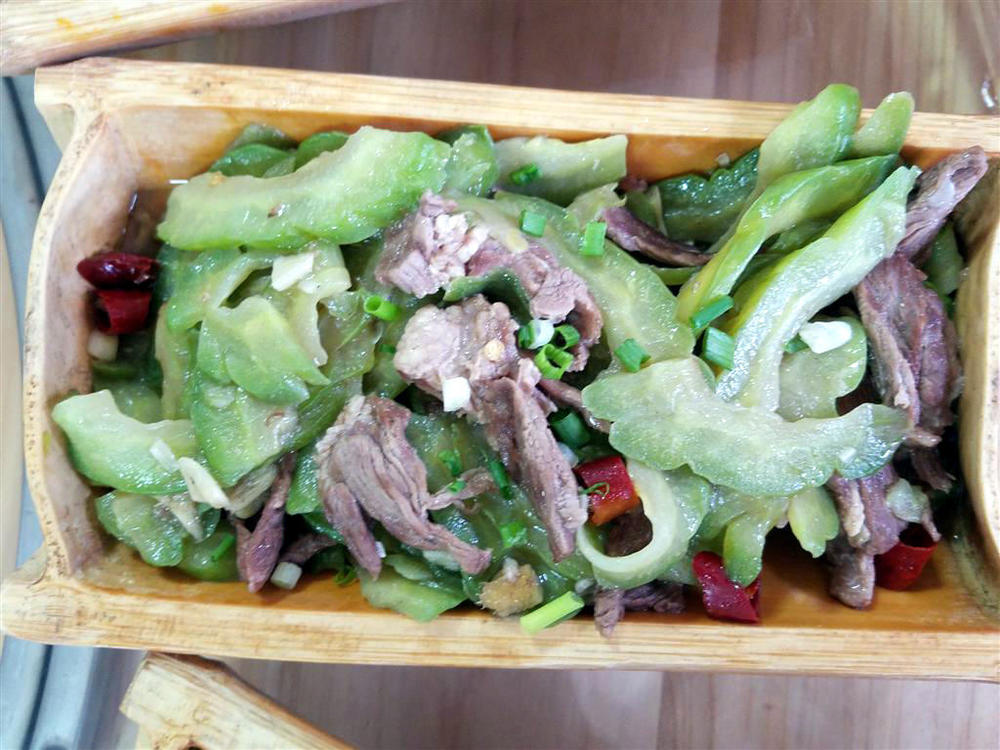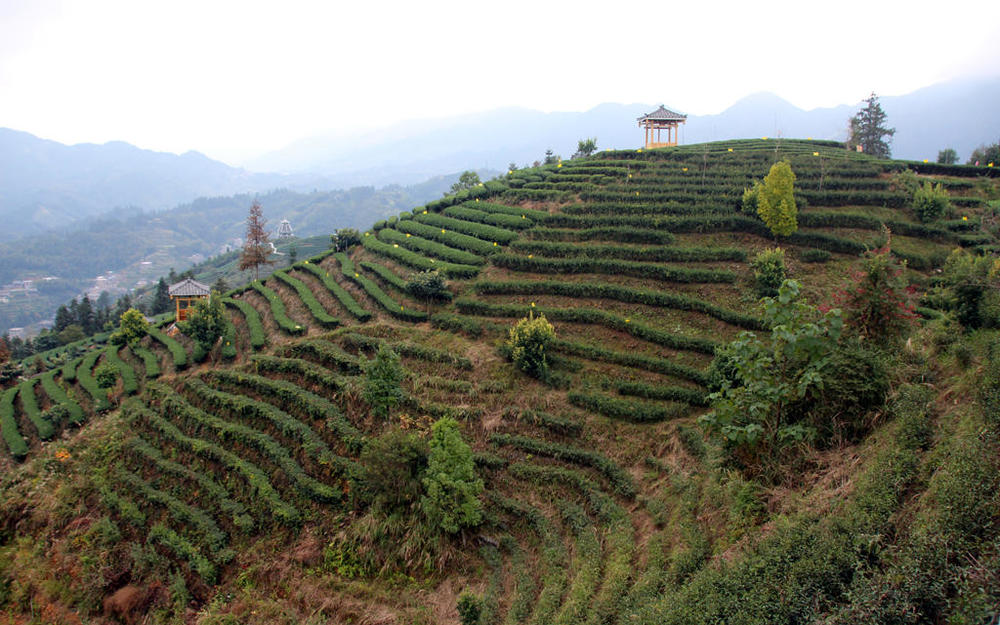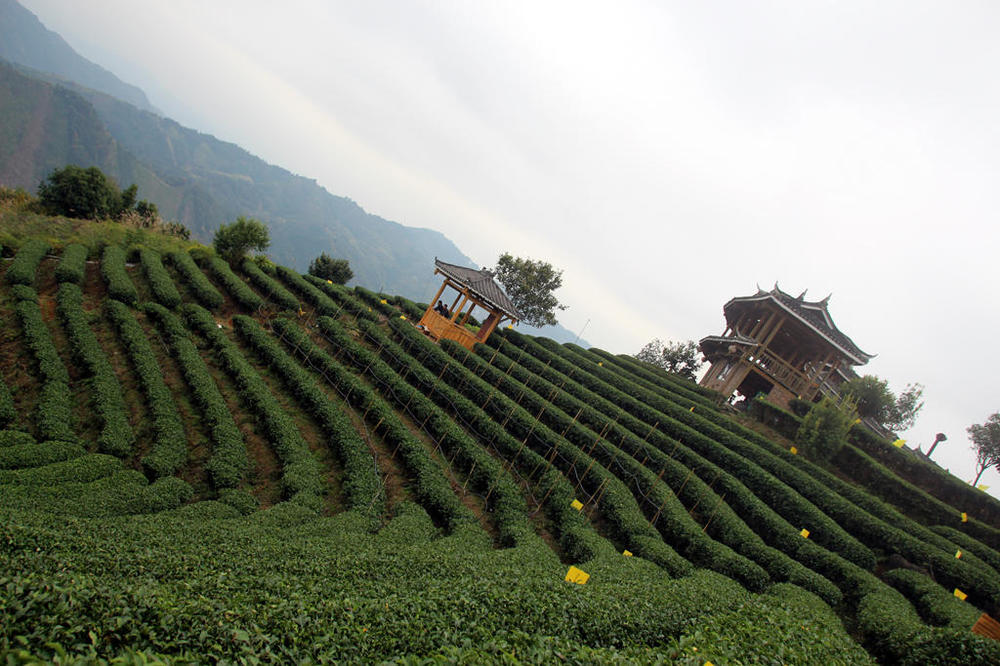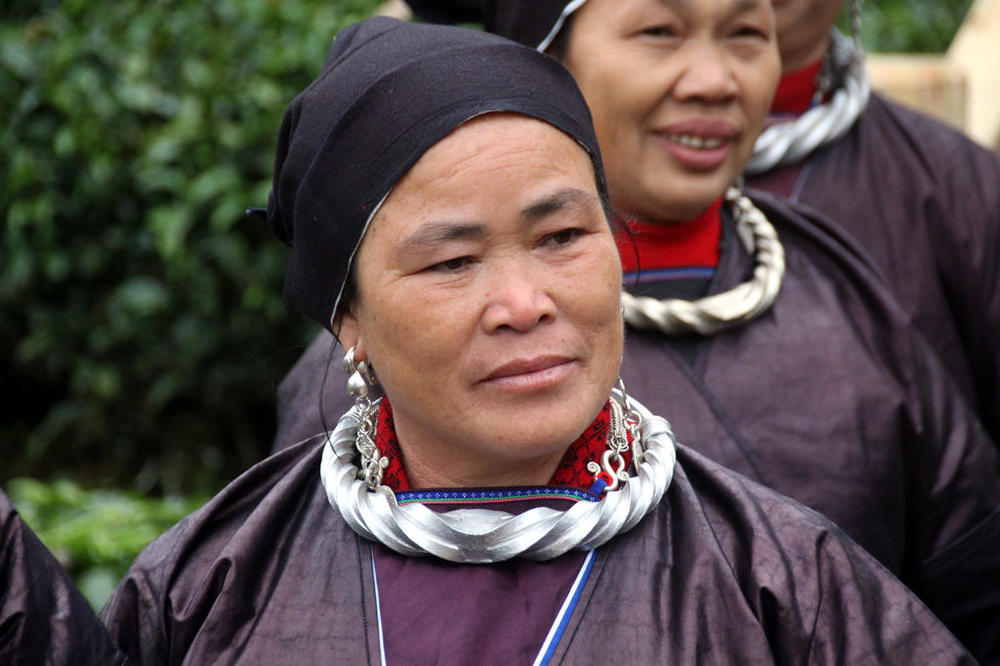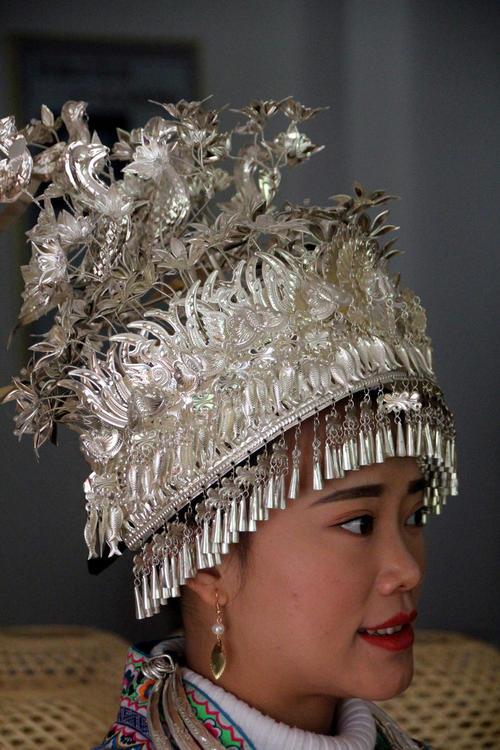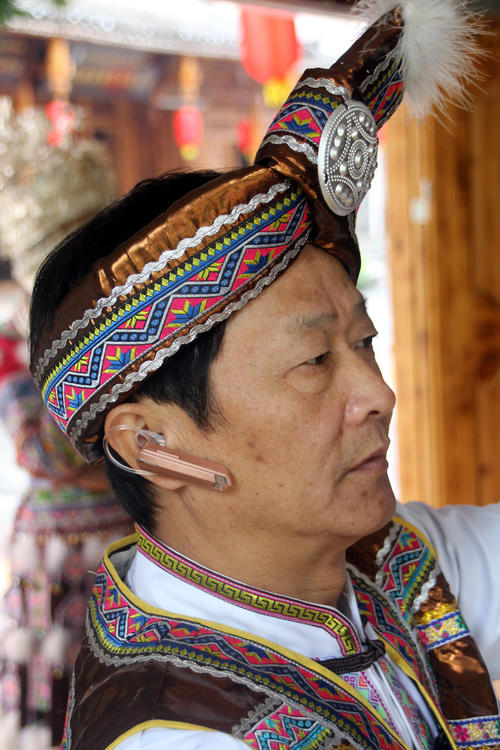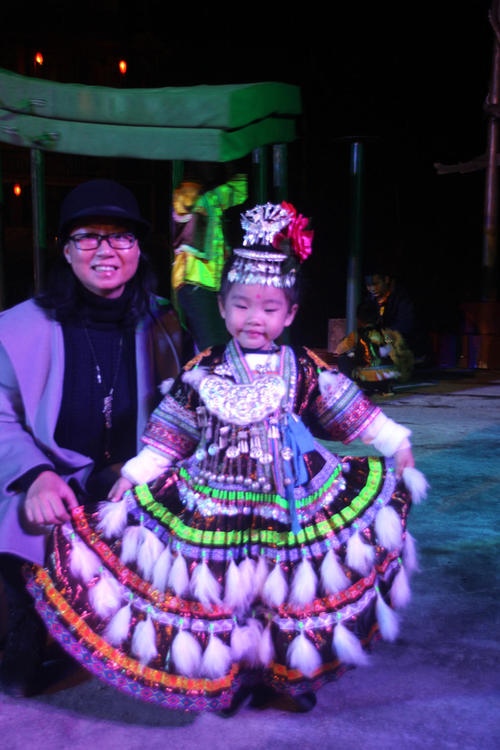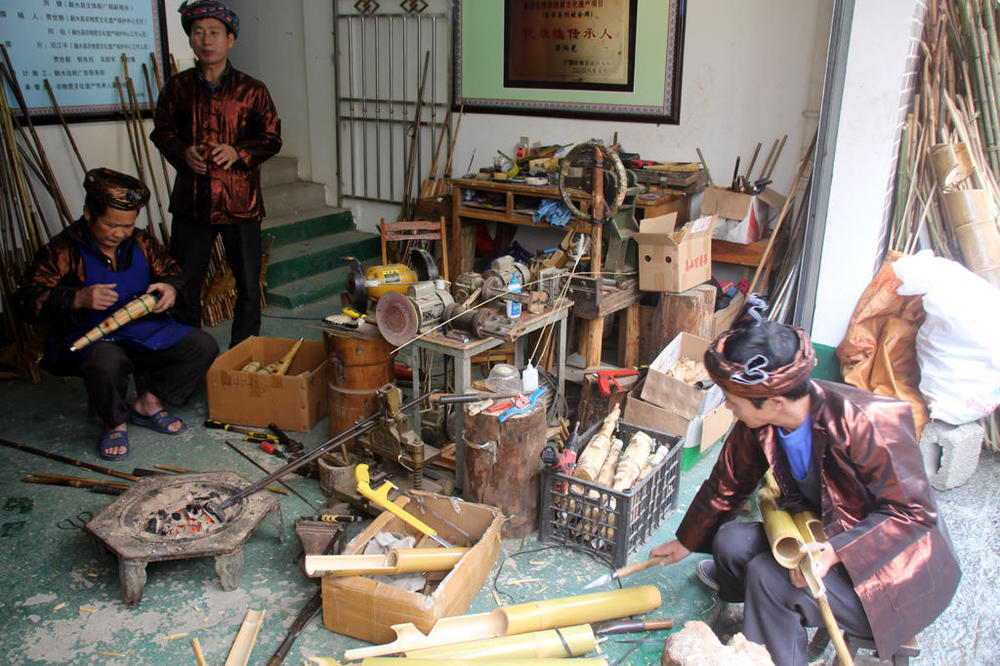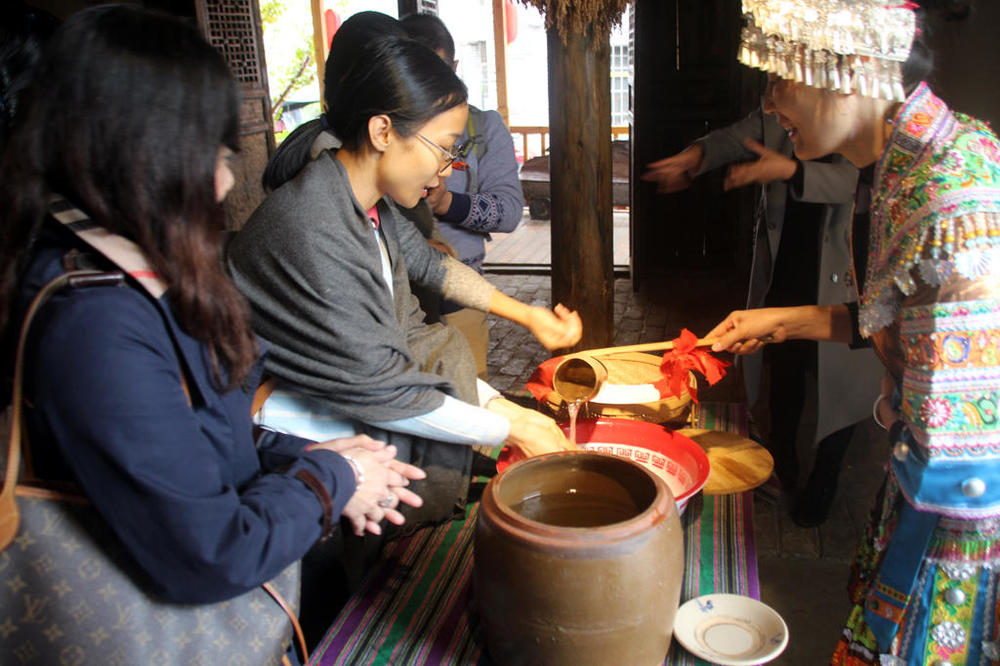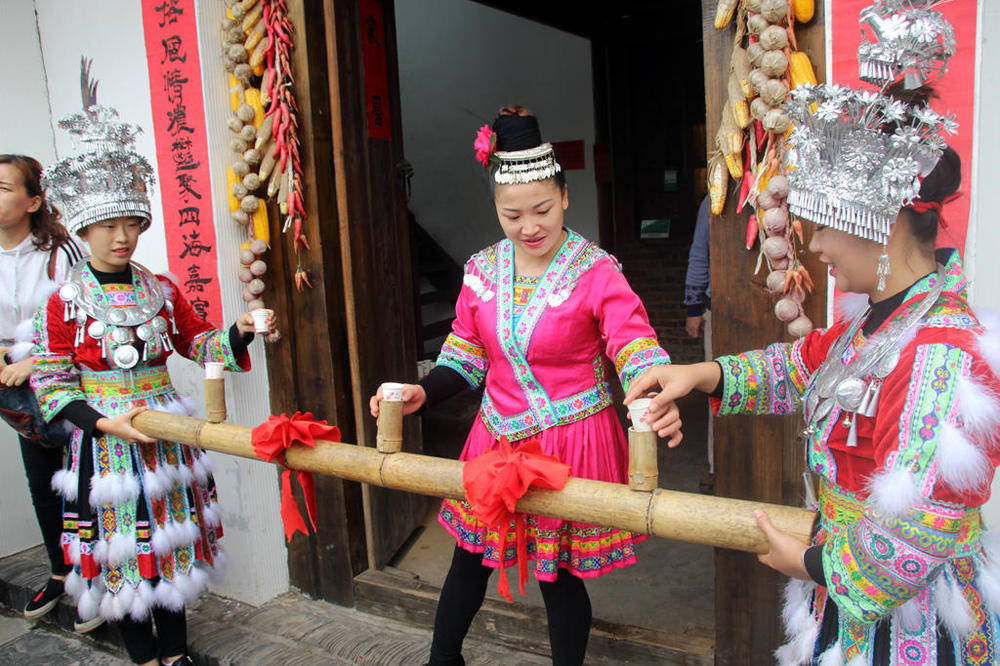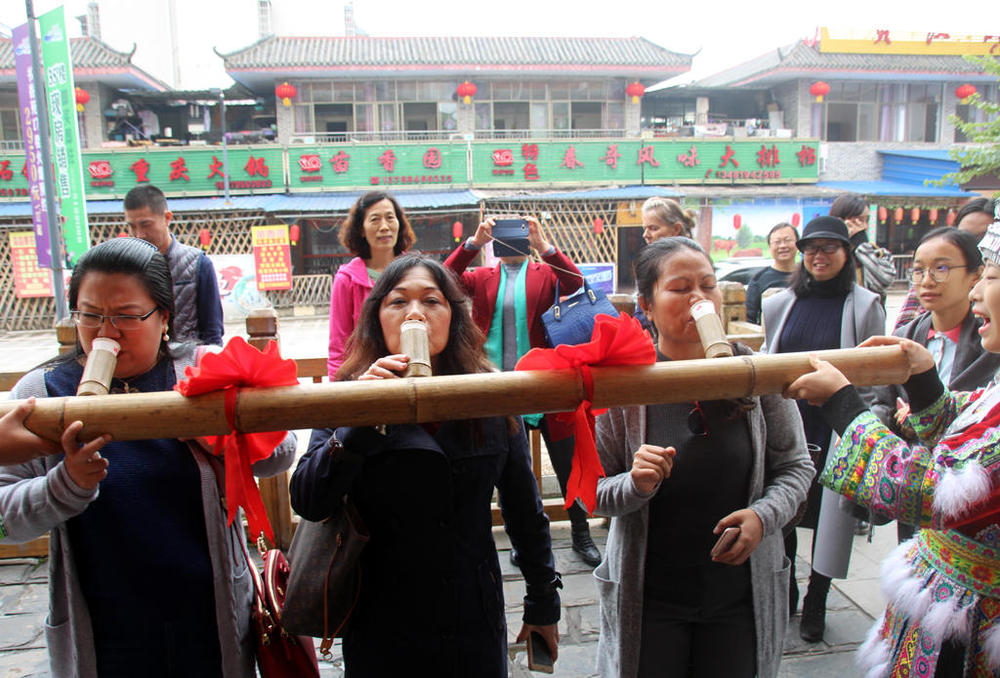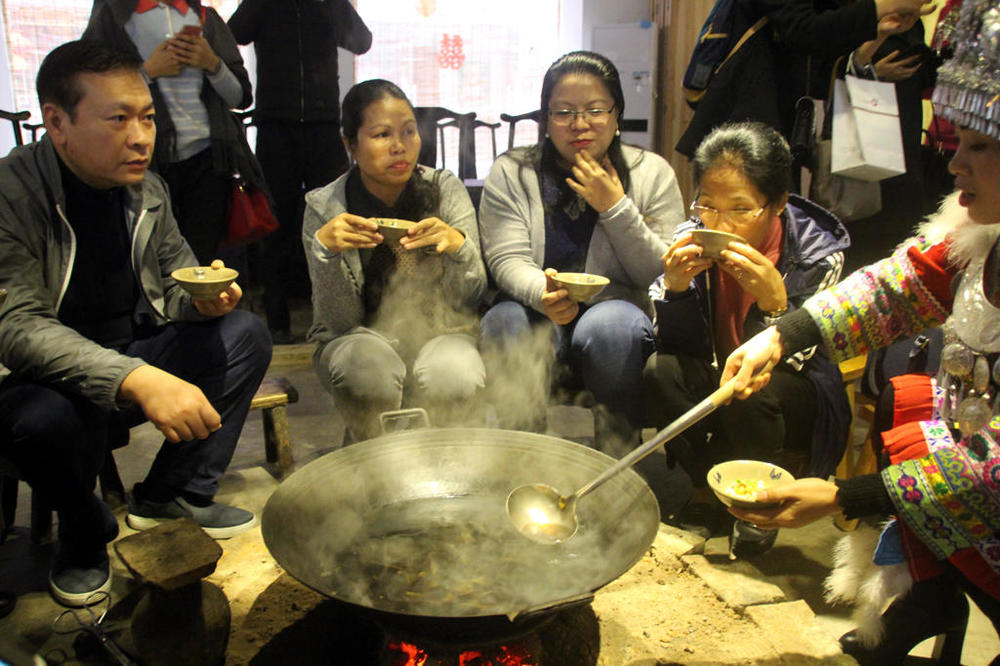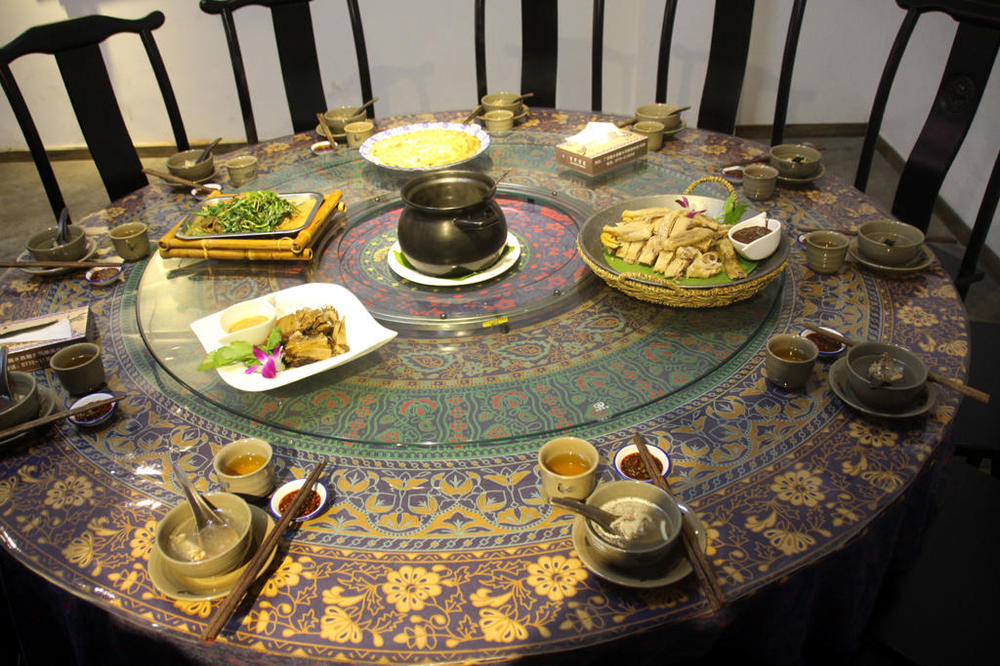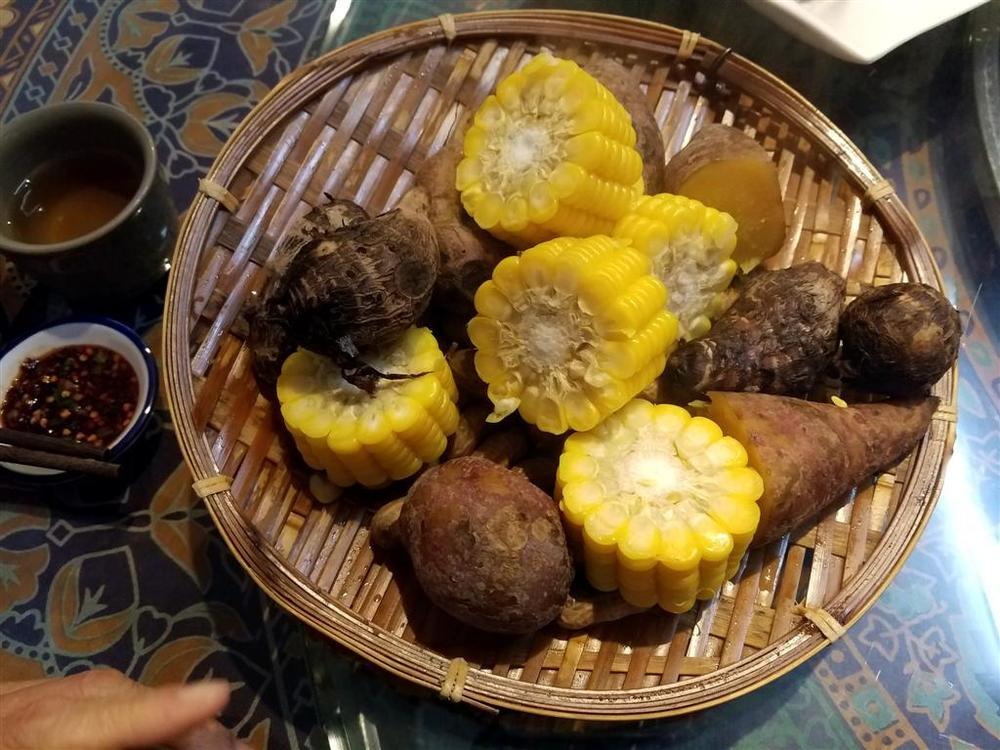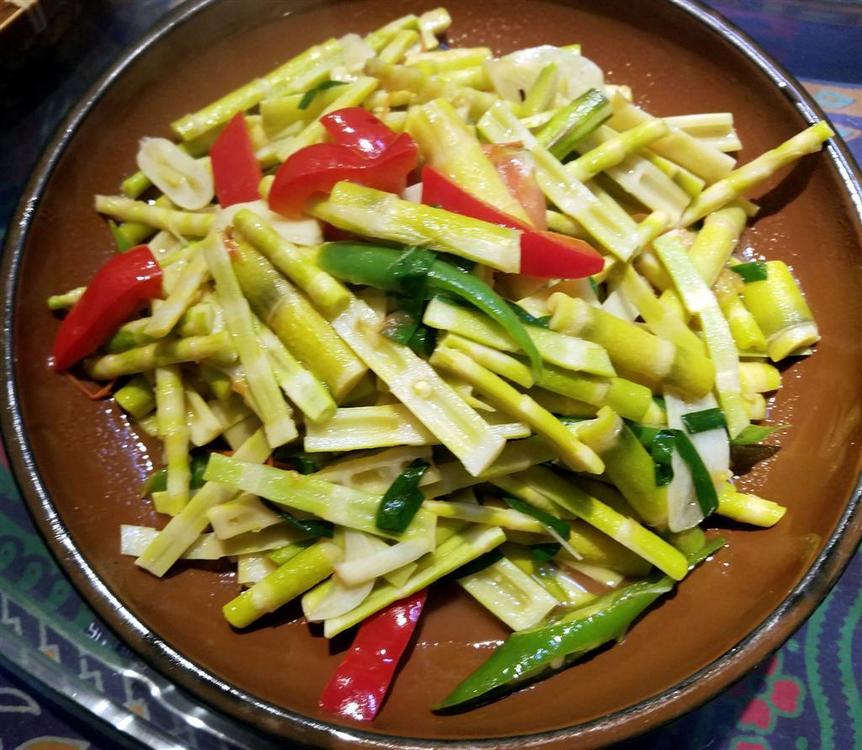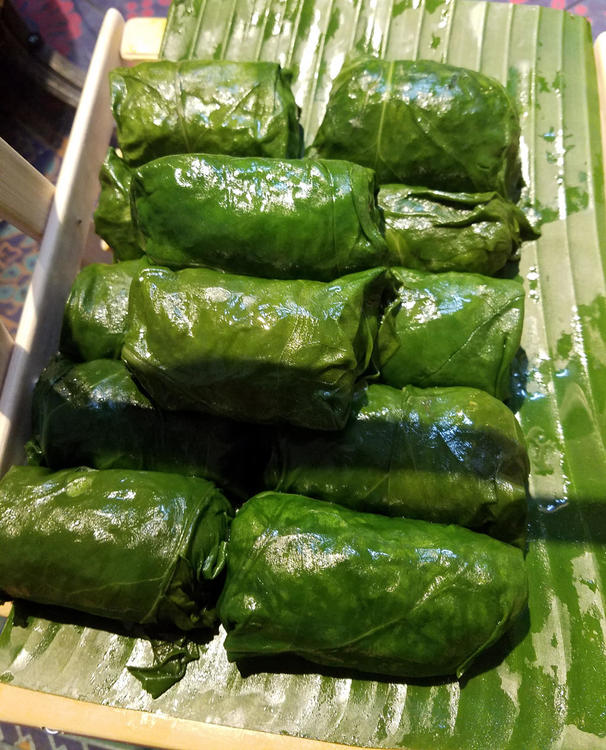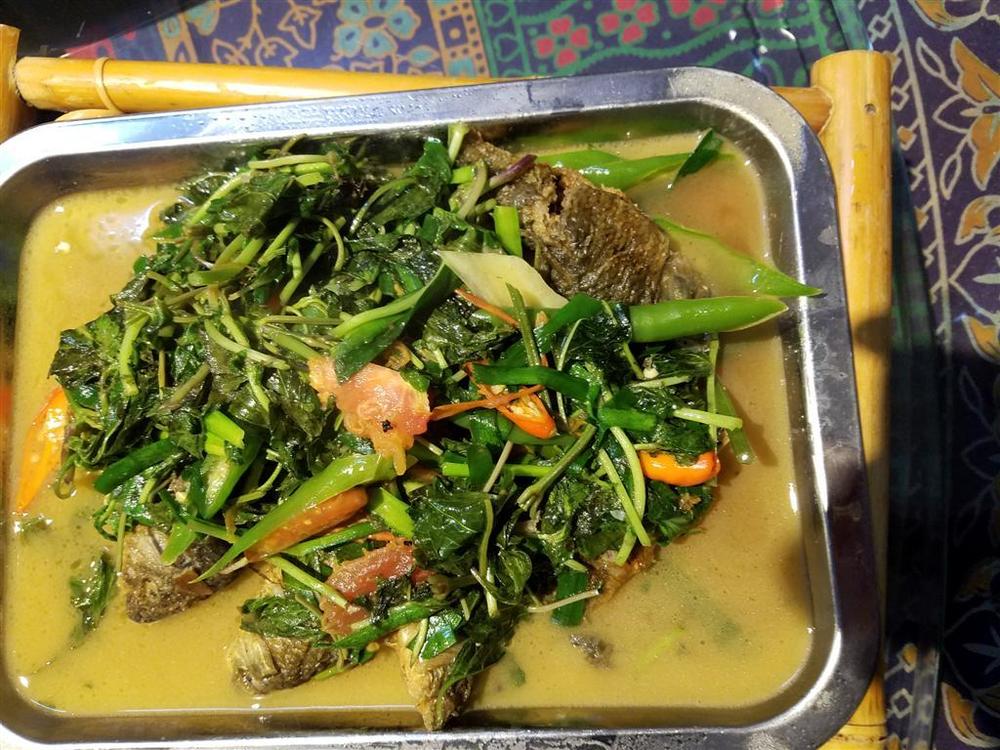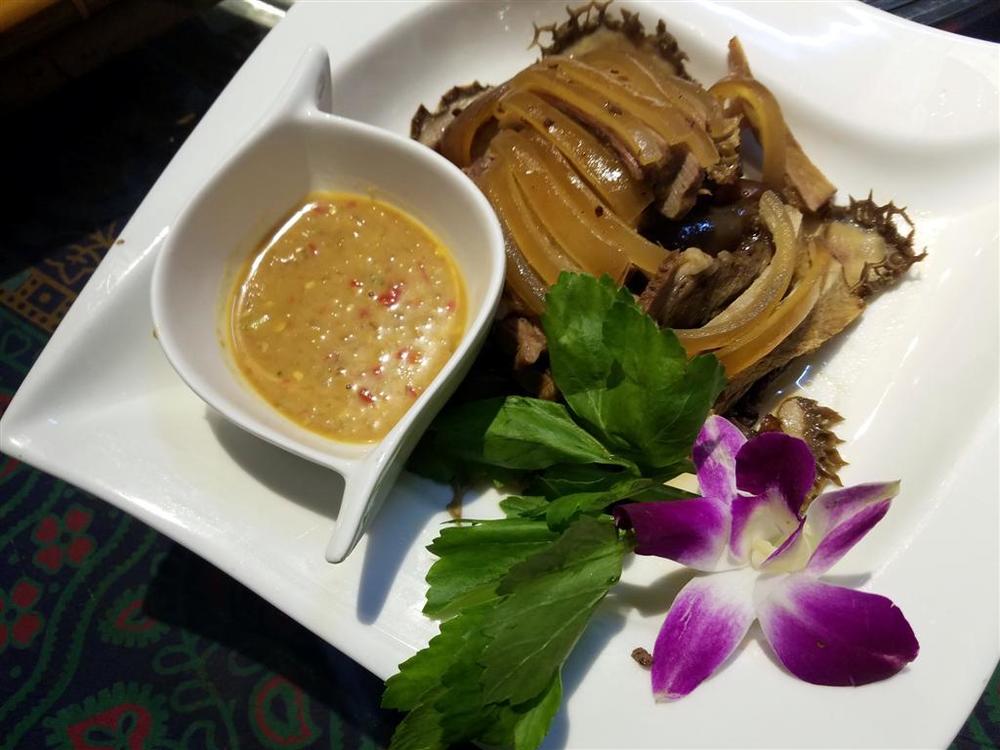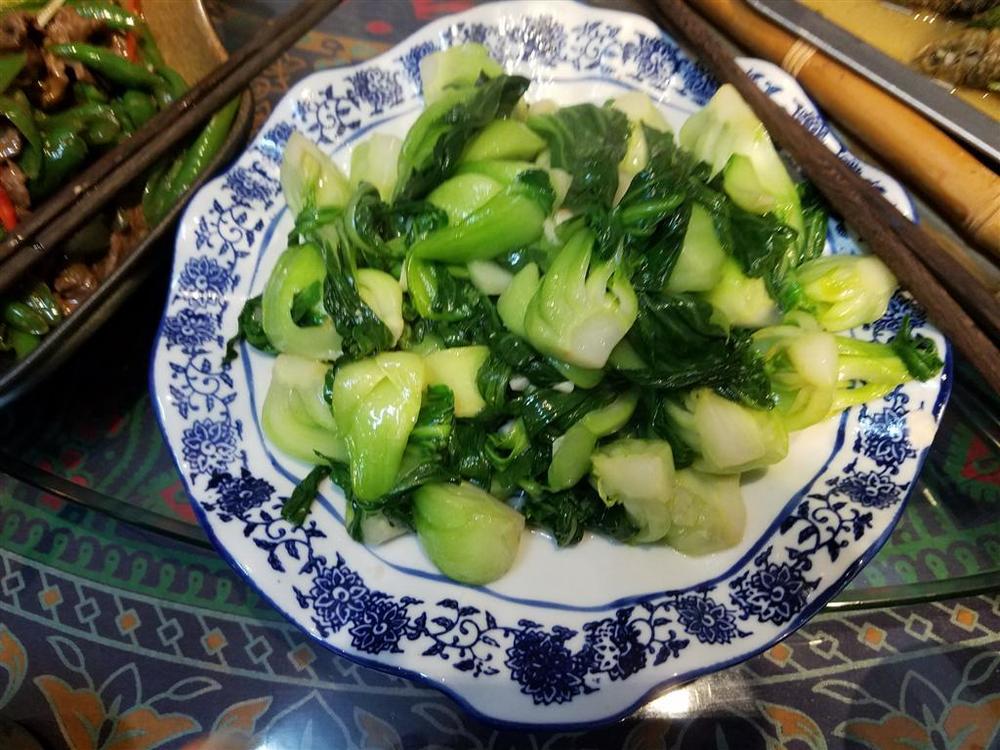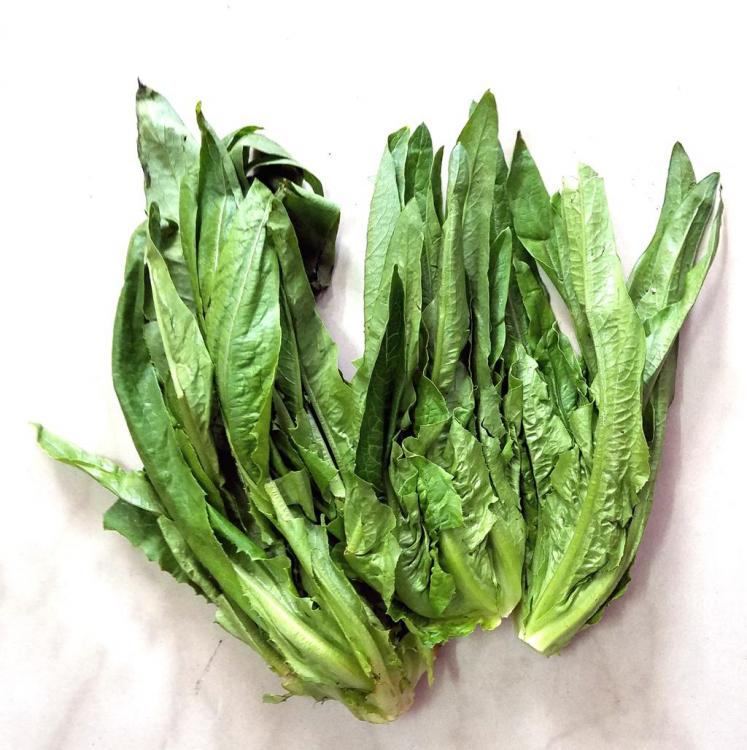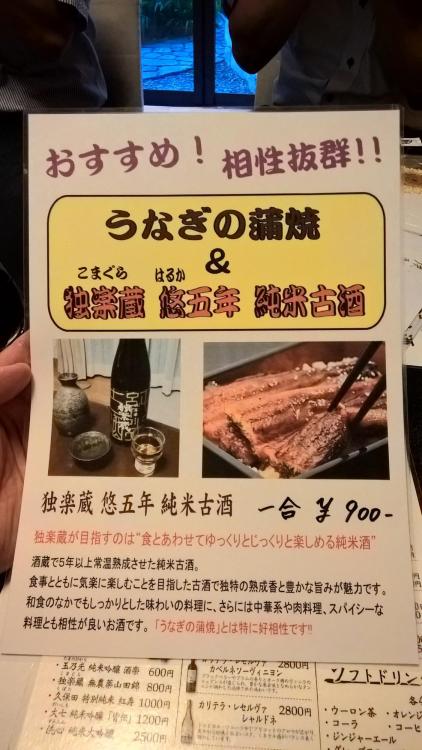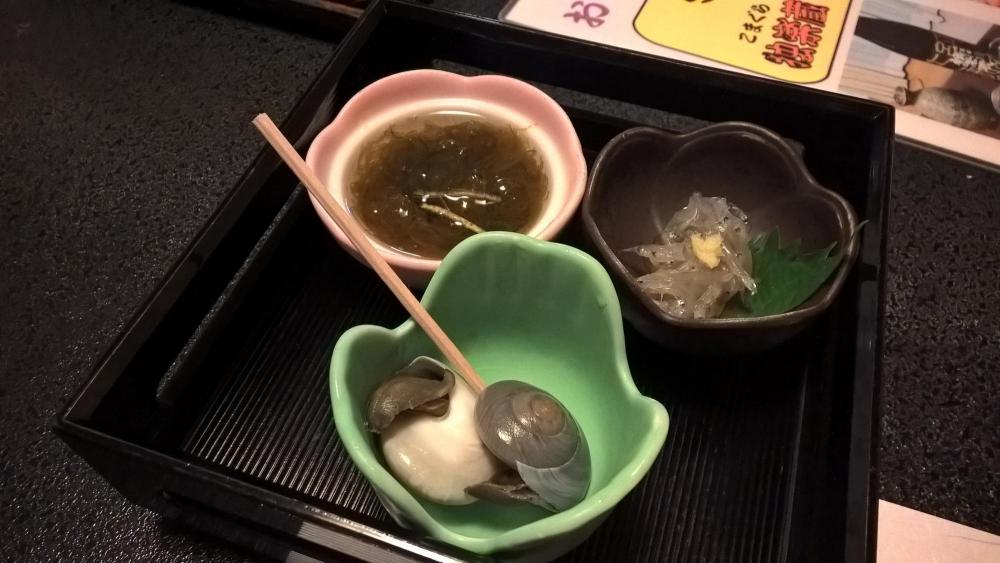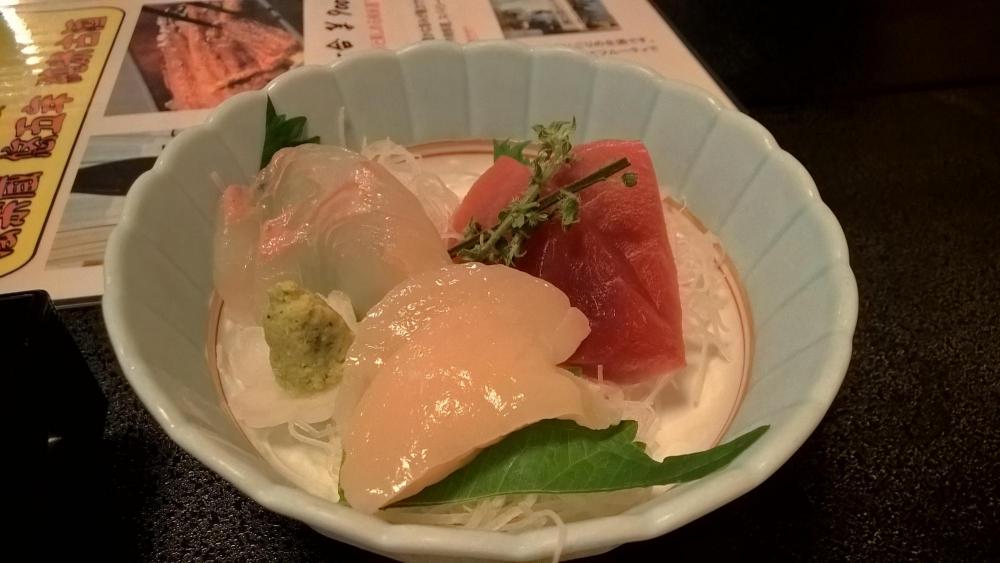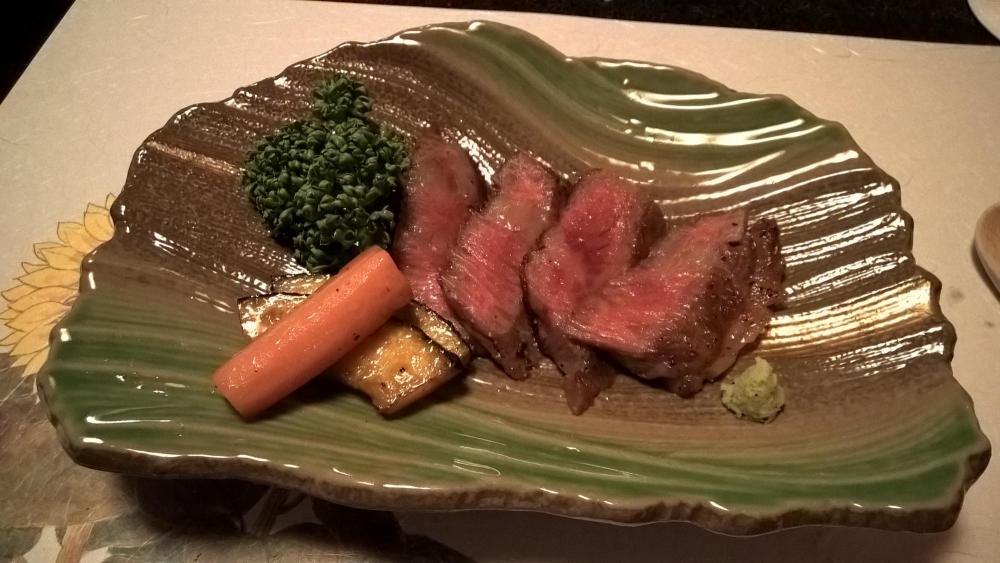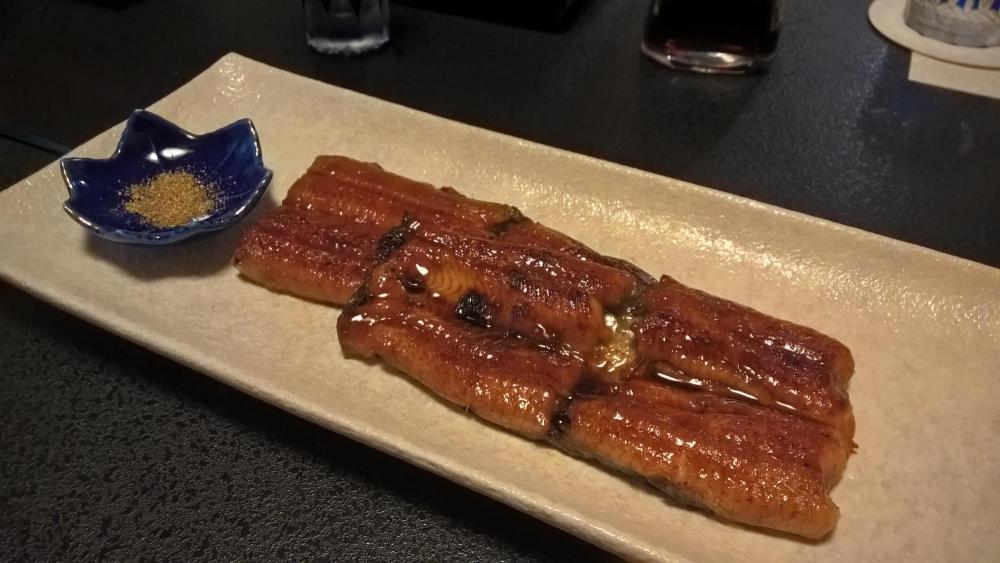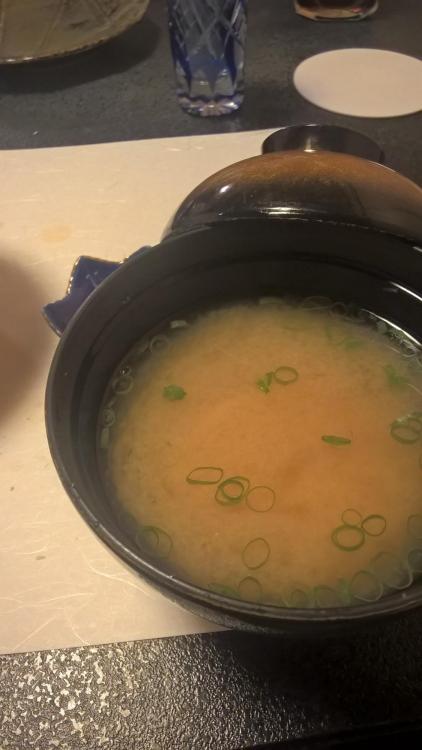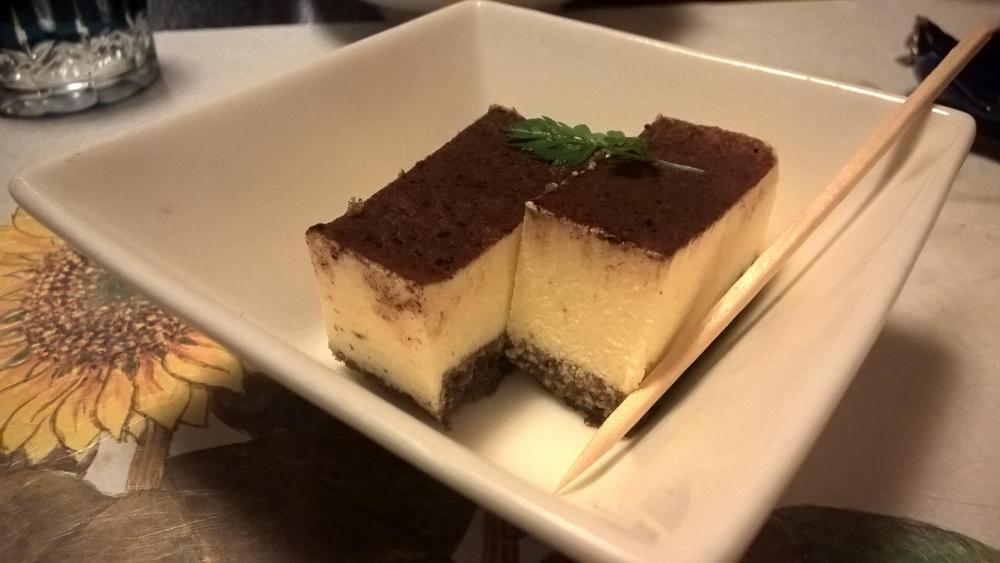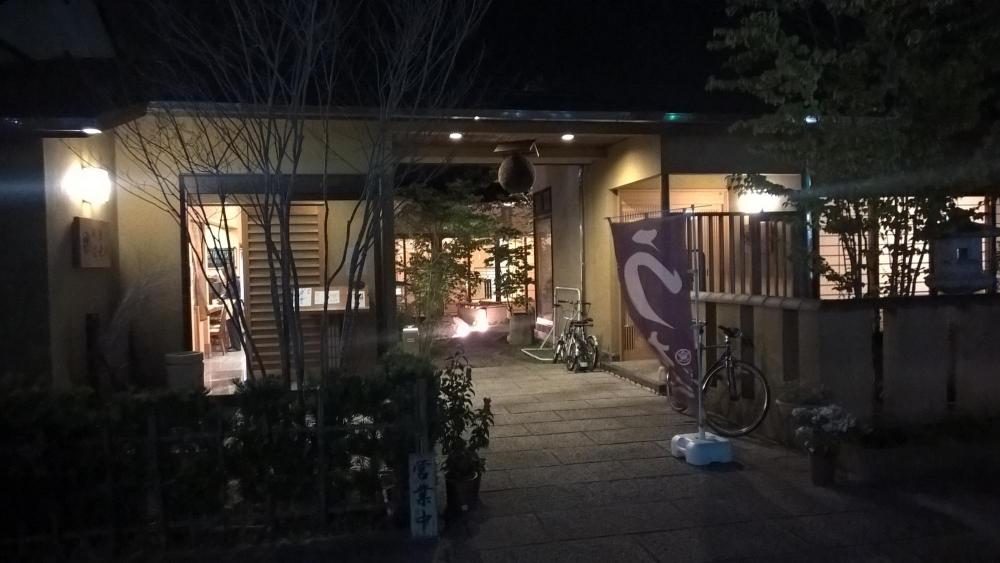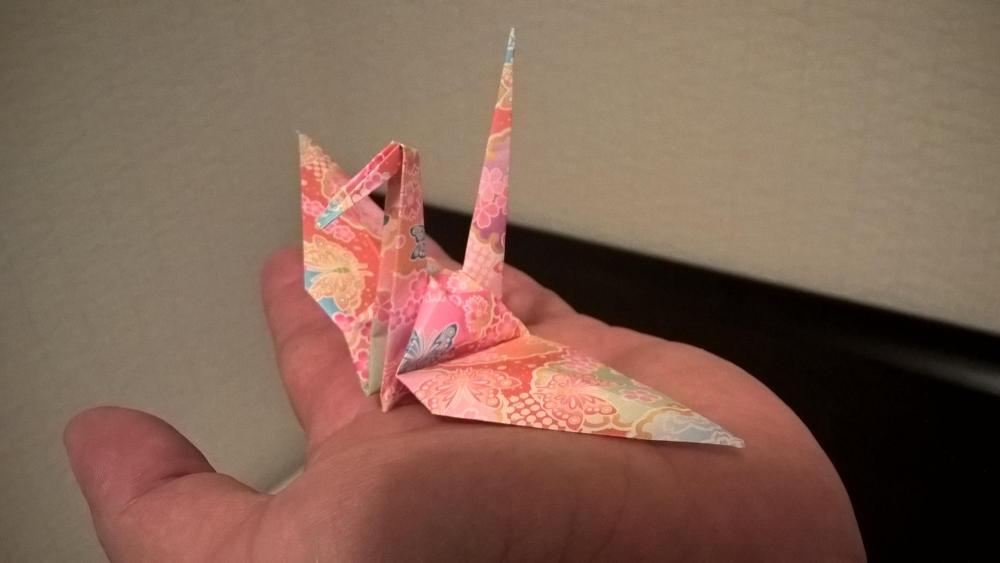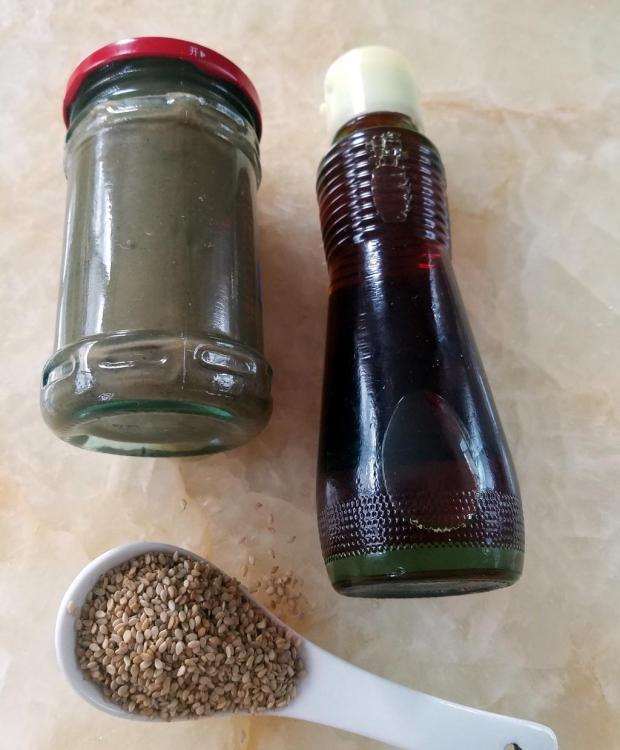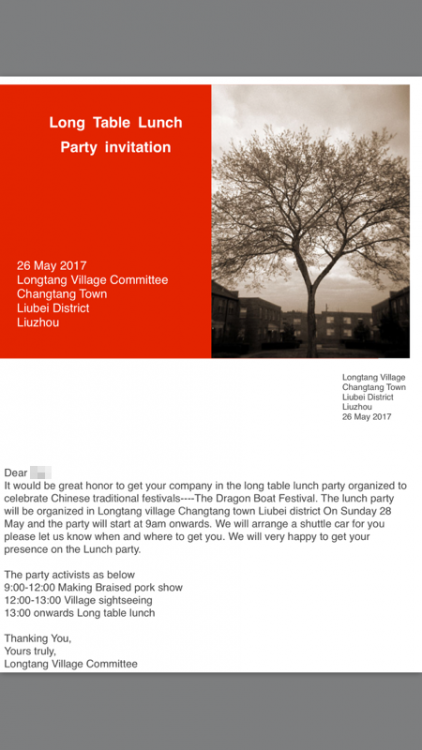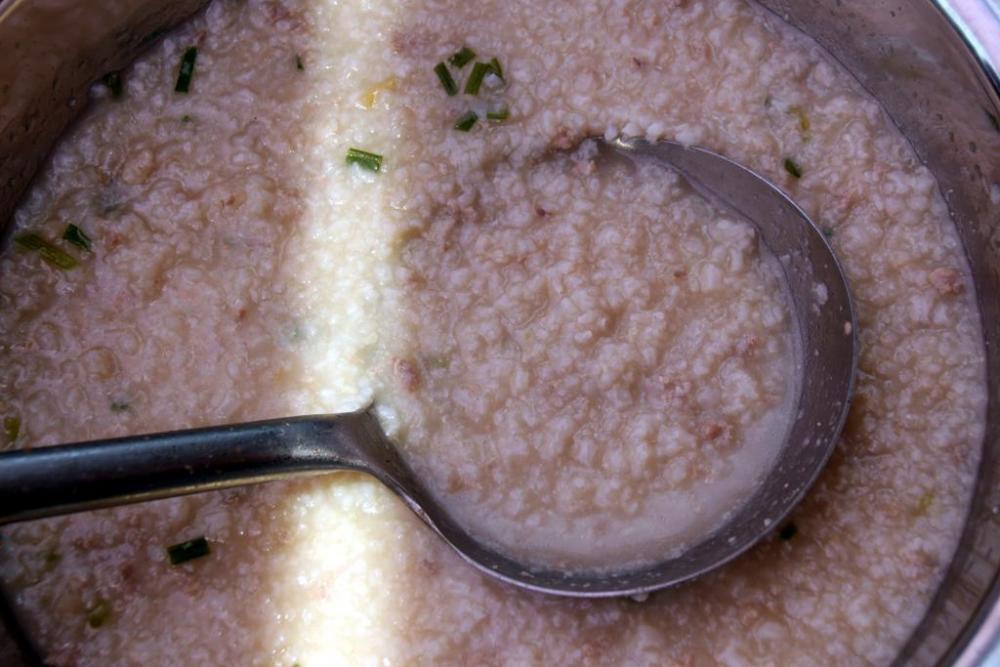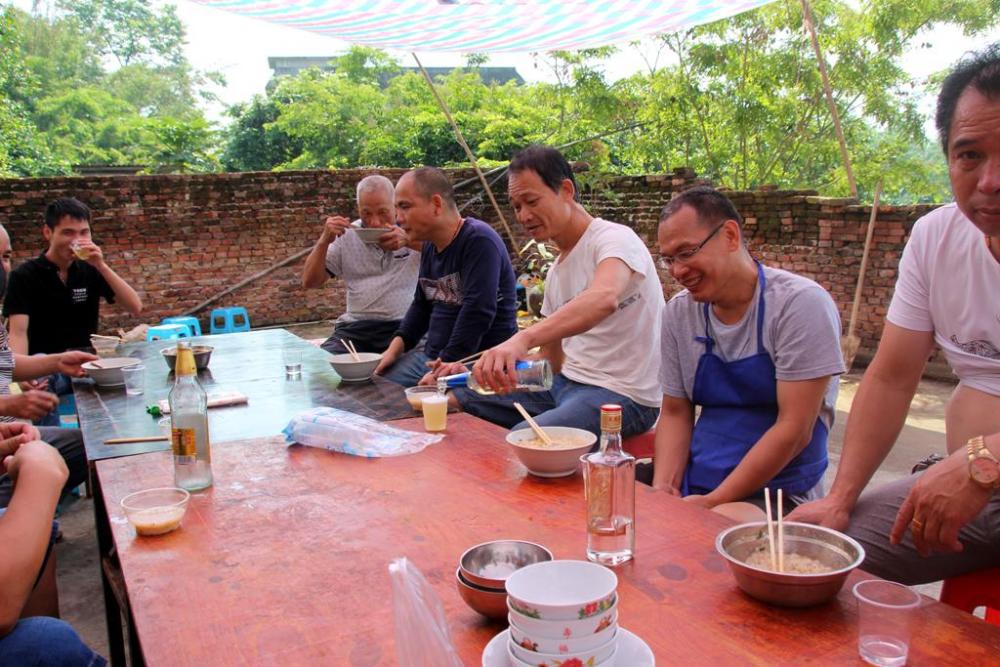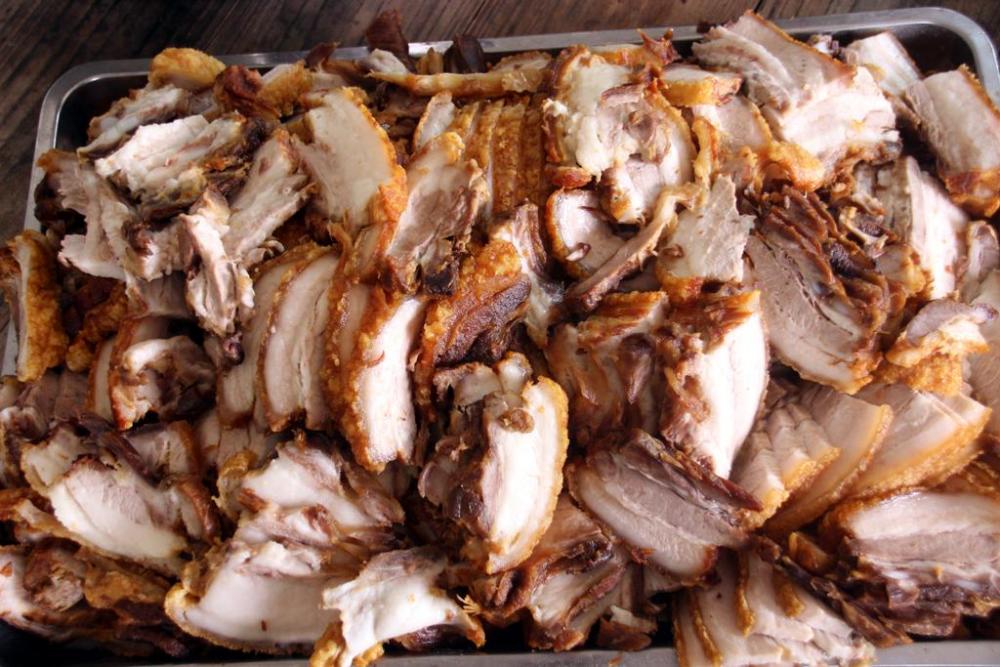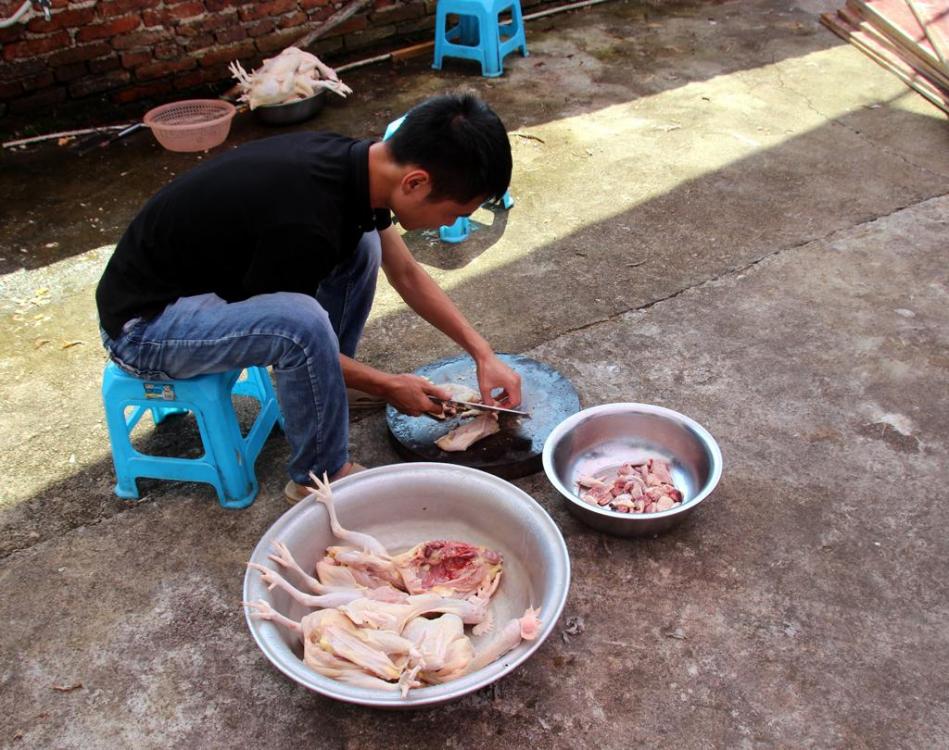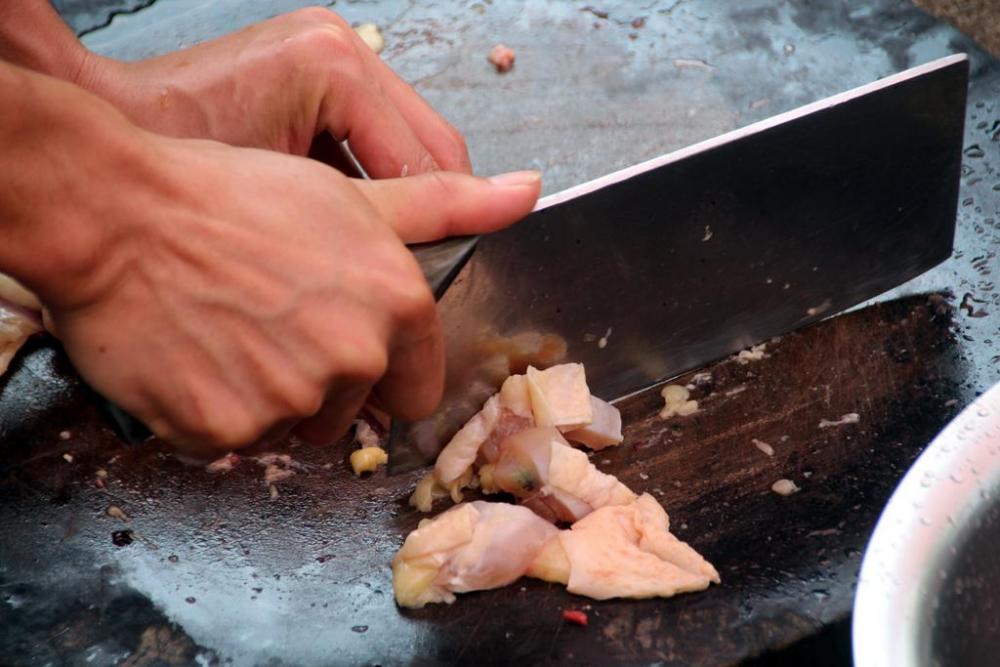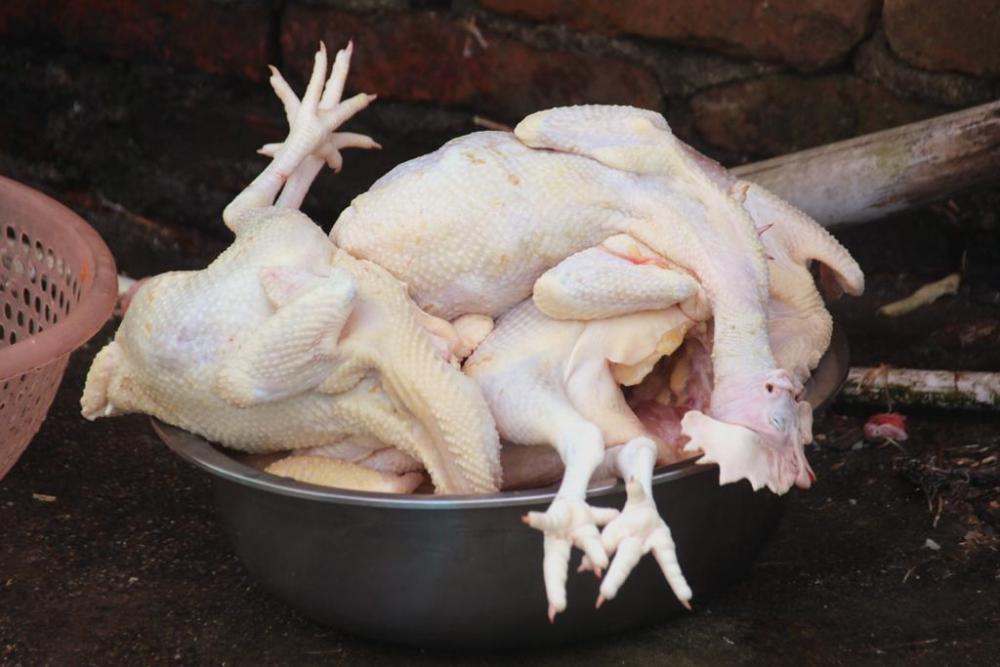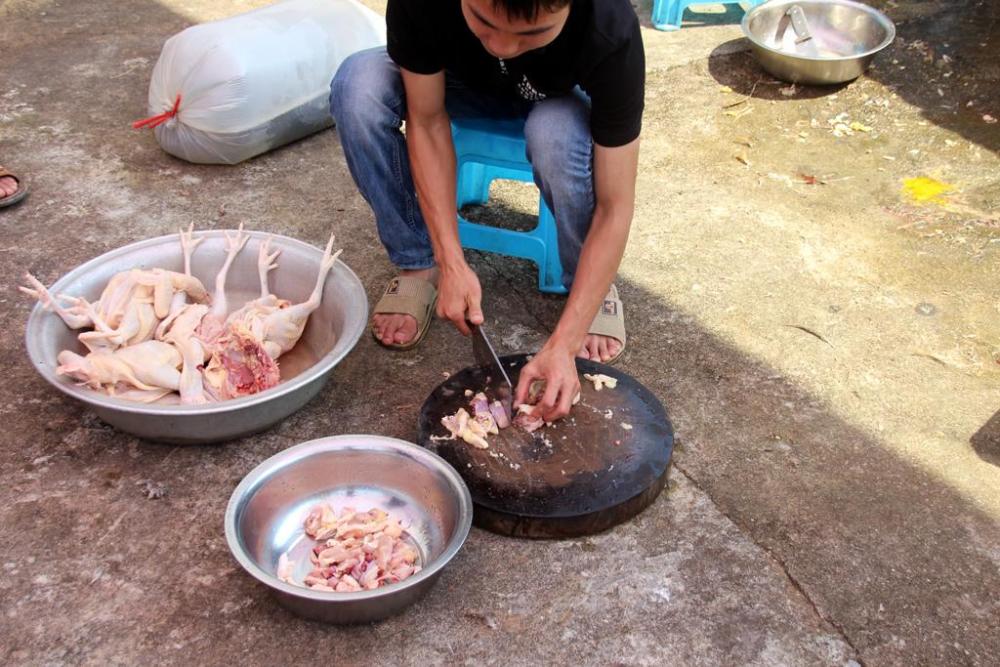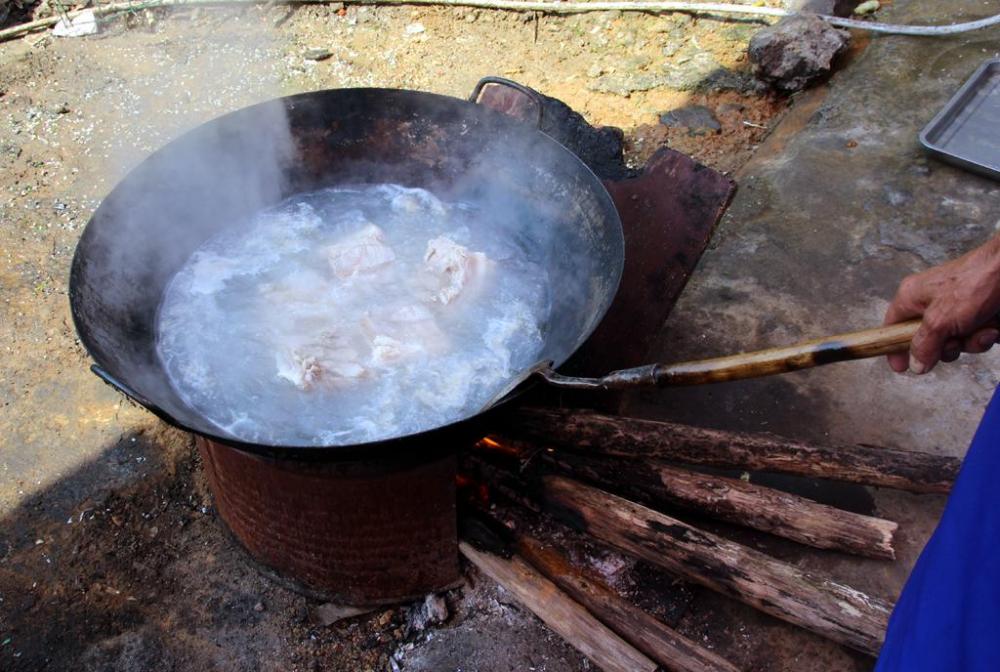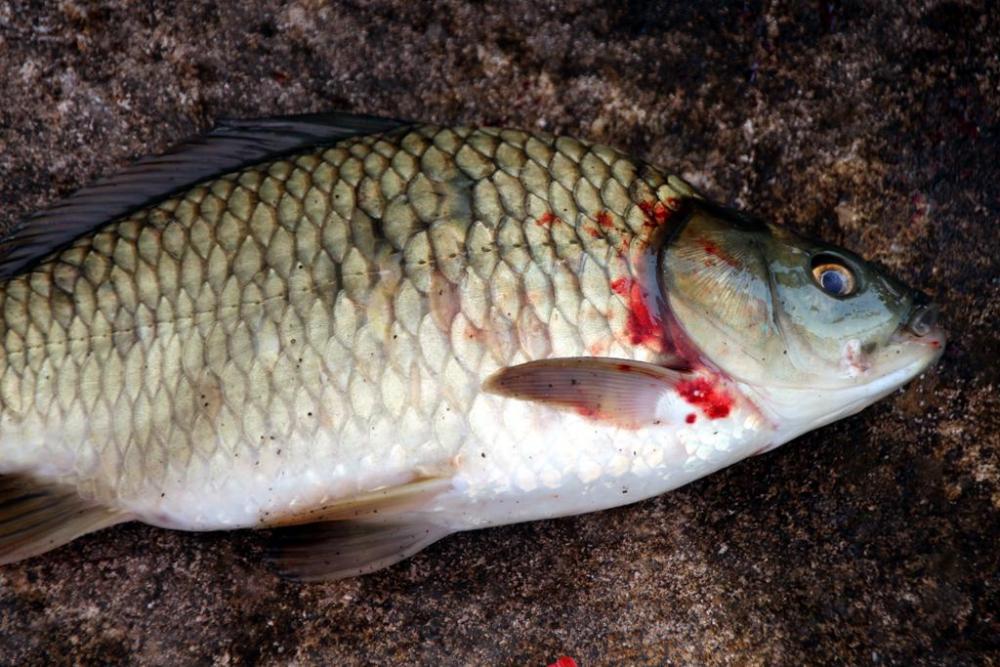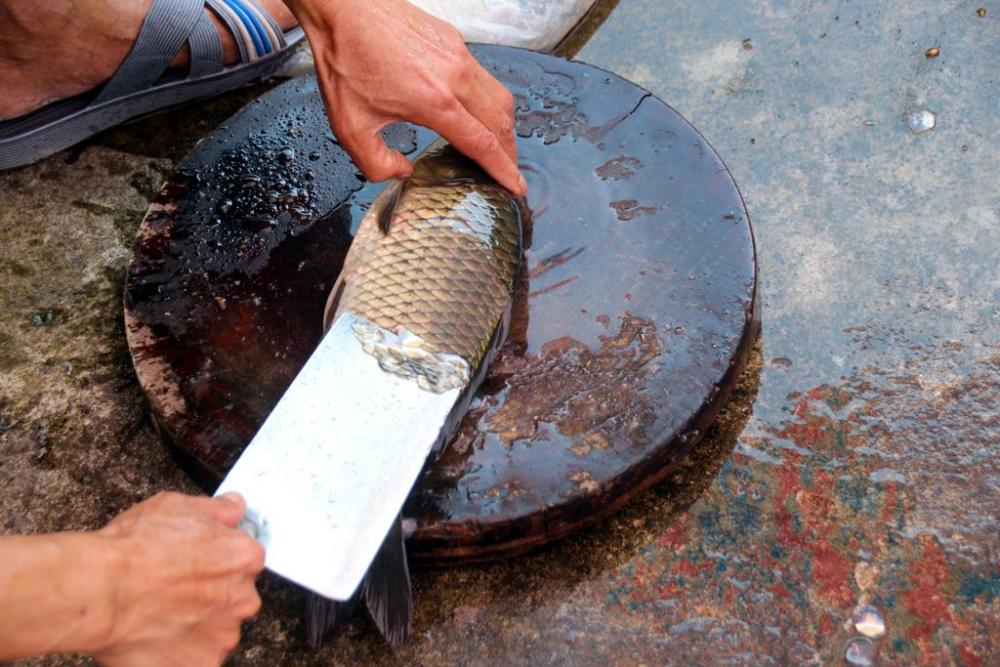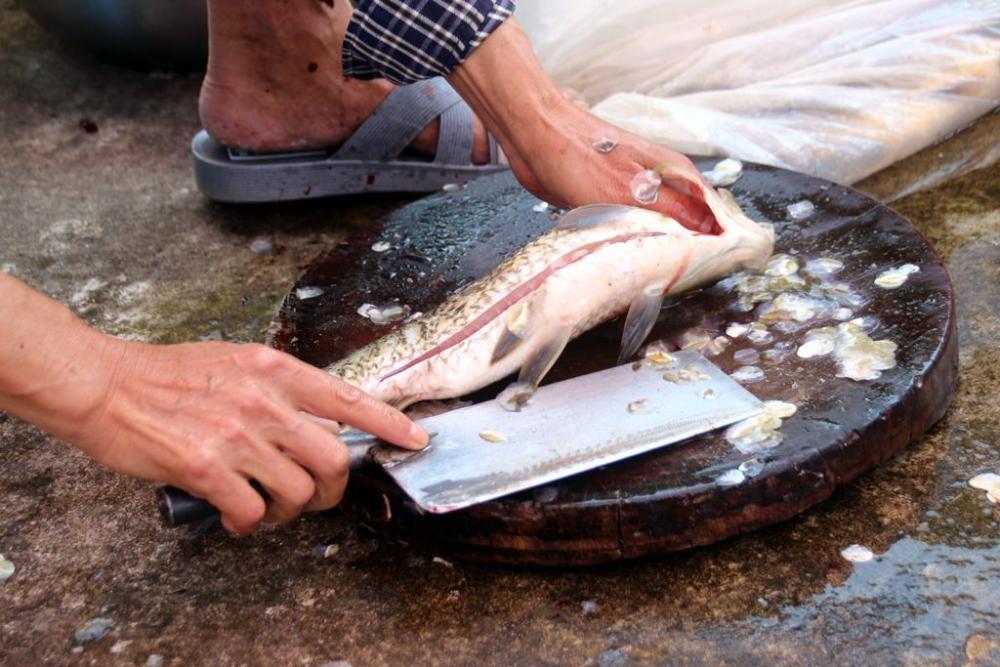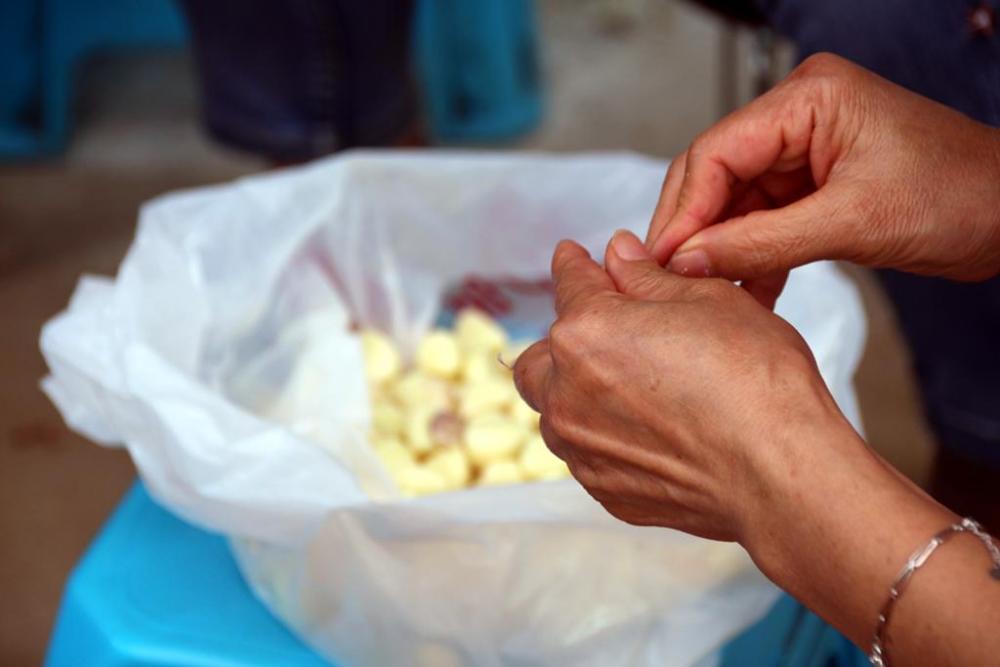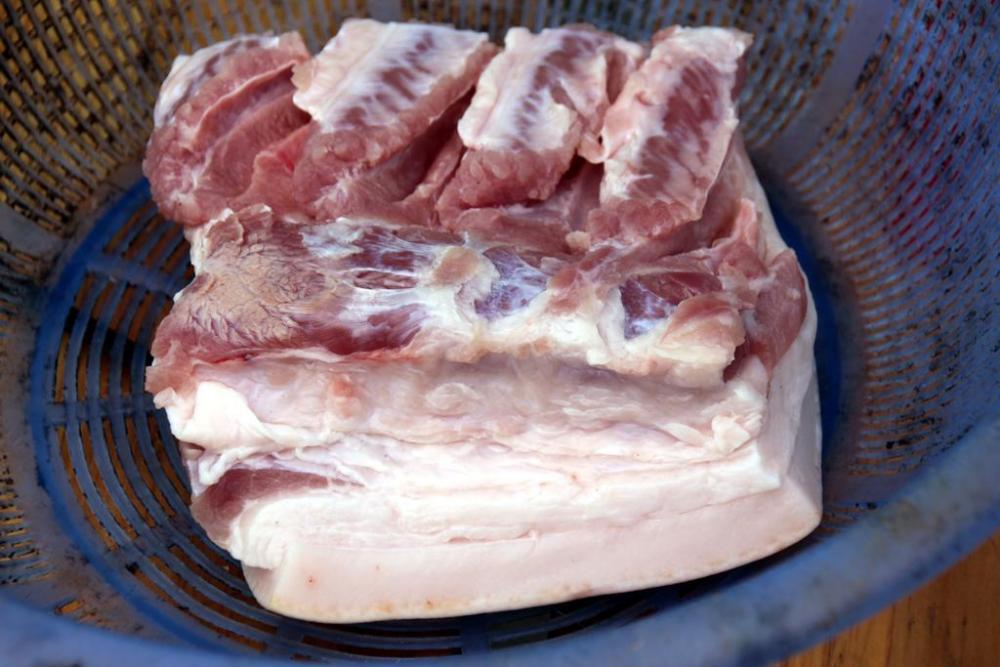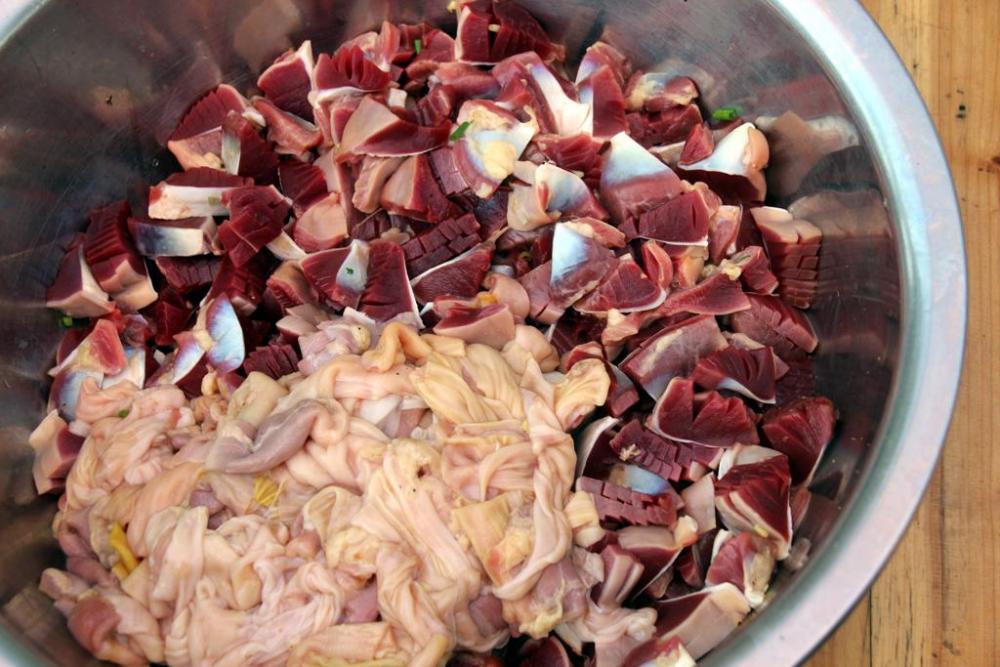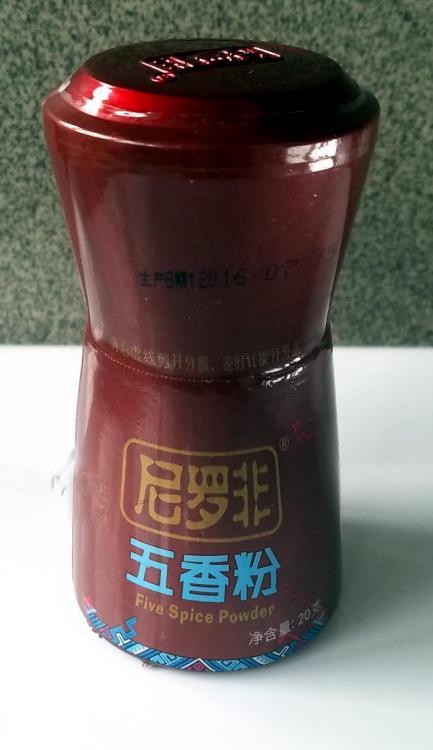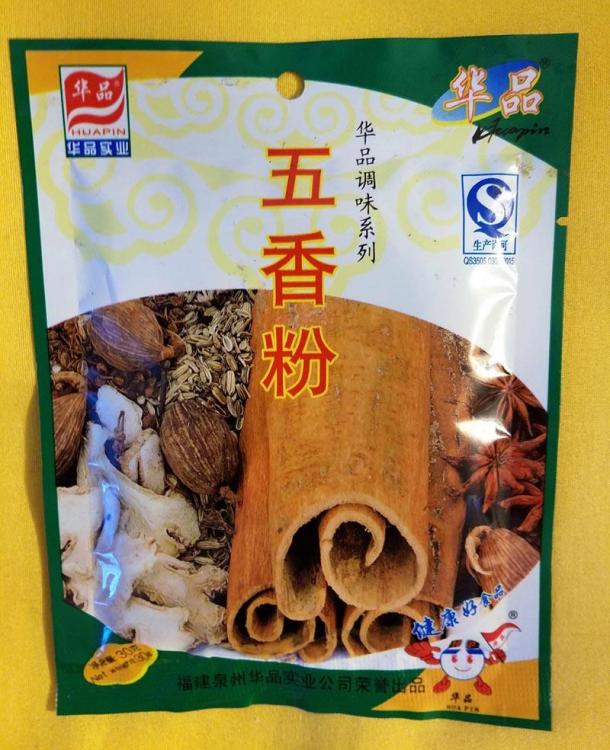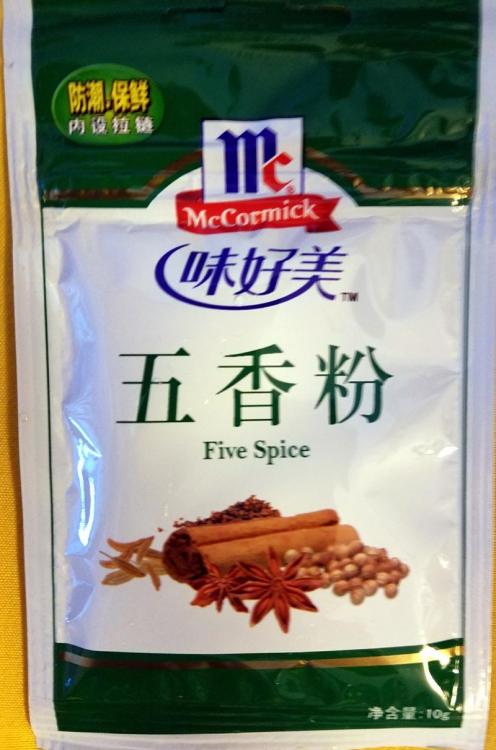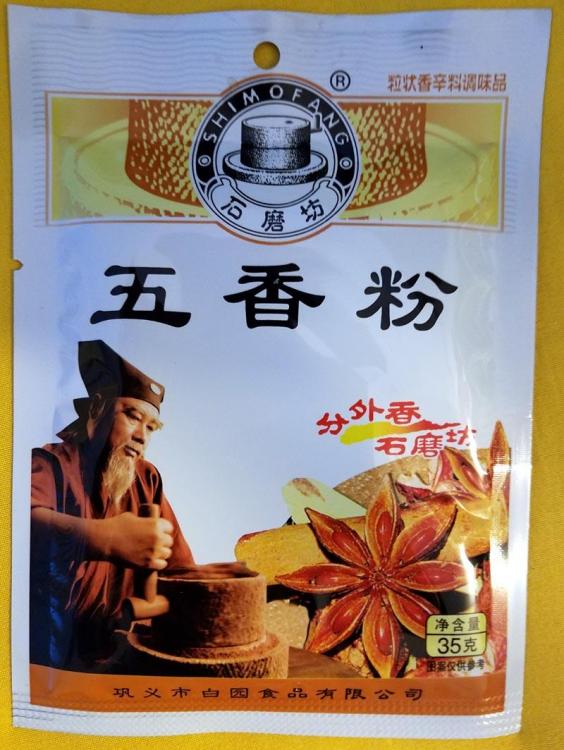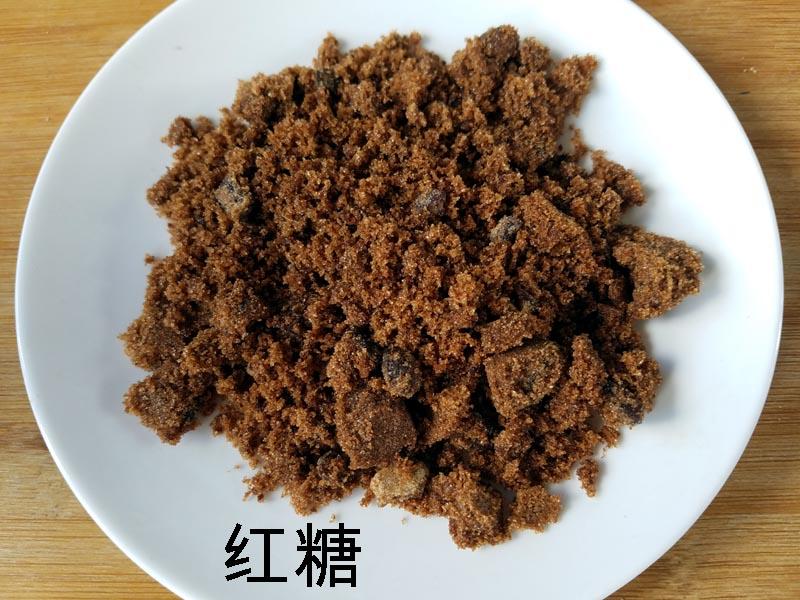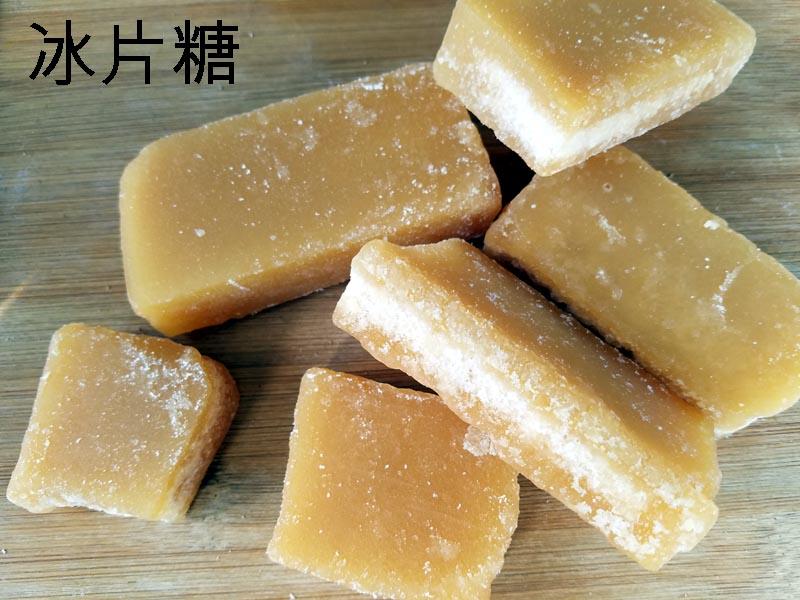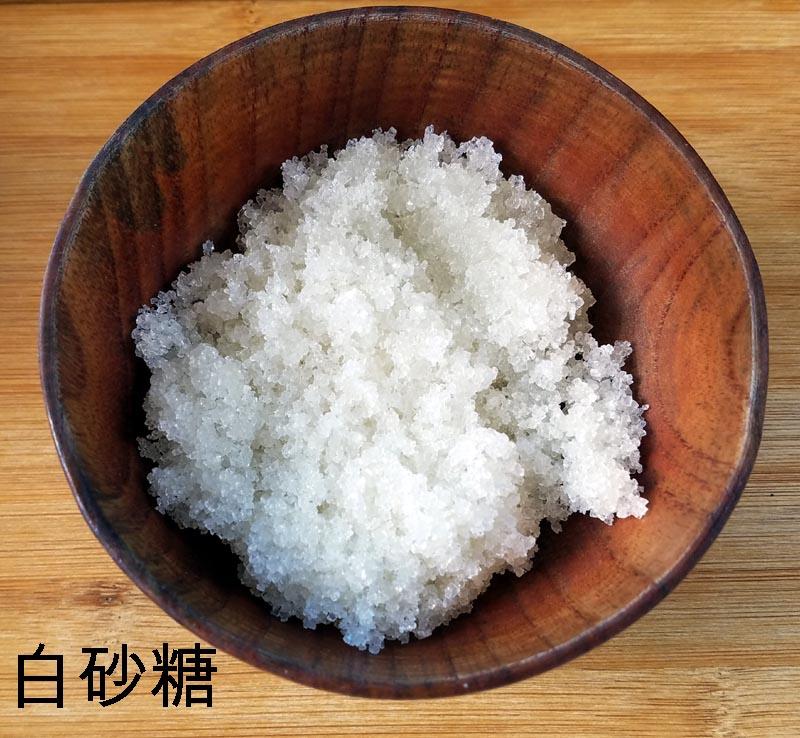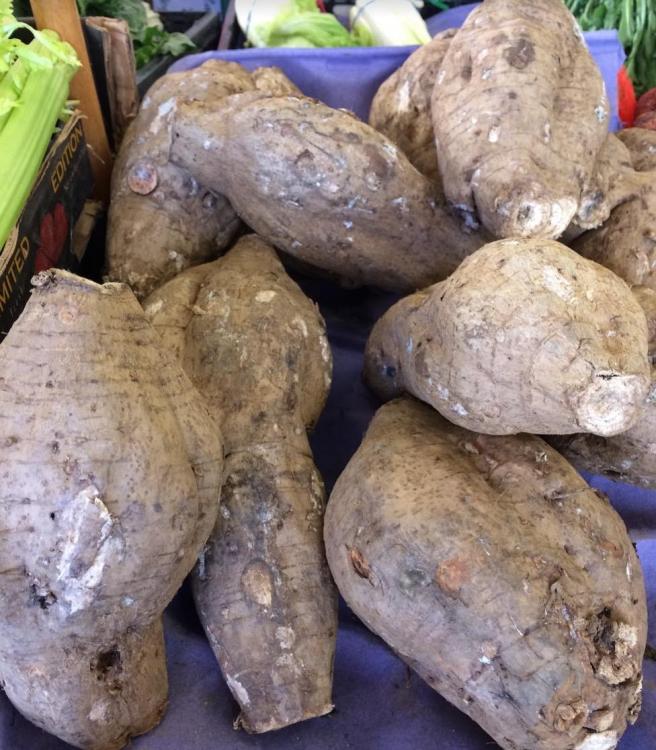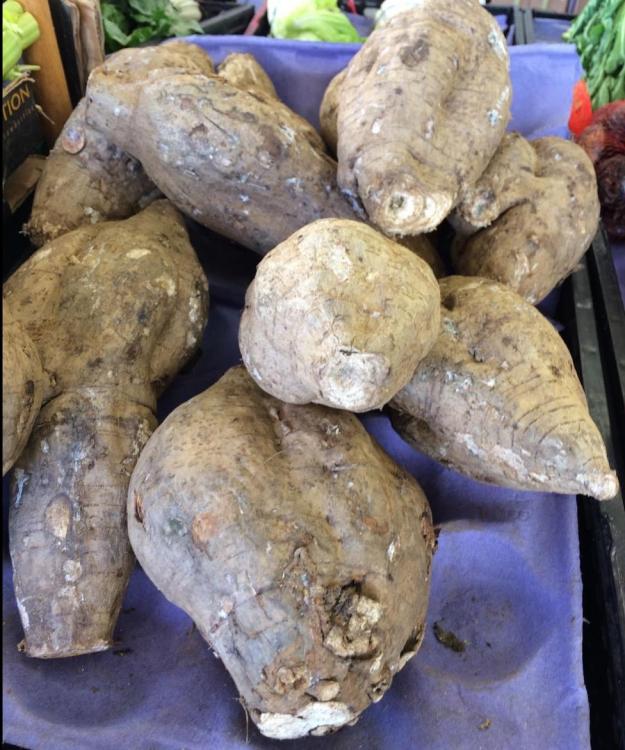Search the Community
Showing results for tags 'Chinese'.
-
I know a few people here know her already, but for those that don't, she is simply the best creator of Chinese food and rural life videos. It's not what you will find in your local Bamboo Hut! It's what Chinese people eat! Here is her latest, posted today. This is what all my neighbours are doing right now in preparation for Spring Festival (Chinese New Year to the Lantern Festival 15 days later), although few are doing it as elegantly as she does! Everything she posts is worth watching if you have any interest in food.
-
This arose from this topic, where initially @Anna N asked about tea not being served at the celebratory meal I attended. I answered that it is uncommon for tea to be served with meals (with one major exception). I was then asked for further elucidation by @Smithy. I did start replying on the topic but the answer got longer than I anticipated and was getting away from the originally intended topic about one specific meal. So here were are.. I'd say there are four components to tea drinking in China. a) When you arrive at a restaurant, you are often given a pot of tea which people will sip while contemplating the menu and waiting for other guests to arrive. Dining out is very much a group activity, in the main. When everyone is there and the food dishes start to arrive the tea is nearly always forgotten about. The tea served like this will often be a fairly cheap, common brand - usually green. You also may be given a cup of tea in a shop if your purchase is a complicated one. I recently bought a new lap top and the shop assistant handed me tea to sip as she took down the details of my requirements. Also, I recently had my eyes re-tested in order to get new spectacles. Again, a cup of tea was provided. Visit someone in an office or have a formal meeting and tea or water will be provided. b) You see people walking about with large flasks (not necessarily vacuum flasks) of tea which they sip during the day to rehydrate themselves. Taxi drivers, bus drivers, shop keepers etc all have their tea flask. Of course, the tea goes cold. I have a vacuum flask, but seldom use it - not a big tea fan. There are shops just dedicated to selling the drinks flasks. c) There has been a recent fashion for milk tea and bubble tea here, two trends imported from Hong Kong and Taiwan respectively. It is sold from kiosks and mainly attracts younger customers. McDonald's and KFC both do milk and bubble teas. Bubble and Milk Tea Stall And Another And another - there are hundreds of them around! McDonald's Ice Cream and Drinks Kiosk. McDonald's Milk Tea Ad d) There are very formal tea tastings and tea ceremonies, similar in many ways to western wine tastings. These usually take place in tea houses where you can sample teas and purchase the tea for home use. These places can be expensive and some rare teas attract staggering prices. The places doing this pride themselves on preparing the tea perfectly and have their special rituals. I've been a few times, usually with friends, but it's not really my thing. Below is one of the oldest serious tea houses in the city. As you can see, they don't go out of their way to attract custom. Their name implies they are an educational service as much as anything else. Very expensive! Tea House Supermarkets and corner shops carry very little tea. This is the entire tea shelving in my local supermarket. Mostly locally grown green tea. Local Guangxi Tea The most expensive in the supermarket was this Pu-er Tea (普洱茶 pǔ ěr chá) from Yunnan province. It works out at ¥0.32per gram as opposed to ¥0.08 for the local stuff. However, in the tea houses, prices can go much, much higher!
-
Today, I was honoured to be invited to lunch in a relatively nearby Miao village, where they were celebrating their good harvest. Before we could eat we were entertained by the some of the villagers. These women sang to us. Some men played their traditional Lusheng instruments. Then they had a tug-of war between the men and the women. The women won (but there were twice as many women as men!) Most people just hung around looking good in their best leisure wear. Finally, we were seated at a table, but before we could eat, we had to toast each other. These were some of my table companions. Old friends. Each table was furnished with two dips. On the left chilli, coriander/cilantro, Chinese chives in soy and sesame oil. On the right, duck's blood with chilli. Kou Rou - Roasted, then steamed pork belly and taro. Chicken If not this chap I had met earlier, then one of his relations. Chicken and duck giblets stir-fried with vegetables. Duck - Note beak on left so you are sure what you are eating. Deep fried carp Steamed Shrimp Water Spinach People watching people eating! Neighbouring Table All very amusing
-
I have just returned home after four days (three nights) in Guilin. This was a business trip, so no exotic tales this time. Just food. Anyway, despite its reputation, Guilin is actually a rather dull city for the most part - anything interesting lies outside the city in the surrounding countryside. I was staying in the far east of the city away from the rip-off tourist hotels and restaurants and spent my time with local people eating in normal restaurants. I arrived in Wednesday just in time for lunch. LUNCH WEDNESDAY We started with the obligatory oil tea. Oil Tea Omelette with Chinese Chives Stir-fried Mixed Vegetables Sour Beef with Pickled Chillies Cakes* Morning Glory / Water Spinach** * I asked what the cakes were but they got rather coy when it came to details. It seems these are unique to this restaurant. ** The Chinese name is 空心菜 kōng xīn cài, which literally means 'empty heart vegetable', describing the hollow stems.
-
Hello all, I need help figuring out which part of the sichuan peppercorns I bought to use. From what I've read, I think I'm supposed to use the hulls rather than the black seeds. Toast the hulls and grind them up, correct? This is for use in my fave dish, mapo tofu. Thanks for your help! (Well, that didn't work. I guess I don't know how to upload a photo. Nuts. Maybe I don't need a photo? Maybe just tell me whether to use the hulls or the black seeds, or both?)
-
While there have been other Chinese vegetable topics in the past, few of them were illustrated And some which were have lost those images in various "upgrades". What I plan to do is photograph every vegetable I see and say what it is, if I know. However, this is a formidable task so it'll take time. The problem is that so many vegetables go under many different Chinese names and English names adopted from one or other Chinese language, too. For example, I know four different words for 'potato' and know there are more. And there are multiple regional preference in nomenclature. Most of what you will see will be vegetables from supermarkets, where I can see the Chinese labelling. In "farmer's" or wet markets, there is no labelling and although, If I ask, different traders will have different names for the same vegetable. Many a time I've been supplied a name, but been unable to find any reference to it from Mr Google or his Chinese counterparts. Or if I find the Chinese, can't find an accepted translation so have to translate literally. Also, there is the problem that most of the names which are used in the English speaking countries have, for historical reasons, been adopted from Cantonese, whereas 90% of Chinese speak Mandarin (普通话 pǔ tōng huà). But I will do my best to supply as many alternative names as I can find. I shall also attempt to give Chinese names in simplified Chinese characters as used throughout mainland China and then in traditional Chinese characters, now mainly only used in Hong Kong, Taiwan and among much of the Chinese diaspora. If I only give one version, that means they are the same in Simp and Trad. I'll try to do at least one a day. Until I collapse under the weight of vegetation. Please, if you know any other names for any of these, chip in. Also, please point out any errors of mine. I'll start with bok choy/choy. This is and alternatives such as pak choi or pok choi are Anglicised attempts at the Cantonese pronunciation of the Mandarin! However in Cantonese it is more often 紹菜; Jyutping: siu6 coi3. In Chinese it is 白菜. Mandarin Pinyin 'bái cài'. This literally means 'white vegetable' but really just means 'cabbage' and of course there are many forms of cabbage. Merely asking for bái cài in many a Chinese store or restaurant will be met with blank stares and requests to clarify. From here on I'm just going to translate 白菜 as 'cabbage'. So, here we go. Brassica rapa subsp. pekinensis This is what you may be served if you just ask for baicai. Or maybe not. In much of China it is 大白菜 dà bái cài meaning 'big cabbage'. In English, usually known as Napa or Nappa cabbage from the Japanese word, 菜っ葉, officially transliterated nabba, in English, Chinese cabbage, celery cabbage, Chinese leaf, etc. In Chinese, alternative names include 结球白菜 / 結球白菜 ( jié qiú bái cài ), literally knotted ball cabbage, but there are many more. This cabbage is also frequently pickled and becomes known as 酸菜 (Mand: suān cài; Cant: syun1 coi3) meaning 'sour vegetable', although this term is also used to refer to pickled mustard greens. Pickled cabbage. In 2016, a purple variety of napa cabbage was bred in Korea and that has been introduced to China as 紫罗兰白菜 (zǐ luó lán bái cài) - literally 'violet cabbage'. Purple Napa (Boy Choy)
-
It is possibly not well-known that China has some wonderful hams, up there with the best that Spain can offer. This lack of wide knowledge, at least in the USA, is mainly down to regulations forbidding their importation. However, for travellers to China and those in places with less restrictive policies, here are some of the best. This article from the WSJ is a good introduction to one of the best - Xuanwei Ham 宣威火腿 (xuān wēi huǒ tuǐ) from Yunnan province. This Ingredient Makes Everything Better I can usually obtain Xuanwei ham here around the Chinese New Year/Spring Festival, but I also have a good friend who lives in Yunnan who sends me regular supplies. The article compares it very favourably with jamon iberico, a sentiment with which I heartily agree. Xuanwei Ham Xuanwei Ham more coming soon.
-
I have just returned home to China from an almost two week trip to Ho Chi Minh City (Saigon), Vietnam. To get there I first travelled by train to the provincial capital, Nanning. The local airport only does domestic flights, whereas there are direct flights from Nanning. The flight time required that I stay overnight at the Aviation Hotel in Nanning, from which there is a regular direct bus to the airport. The trip to Nanning is about an hour and a half and passes through some nice karst scenery. After booking into the hotel, I set off for my favourite Nanning eating destination. Zhongshan Night market is a well known spot and very popular with the locals. I had forgotten that it was a local holiday - the place is always busy, but that night it was exceptionally so. It consists of one long street with hundreds of stalls and is basically a seafood market, although there are a few stalls selling alternatives. Filled myself with seafood (and some of that blood sausage above), slept soundly and, next morning, flew to Ho Chi Minh City. The rest of my trip can be seen here:
-
Years ago, when I visited Tokyo, I ate in a small but fascinating restaurant called 'It's Vegetable' which is now, unfortunately, closed. The chef was from Taiwan, and he made Buddhist vegetarian and vegan dishes that resembled meat. During my visit, several monks wearing robes stopped in to eat dinner. The dishes were pretty amazing. I understood some of them, like using seitan to mimic chicken in stir fry dishes, others used tofu products like yuba, but, others were complex and obviously difficult. One very notable dish we enjoyed was a large 'fish' fillet designed to serve several people. It had a 'skin' made of carefully layered 'scales' cut from nori and attached to the surface. Inside, the white 'flesh' flaked and tasted much like a mild fish. Anyway, apparently Buddhist fake meat meals are very popular in Taiwan and many places, cheap through to fine dining serve them. Yes, if I worked on it for a while, I could probably refine one or two dishes on my own, but, I am wondering if there's a Modernist Cuisine type cookbook for skillfully making these mock meats from scratch? (I have heard that some items are commercially made and available frozen there, much like soy-based burgers are in the US.) I am willing to try almost any offering, even if it's entirely in Chinese. And, I know how to use remailers to purchase regional items from the various local retailers worldwide who do not ship to the US.
-
Wowotou buns ( 窝窝头 wō wō tóu), also known more simply as wō tóu are originally from northern China. The name means "nest" and they come in many forms. These are the ones I use. As you can see, they are usually stuffed with whatever the cook decides. These are stuffed with spicy pork and pickled greens, but I've also served them with a seafood stuffing. This is the recipe I usually use. 窝窝头 350 grams all-purpose/plain flour 150 grams black soya bean flour 3 grams instant yeast 260 grams milk Mix the flours well, dissolve the yeast in the milk and stir into the flour until a dough forms. Knead the dough until smooth. Cover with plastic wrap and leave in a warm place until double in size. Sprinkle flour on the chopping board, knead the dough, adding more flour if too wet. until all air is expelled and the dough has a smooth surface. Form the dough into six even-sized balls and rub between the palms until smooth and round. Flatten slightly, then use your thumb to press the dough into a nest shape. Steam covered for 30-35 minutes. Note: The flours used vary a lot. Corn or sorghum flours are very popular, but I don't like corn and sorghum isn't the easiest to find here in southern China. Use what you like, but the overall quantity for this recipe should be 500 grams. It has been suggested that pure corn flour is too sticky, so probably best to mix it with regular wheat flour. They freeze well. Recipe adapted from 念念不忘的面食 by 刘哲菲 (Unforgettable Wheat Foods by Liu Zhefei). This isn't a direct translation, but retelling of the gist. Any errors are mine. Not Ms. Liu's.
-
Today is 元宵 yuán xiāo, the Lantern Festival marking the 15th day of the first lunar month and the last day of the Spring Festival (春节 chūn jié) which begins with the Chinese New Year on the 1st of the lunar month. Today is the day for eating 汤圆 tāng yuán, sweet glutinous rice balls. I was invited to take part in a celebration ceremony this morning in what is considered to be the city's most beautiful park. I half agree. It lies in the south of the city, surrounded by karst hill formations, but for me, the park itself is over-manicured. I like a bit of wild. That said, there are said to be around 700 species of wildlife, but most of that is on the inaccessible hills. There are pony rides for the kids and some of the locals are a bit on the wild side. Park Entrance Karst Hill Although the park has beautiful flower displays and great trees, what I love most is the bamboo. Such a beautiful plant and so useful. They had also hung the traditional red lanterns on some of the trees. The main reason for us to be there was to be entertained by, at first, these three young men who bizarrely welcomed us with a rendition of Auld Lang Syne played on their bamboo wind instruments - I forget what they are called. They are wearing the traditional dress of the local Zhuang ethnic minority. Then some local school kids sang for us and did a short play in English. Clap, clap, clap. Then on to the main event. We were asked to form groups around one of four tables looking like this. Appetising, huh? What we have here at top is a dough made from glutinous rice flour. Then below black sesame paste and ground peanut paste. We are about to learn to make Tangyuan, glutinous rice balls. Basically you take a lump of dough, roll it into a ball, then flatten it, then form a cup shape. add some of each or either of the two pastes and reform the ball to enclose the filling. Simple! Maybe not. Some of us were more successful than others These are supposed to be white, but you can see the filling - not good; its like having egg showing all over the outside of your scotch eggs. Modesty Shame prevents me telling you which were mine. At least one person seemed to think bigger is better! No! They are meant to be about an inch in diameter. Sometimes size does matter! Finally the balls we had made were taken away to be boiled in the park's on-site restaurant. What we were served were identically sized balls with no filling showing. They are served in this sweet ginger soup. The local pigs probably had ours for lunch. The orange-ish and purplish looking ones are made in the same way, but using red and black glutinous rice instead. Fun was had, which was the whole point.
-
Today is 小年 (xiǎo nián) which literally means 'little [new] year', but is something more. It takes place approximately a week before Chinese New Year (February 16th this time round - Year of the Dog) and is the festival for the Kitchen God In traditional animist Chinese thought, there is a god for everything and the kitchen god is responsible for all aspects of, you guessed, the kitchen. Once a year (today), the kitchen god pops back to report to the god of heaven on the happenings of the last 12 months. Therefore we have to placate him so he makes a good report. My neighbours are busy preparing offerings of sticky rice and assorted sugary confections for the god, so that when he eats them, his teeth and lips will stick together and he will be unable to report any bad behaviour. An alternative theory suggest the sugary stuff will sweeten his words. Then we'll be OK for another year! This is the fellow
-
Note: This follows on from the Munching with the Miao topic. The three-hour journey north from Miao territory ended up taking four, as the driver missed a turning and we had to drive on to the next exit and go back. But our hosts waited for us at the expressway exit and led us up a winding road to our destination - Buyang 10,000 mu tea plantation (布央万亩茶园 bù yāng wàn mǔ chá yuán) The 'mu' is a Chinese measurement of area equal to 0.07 of a hectare, but the 10,000 figure is just another Chinese way of saying "very large". We were in Sanjiang Dong Autonomous County, where 57% of the inhabitants are Dong. The Dong people (also known as the Kam) are noted for their tea, love of glutinous rice and their carpentry and architecture. And their hospitality. They tend to live at the foot of mountains, unlike the Miao who live in the mid-levels. By the time we arrived, it was lunch time, but first we had to have a sip of the local tea. This lady did the preparation duty. This was what we call black tea, but the Chinese more sensibly call 'red tea'. There is something special about drinking tea when you can see the bush it grew on just outside the window! Then into lunch: Chicken Soup The ubiquitous Egg and Tomato Dried fish with soy beans and chilli peppers. Delicious. Stir fried lotus root Daikon Radish Rice Paddy Fish Deep Fried in Camellia Oil - wonderful with a smoky flavour, but they are not smoked. Out of Focus Corn and mixed vegetable Fried Beans Steamed Pumpkin Chicken Beef with Bitter Melon Glutinous (Sticky) Rice Oranges The juiciest pomelo ever. The area is known for the quality of its pomelos. After lunch we headed out to explore the tea plantation. Interspersed with the tea plants are these camellia trees, the seeds of which are used to make the Dong people's preferred cooking oil. As we climbed the terraces we could hear singing and then came across this group of women. They are the tea pickers. It isn't tea picking time, but they came out in their traditional costumes to welcome us with their call and response music. They do often sing when picking. They were clearly enjoying themselves. And here they are: After our serenade we headed off again, this time to the east and the most memorable meal of the trip. Coming soon.
-
Last week, Liuzhou government invited a number of diplomats from Laos, Malaysia, Indonesia, Myanmar/Burma, Poland, and Germany to visit the city and prefecture. They also invited me along as an additional interpreter. We spent Tuesday, Wednesday and Thursday introducing the diplomats to the culture of the local ethnic groups and especially to their food culture. First off, we headed two hours north into the mountains of Rongshui Miao Autonomous County. The Miao people (苗族 miáo zú), who include the the Hmong, live in the mid-levels of mountains and are predominantly subsistence farmers. Our first port of call was the county town, also Rongshui (融水 róng shuǐ, literal meaning: Melt Water) where we were to have lunch. But before lunch we had to go meet some people and see their local crafts. These are people I know well from my frequent work trips to the area, but for the diplomats, it was all new. So, I had to wait for lunch, and I see no reason why you shouldn't either. Here are some of the people I live and work with. This lovely young woman is wearing the traditional costume of an unmarried girl. Many young women, including her, wear this every day, but most only on festive occasions. Her hat is made from silver (and is very heavy). Here is a closer look. Married women dispense with those gladrags and go for this look: As you can see she is weaving bamboo into a lantern cover. The men tend to go for this look, although I'm not sure that the Bluetooth earpiece for his cellphone is strictly traditional. The children don't get spared either This little girl is posing with the Malaysian Consul-General. After meeting these people we went on to visit a 芦笙 (lú shēng) workshop. The lusheng is a reed wind instrument and an important element in the Miao, Dong and Yao peoples' cultures. Then at last we headed to the restaurant, but as is their custom, in homes and restaurants, guests are barred from entering until they go through the ritual of the welcoming cup of home-brewed rice wine. The consular staff from Myanmar/Burma and Malaysia "unlock" the door. Then you have the ritual hand washing part. Having attended to your personal hygiene, but before entering the dining room, there is one more ritual to go through. You arrive here and sit around this fire and wok full of some mysterious liquid on the boil. On a nearby table is this Puffed rice, soy beans, peanuts and scallion. These are ladled into bowls. with a little salt, and then drowned in the "tea" brewing in the wok. This is 油茶 (yóu chá) or Oil Tea. The tea is made from Tea Seed Oil which is made from the seeds of the camellia bush. This dish is used as a welcoming offering to guests in homes and restaurants. Proper etiquette suggests that three cups is a minimum, but they will keep refilling your cup until you stop drinking. First time I had it I really didn't like it, but I persevered and now look forward to it. L-R: Director of the Foreign Affairs Dept of Liuzhou government, consuls-general of Malaysia, Myanmar, Laos. Having partaken of the oil tea, finally we are allowed to enter the dining room, where two tables have been laid out for our use. Let the eating, finally, begin. In no particular order: Steamed corn, taro and sweet potato Bamboo Shoots Duck Banana leaf stuffed with sticky rice and mixed vegetables and steamed. Egg pancake with unidentified greenery Stir fried pork and beans Stir fried Chinese banana (Ensete lasiocarpum) Pig Ears This may not look like much, but was the star of the trip. Rice paddy fish, deep fried in camellia tree seed oil with wild mountain herbs. We ate this at every meal, cooked with slight variations, but never tired of it. Stir fried Greens Our meal was accompanied by the wait staff singing to us and serving home-made rice wine (sweetish and made from the local sticky rice). Everything we ate was grown or reared within half a kilometre of the restaurant and was all free-range, organic. And utterly delicious. Roll on dinner time. On the trip I was designated the unofficial official photographer and ended up taking 1227 photographs. I just got back last night and was busy today, so I will try to post the rest of the first day (and dinner) as soon as I can.
-
We are all used to unami now. Maybe it's time to consider gan. Particularly found in teas, but also in other foods. An interesting article from a great magazine. Going, going gan
-
I’m an idiot. It’s official. A couple of weeks back, on another thread, the subject of celtuce and its leafing tops came up (somewhat off-topic). Someone said that the tops are difficult to find in Asian markets and I replied that I also find the tops difficult to find here in China. Nonsense. They are very easy to find. They just go under a completely different name from the stems – something which had slipped my very slippery mind. So, here on-topic is some celtuce space. First, for those who don’t know what celtuce is, let me say it is a variety of lettuce which looks nothing like a lettuce. It is very popular in southern mainland China and Taiwan. It is also known in English as stem lettuce, celery lettuce, asparagus lettuce, or Chinese lettuce. In Chinese it is 莴笋 wō sǔn or 莴苣 wō jù, although the latter can simply mean lettuce of any variety. Lactuca sativa var. asparagina is 'celtuce' for the technically minded. Those in the picture are about 40 cm (15.7 inches) long and have a maximum diameter of 5 cm (2 inches). The stems are usually peeled, sliced and used in various stir fries, although they can also be braised, roasted etc. The taste is somewhere between lettuce and celery, hence the name. The texture is more like the latter. The leafing tops are, as I said, sold separately and under a completely different name. They are 油麦菜 yóu mài cài. These taste similar to Romaine lettuce and can be eaten raw in salads. In Chinese cuisine, they are usually briefly stir fried with garlic until they wilt and served as a green vegetable – sometimes with oyster sauce. If you can find either the stems or leaves in your Asian market, I strongly recommend giving them a try.
-
“… and so it begins!” Welcome to “Tales from the Fragrant Harbour”! In the next couple of days I am hoping to take you to a little excursion to Hong Kong to explore the local food and food culture as well as maybe a little bit more about my personal culinary background. I hope I can give you a good impression of what life is like on this side of the globe and am looking very forward to answering questions, engaging in spirited discussions and just can share a bit of my everyday life with you. Before starting with the regular revealing shots of my fridge’s content and some more information on myself, I’d like to start this blog and a slightly different place. For today's night, I ‘d like to report back from Chiba city, close to Tokyo, Japan. It’s my last day of a three day business trip and it’s a special day here in Japan: “Doyou no ushi no hi”. The “midsummer day of the ox”, which is actually one of the earlier (successful) attempts of a clever marketing stunt. As sales of the traditional winter dish “Unagi” (grilled eel with sweet soy sauce) plummeted in summer, a clever merchant took advantage of the folk tale that food items starting with the letter “U” (like ume = sour plum and uri = gourd) dispel the summer heat, so he introduced “Unagi” as a new dish best enjoyed on this day. It was successful, and even in the supermarkets the sell Unagi-Don and related foods. Of course, I could not resist to take advantage and requested tonight dinner featuring eel. Thnaks to our kind production plant colleagues, I had what I was craving … (of course the rest of the food was not half as bad) Todays suggestion: Unagi (grilled eel) and the fitting Sake ! For starters: Seeweed (upper left), raw baby mackerel with ginger (upper right) and sea snails. I did not care for the algae, but the little fishes were very tasty. Sahimi: Sea bream, Tuna and clam ... Tempura: Shrimp, Okra, Cod and Mioga (young pickled ginger sprouts). Shioyaki Ayu: salt-grilled river fish. I like this one a lot. I particularly enjoy the fixed shape mimicking the swimming motion. The best was the tail fin Wagyu: "nuff said ... Gourd. With a kind of jellied Oden stock. Nice ! Unagi with Sansho (mountain pepper) So, so good. Rich and fat and sweet and smoky. I could eat a looooot of that ... Chawan Mushi:steamed egg custard. A bit overcooked. My Japanese hosts very surprised when I told them that I find it to be cooked at to high temperatures (causing the custard to loose it's silkiness), but they agreed. Part of the experience was of course the Sake. I enjoyed it a lot but whether this is the one to augment the taste of the Unagi I could not tell ... More Unagi (hey it's only twice per year) ... Miso soup with clams ... Tiramisu. Outside view of the restaurant. Very casual! On the way home I enjoyed a local IPA. Craft beer is a big thing in Japan at the moment (as probably anywhere else in the world), so at 29 oC in front of the train station I had this. Very fruity … When I came back to the hotel, the turn down service had made my bed and placed a little Origami crane on my pillow. You just have to love this attention to detail.
-
One of my local supermarkets recently installed a sesame seed pressing facility and is now producing sesame oil and sesame paste. Their equipment toasts and extracts the oil and the residue is turned into the paste. Of course, I bought some of each. I have only used the oil so far. It tastes and smells more intensely than any I have bought before. The aroma also seems to last longer in a dish. These are the white seed versions. They also do black seed oil and paste which I haven't bought yet. Neither has any brand label - only a bar code on the back so that the check-out staff can deal with it. I am sorely tempted to try this recipe from Carolyn Philips for celtuce with sesame oil, paste and seeds. I'll let you know how I get on with this or any other recipe. Suggestions welcome, as always.
-
Hey there all, I've made a million dumplings and I've done the "scrambled egg and chives" too. Both were great. But I'm still packing a load of Chinese chives and wondering what to do with them. A google search brought up a shrimp recipe but otherwise I'm drawing a bit of a blank. Does anybody have any good ideas for how to use these up? Many thanks
-
I think you’ll see in a moment why I didn’t just post this on the Lunch! topic. It was exceptional. An epic and it has been an epic sorting through the 634 photographs I took in about three hours. If I counted correctly, there are only 111 here. Like so many things, it came out of the blue. I was kind of aware that there was a Chinese holiday this week, but being self-semi-employed I am often a man of leisure and the holidays make little impact on my life. This one is in celebration of the Dragon Boat Festival (端午节 duān wǔ jié) and although it features nothing boat-like, it was festive and there is a dragon link. It started with this invitation which appeared on my WeChat (Chinese social media) account. Longtan (龙潭 lóng tán) means Dragon’s Pool and is more of a hamlet. It is about an hour’s drive north of Liuzhou city. I’d never heard of it and certainly never been there, but a friend of a friend had decided that a “foreign friend” would add just the right note to the planned event. I’ve seen many pictures of such “Long Table“ lunches and even attended one before – but this one was different and I was delighted to be invited. So, I was picked up outside my city centre home at 9 am and the adventure began. We arrived at the village at 9:45 to be met by the friend in question. He led me to what appeared to be the head man’s home, outside which was a large courtyard with a few men sitting at a trestle table seemingly finishing a breakfast of hot, meaty rice porridge washed down with beer or rice wine. I was offered a bowl of the porridge, but declined the beer or rice wine in favour of a cup of tea. After downing that and making introductions etc, I was left to wander around on my own watching all the activity. Rice Porridge Here goes. I'm posting these mostly in the order they were taken, in order to give some sense of how the event progressed. These two men were the undisputed kings of this venture, organising everyone, checking every detail, instructing less experienced volunteers etc. It was obvious these men had been working since the early hours. and their breakfast was a break in their toil. There were piles of still steaming cooked pork belly in containers all over the courtyard. Some of this had been the meat in the rice porridge, I learned. This young lad had been set to chopping chicken. Not one chicken! Dozens. Entrails, insides and fat were all carefully preserved. In the meantime, the two masters continued boiling their lumps of pork belly. This they refer to as 五花肉 - literally "five flower" pork", the five flowers being layers of skin, fat and meat. Another man was dealing with fish. Carp from the village pond. He scaled and cleaned them with his cleaver. Dozens of them. And all around, various preparations are being prepared. Peeling Garlic Gizzards and intestines. More Pork . You can see the five layers here. to be continued
-
The best Chinese food restaurant I have ever been to is a place called the Imperial Buffet in Aberdeen SD. Their General Tso's is unlike the Tso's anywhere else. The closes comparison I could make is the Orange Chicken at the Panda Garden only 3x better. Their Lo-Mein Noodles are done with the skill of a master Italian pasta chef & perfectly seasoned. They also used to do a mean fried squid. I say used to because they had it when I lived in Aberdeen from 02-04 but didn't when I visited in 15'. One of their other discontinued specialties was a dish advertised as 'Golden Fried Cauliflower'. Note, this was NOT a breaded product. The cauliflower was cooked as though it had been boiled perfectly. It was not greasy as I recall but was a golden orange color as was the sauce it was evidently cooked in. I never could identify the flavors in that sauce. I wish I could describe it better but it has been well over a decade since I had it. Is anyone familiar with it or something similar? I can't seem to find anything like it online & all my searches just bring up links to breaded deep-fried crap.
-
Host's note: this topic was moved from its original location in Japan: Cooking to China: Cooking because of information in the second post. I bought this because it looks like something I'd enjoy. A mix of grains (millet, oat, lentil, black rice, brown rice and others) but I'm not sure how to use it. My guess, based on the photo, is to add sticky rice - I'm thinking I could do it all in my rice cooker and I'm guessing at a 2:1 ratio on the brown rice setting. The photo is a rice cake so i wonder if I need to add sugar and liquid like sushi. Any better advice? [btw, I posted this in Japan Cooking but some of the text looks Korean and the product is from Taiwan so I have no idea.]
-
An old friend from England contacted me yesterday via Facebook with a couple of questions about Five Spice Powder. Thought there me be some interest here, too. Is there anything more typically Chinese than five spice powder (五香粉 - wǔ xiāng fěn)? Well, yes. A lot. Many years ago, I worked in an office overlooking London’s China town. By around 11 am, the restaurants started getting lunch ready and the smell of FSP blanketed the area for the rest of the day. When I moved to China, I didn’t smell that. Only when I first visited Hong Kong, did I find that smell again. In fact, FSP is relatively uncommon in most of Chinese cuisine. And if I ever see another internet recipe called “Chinese” whatever, which is actually any random food, but the genius behind it has added FSP, supposedly rendering it Chinese, I’ll scream. I get all sorts of smells wafting through the neighbourhood. Some mouth-watering; some horrifying. But I don't recall ever that they were FSP. But what is it anyway? Which five spices? Today, I bought four samples in four local supermarkets. I would have would have preferred five, but couldn’t find any more. It's not that popular. First thing to say: none of them had five spices. All had more. That is normal. Numbers in Chinese can often be vague. Every time you hear a number, silently added the word ‘about’ or ‘approximately’. 100 km means “far”, 10,000 means “many”. Second, while there are some common factors, ingredients can vary quite a bit. Here are my four. 1. Ingredients – 7 Star Anise, Fennel Seed, Orange Peel, Cassia Bark, Sand Ginger, Dried Ginger, Sichuan Peppercorns. 2. Ingredients – 6 Cassia Bark, Star Anise, Fennel Seed, Coriander, Sichuan Peppercorn, Licorice Root. 3. Ingredients – 15 Fennel Seeds, Sichuan Peppercorns, Coriander, Tangerine Peel, Star Anise, Chinese Haw, Cassia Bark, Lesser Galangal, Dahurian Angelica, Nutmeg, Dried Ginger, Black Pepper, Amomum Villosum, Cumin Seeds, Cloves. 4. Ingredients – 6 Pepper (unspecified – probably black pepper), Sichuan Peppercorns, Star Anise, Fennel Seeds, Nutmeg, Cassia. So, take your pick. They all taste and smell almost overwhelmingly of the star anise and cassia, although there are subtle differences in taste in the various mixes. But I don’t expect to find it in many dishes in local restaurants or homes. A quick, unscientific poll of about ten friends today revealed that not one has any at home, nor have they ever used the stuff! I'm not suggesting that FSP shouldn't be used outside of Chinese food. Please just don't call the results Chinese when you sprinkle it on your fish and chips or whatever. They haven't miraculously become Chinese! Like my neighbours and friends, I very rarely use it at all. In fact, I'd be delighted to hear how it is used in other cultures / cuisines.
-
Guangxi Zhuang Autonomous Region in southern China, where I live, is sugar central for the country. Over two-thirds of China's output of sugar is grown right here, making it one of the largest sugar production areas on the planet. I have a second home in the countryside and it is surrounded by sugar cane fields. Much of this is produced by small time farmers, although huge Chinese and international companies have also moved in. Also, sugar is used extensively in Chinese cooking, not only as a sweetener, but more as a spice. A little added to a savoury dish can bring out otherwise hidden flavours. It also has medicinal attributes according to traditional Chinese medicine. Supermarkets have what was to me, on first sight, a huge range of sugars, some almost unrecognisable. Here is a brief introduction to some of them. Most sugar is sold loose, although corner shops and mom 'n pop stores may have pre-packed bags. These are often labelled in English as "candy", the Chinese language not differentiating between "sugar" and "candy" - always a source of confusion. Both are 糖 (táng), IMPORTANT NOTE: The Chinese names given here and in the images are the names most used locally. They are all Mandarin Chinese, but it is still possible that other names may be used elsewhere in China. Certainly, non-Mandarin speaking areas will be different. By the far the simplest way to get your sugar ration is to buy the unprocessed sugar cane. This is not usually available in supermarkets but is a street vendor speciality. In the countryside, you can buy it at the roadside. There are also people in markets etc with portable juice extractors who will sell you a cup of pure sugar cane juice. I remember being baffled then amused when, soon after I first arrived in China, someone asked me if I wanted some 甘蔗 (gān zhè). It sounded exactly like 'ganja' or cannabis. No such luck! 甘蔗 (gān zhè) is 'sugar cane'. The most common sugar in the supermarkets seems to be 冰糖 (bīng táng) which literally means 'ice 'sugar' and is what we tend to call 'rock sugar' or 'crystal sugar'. This highly refined sugar comes in various lump sizes although the price remains the same no matter if the pieces are large or small. Around ¥7/500g. That pictured below features the smaller end of the range. Related to this is what is known as 冰片糖 (bīng piàn táng) which literally means "ice slice sugar". This is usually slightly less processed (although I have seen a white version, but not recently) and is usually a pale brown to yellow colour. This may be from unprocessed cane sugar extract, but is often white sugar coloured and flavoured with added molasses. It is also sometimes called 黄片糖 (huáng piàn táng) or "yellow slice sugar". ¥6.20/500g. A less refined, much darker version is known as 红片糖 (hóng piàn táng), literally 'red slice sugar'. (Chinese seems to classify colours differently - what we know as 'black tea' is 'red tea' here. ¥7.20/500g. Of course, what we probably think of as regular sugar, granulated sugar is also available. Known as 白砂糖 (bái shā táng), literally "white sand sugar', it is the cheapest at ¥3.88/500g. A brown powdered sugar is also common, but again, in Chinese, it isn't brown. It's red and simply known as 红糖 (hóng táng). ¥7.70/500g Enough sweetness and light for now. More to come tomorrow.
-
What is this root vegetable in the Asian markets please? Vietnamese use it for a dessert, Chinese use it for soup. It is not cassava or taro. Any insight into phonetic pronunciation, scientific name, cultivars, use, recipes, medicinal properties, etc would be appreciated.




